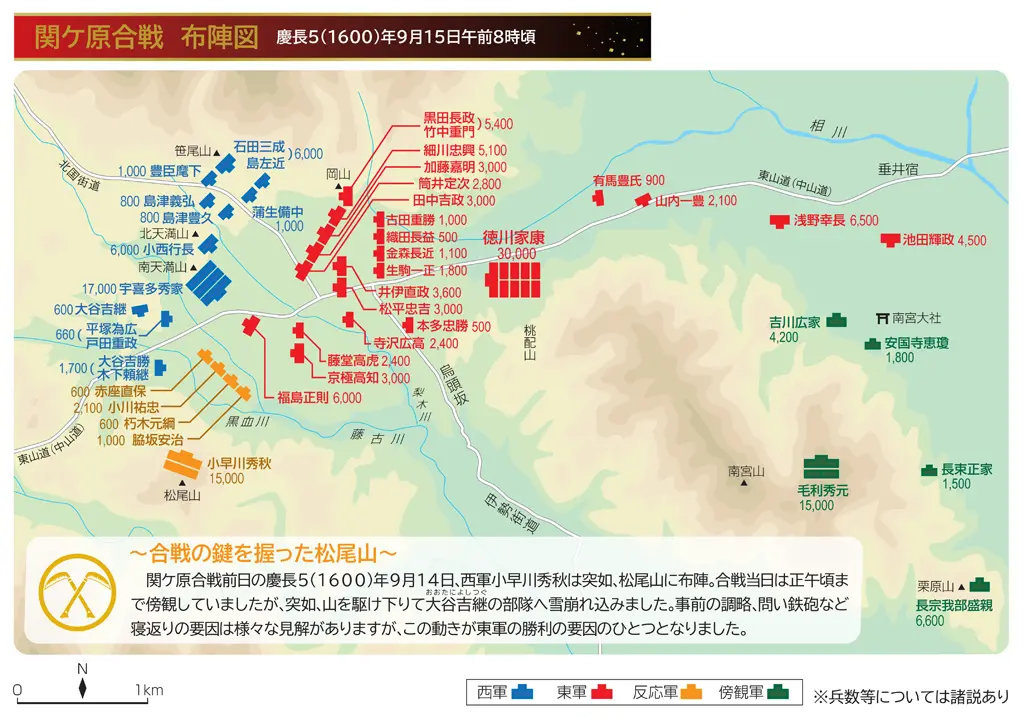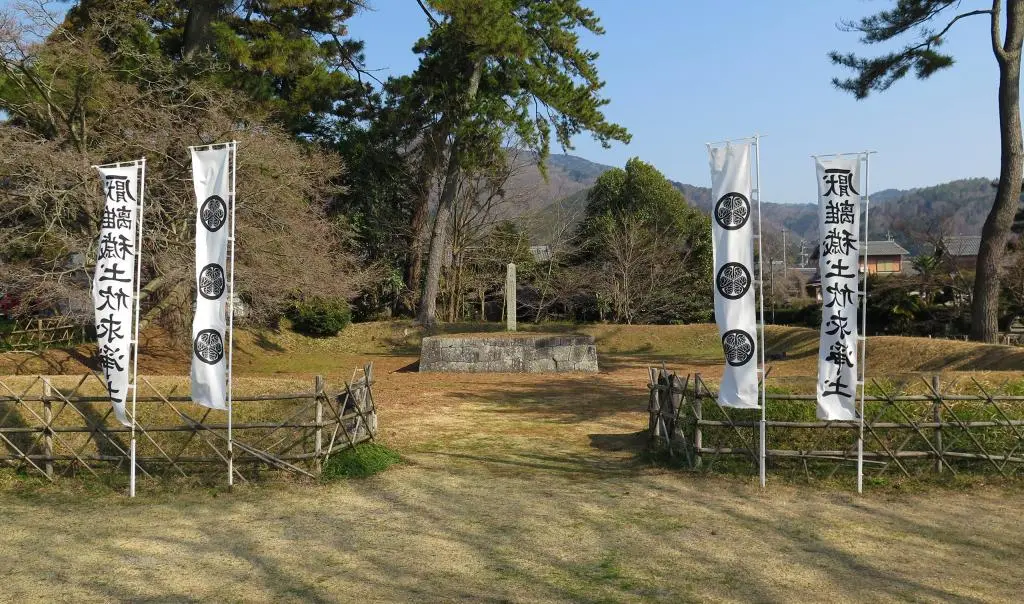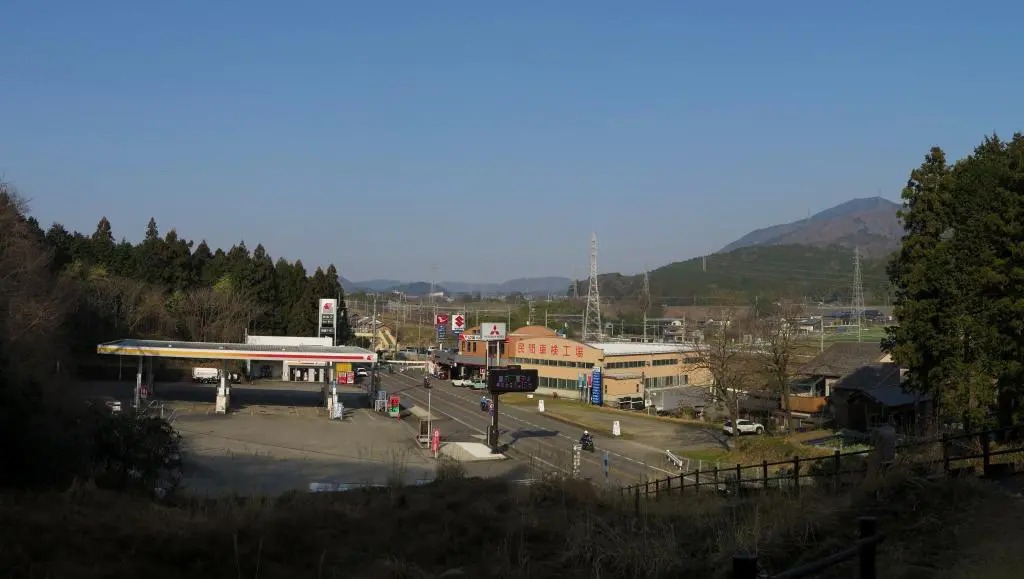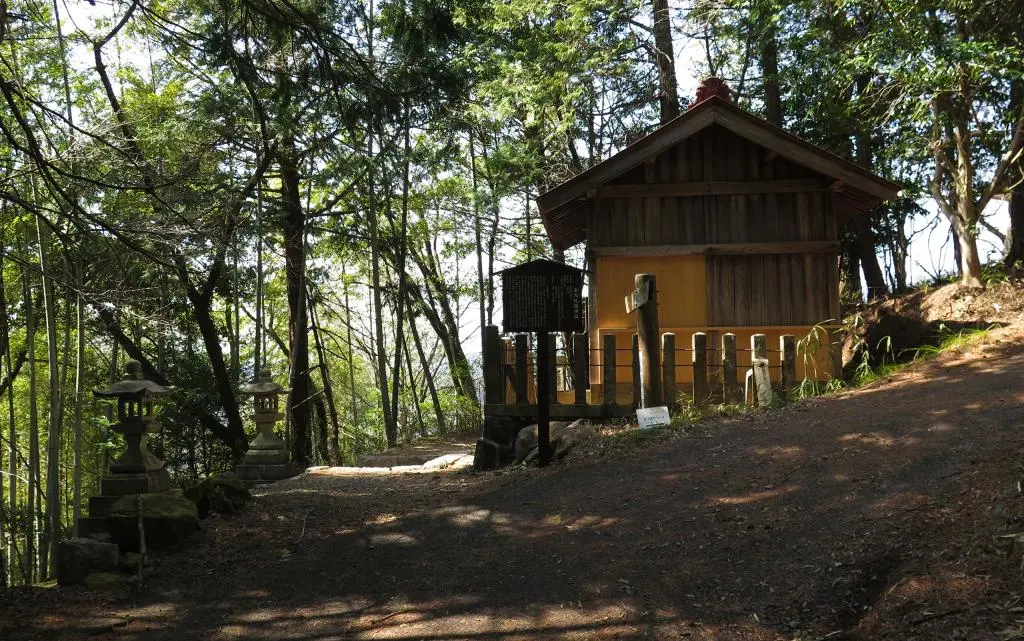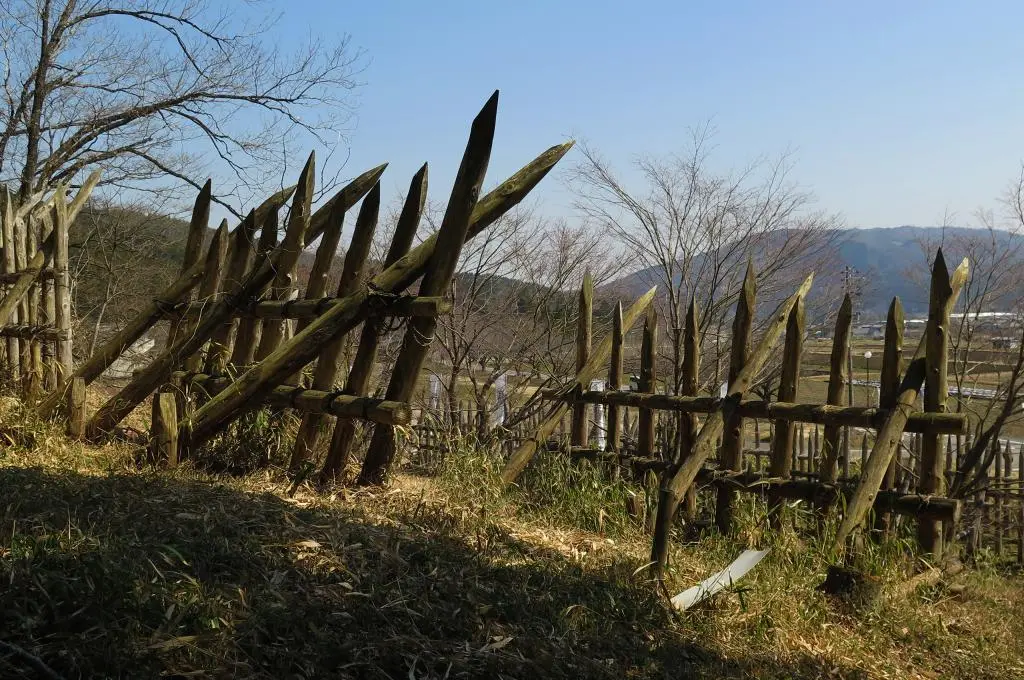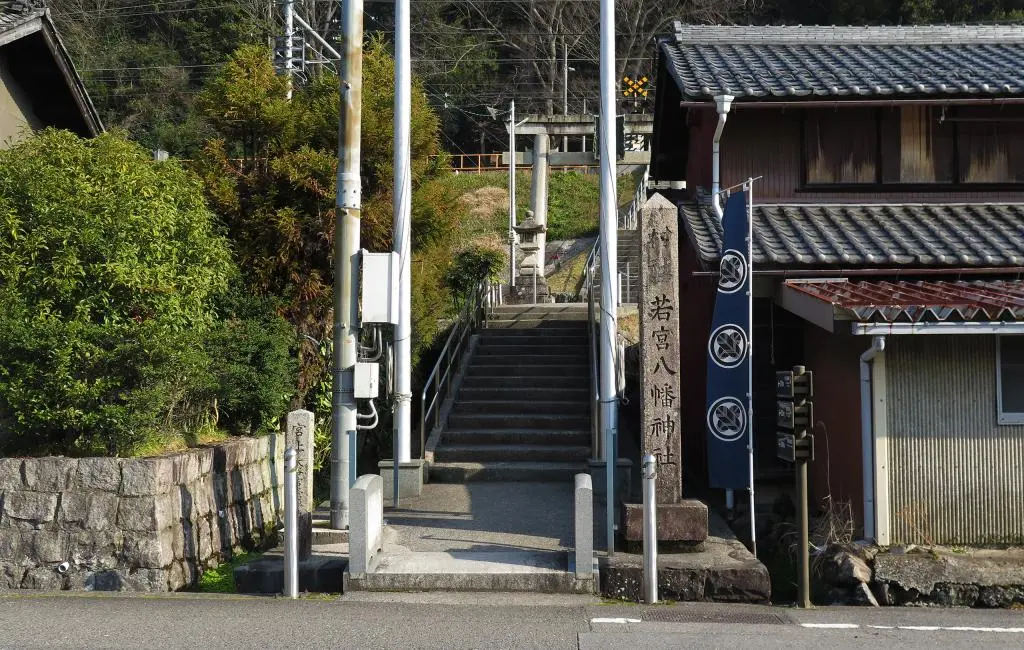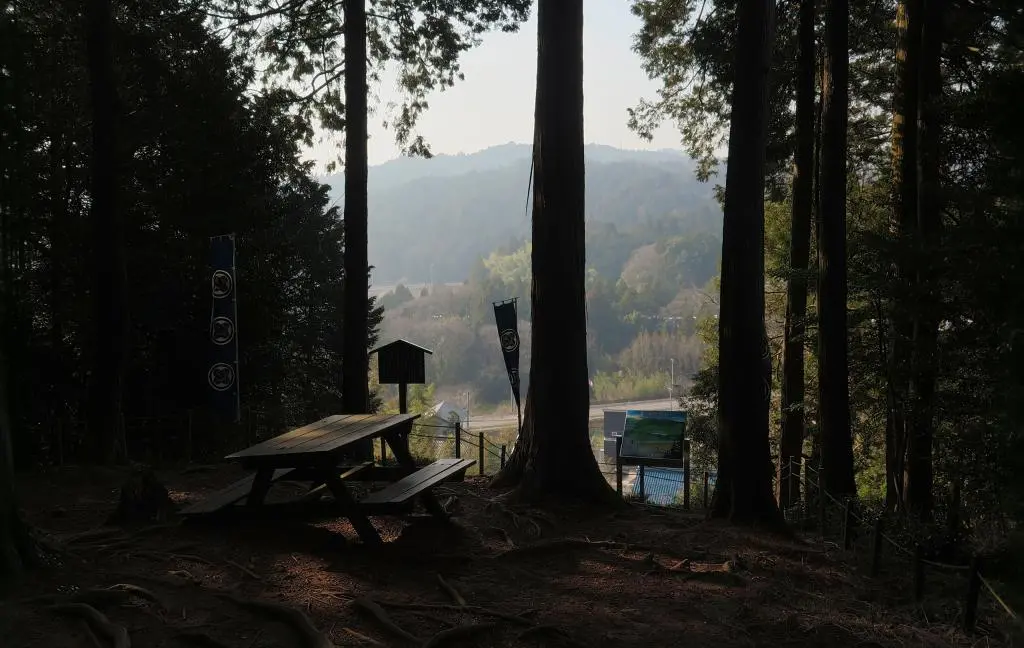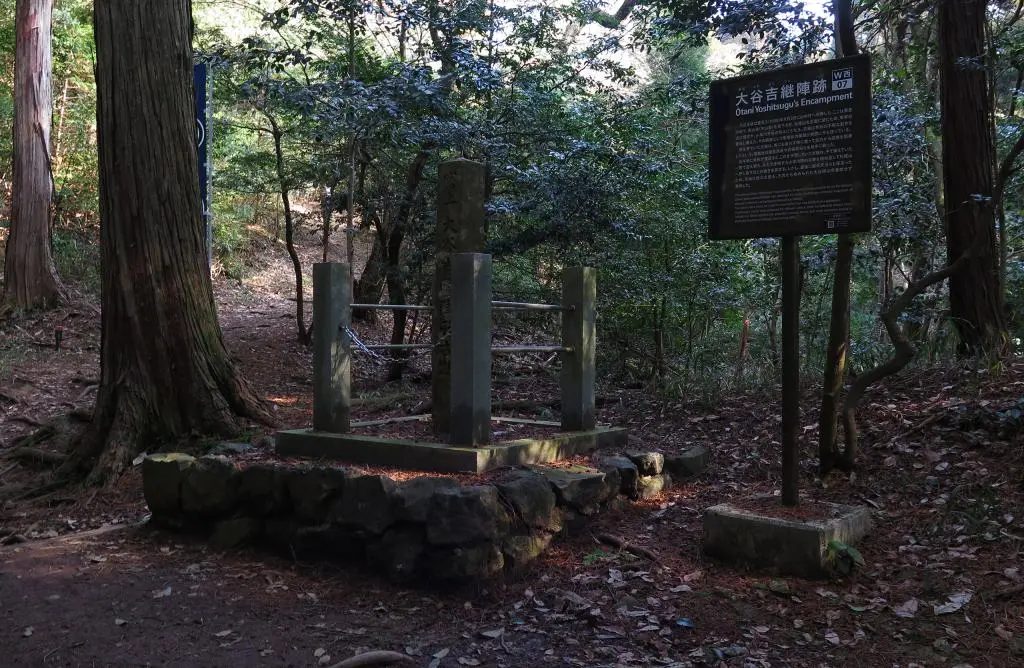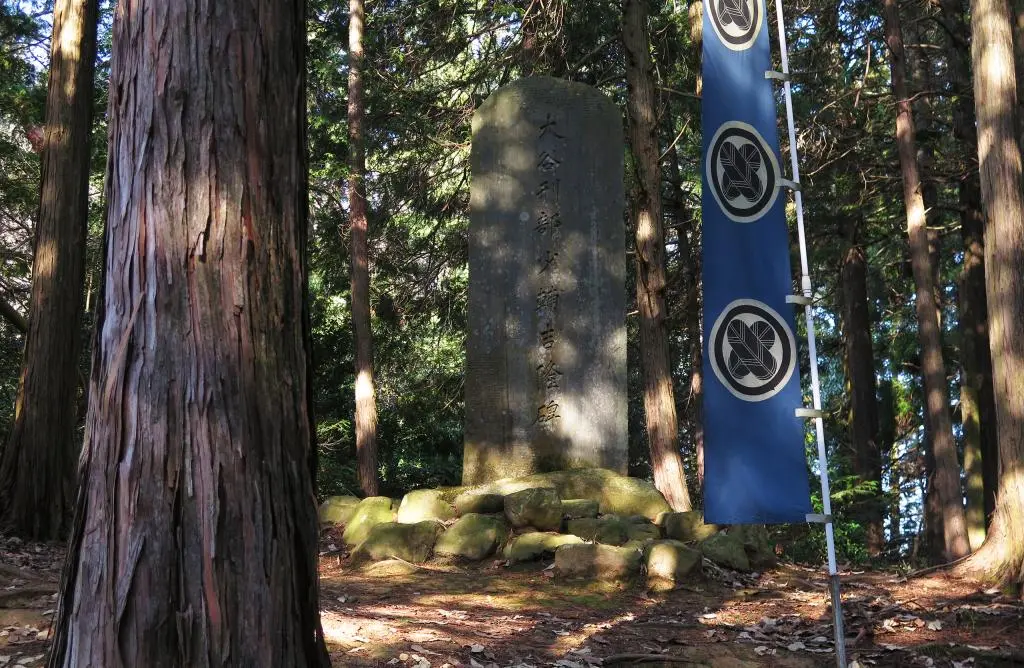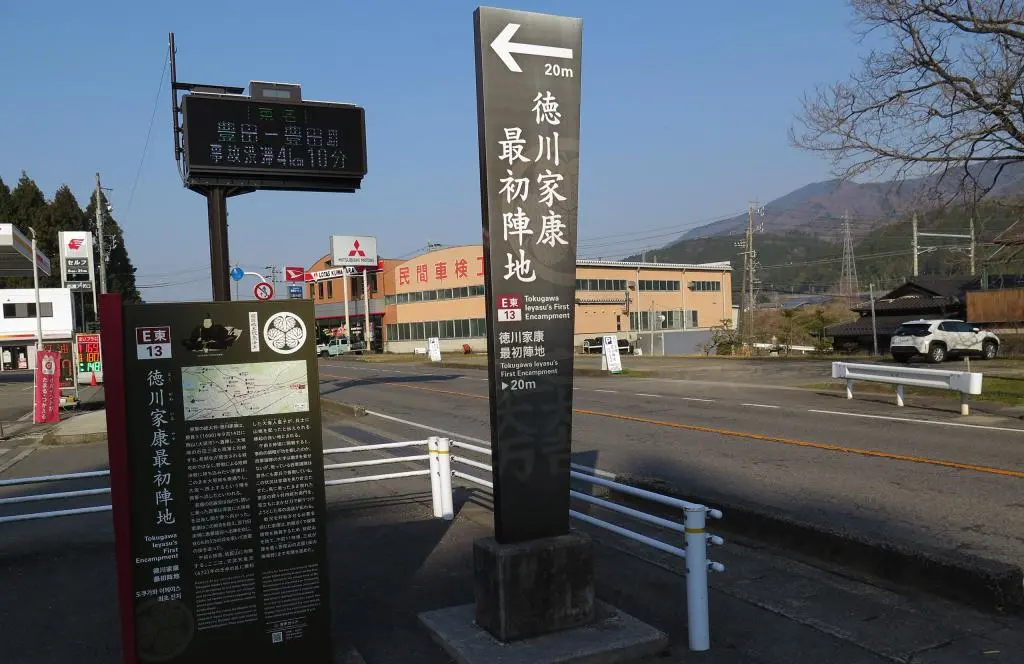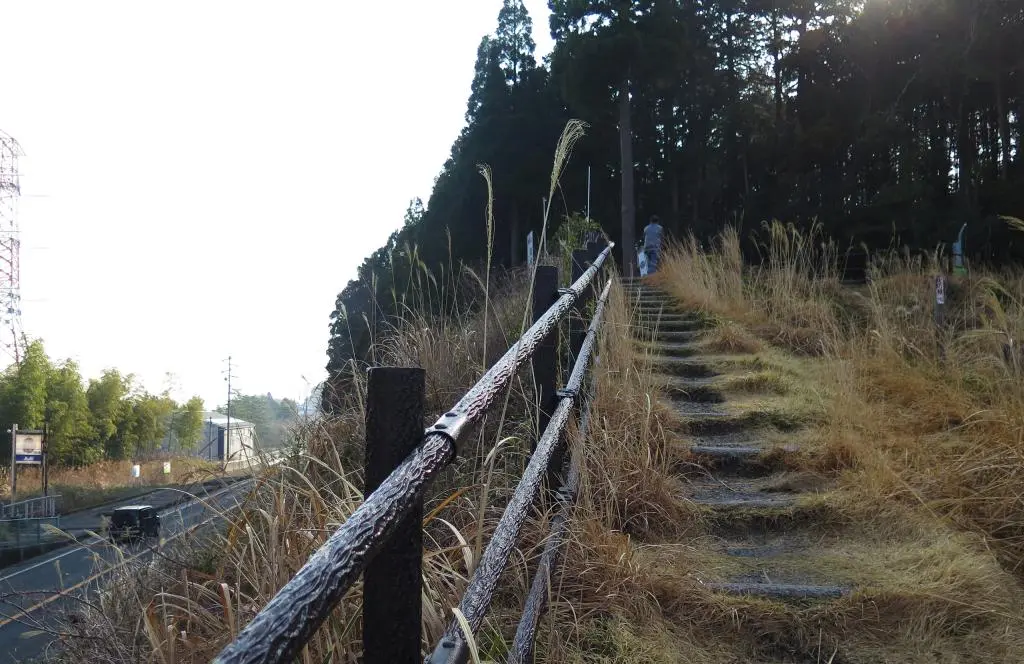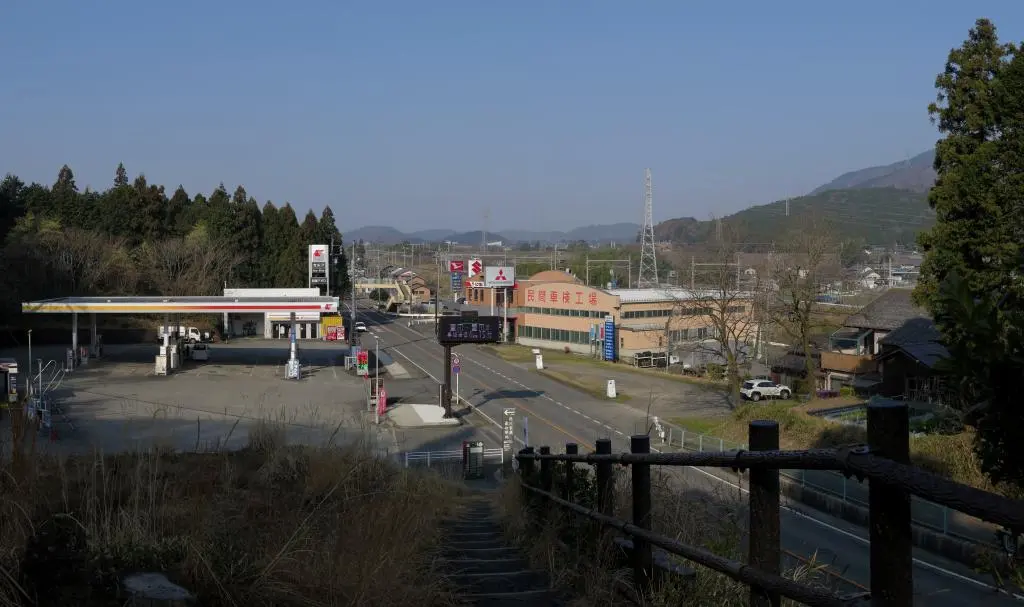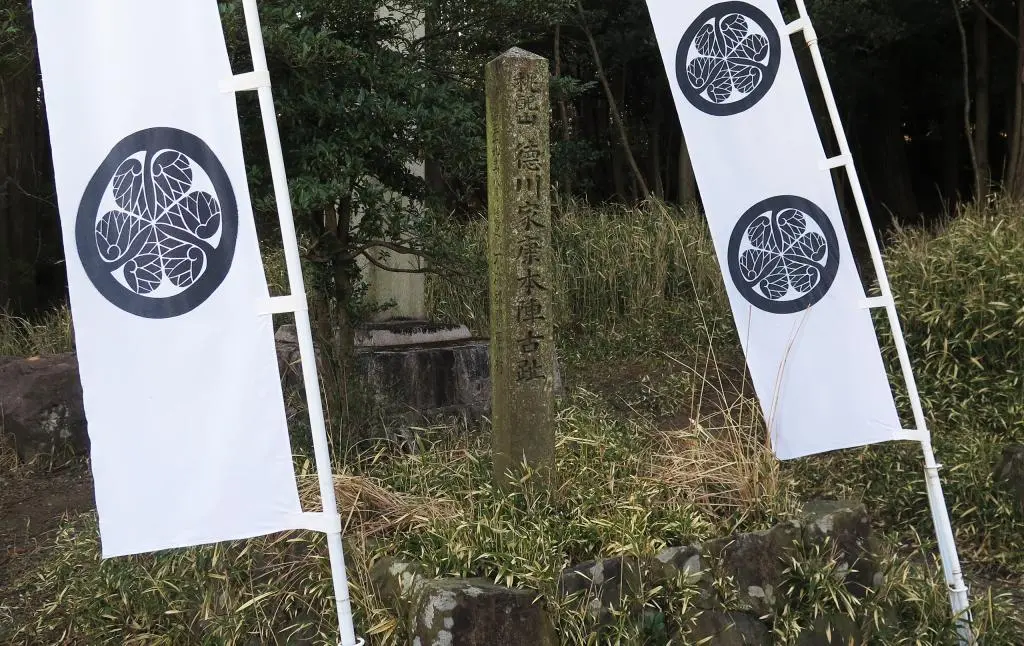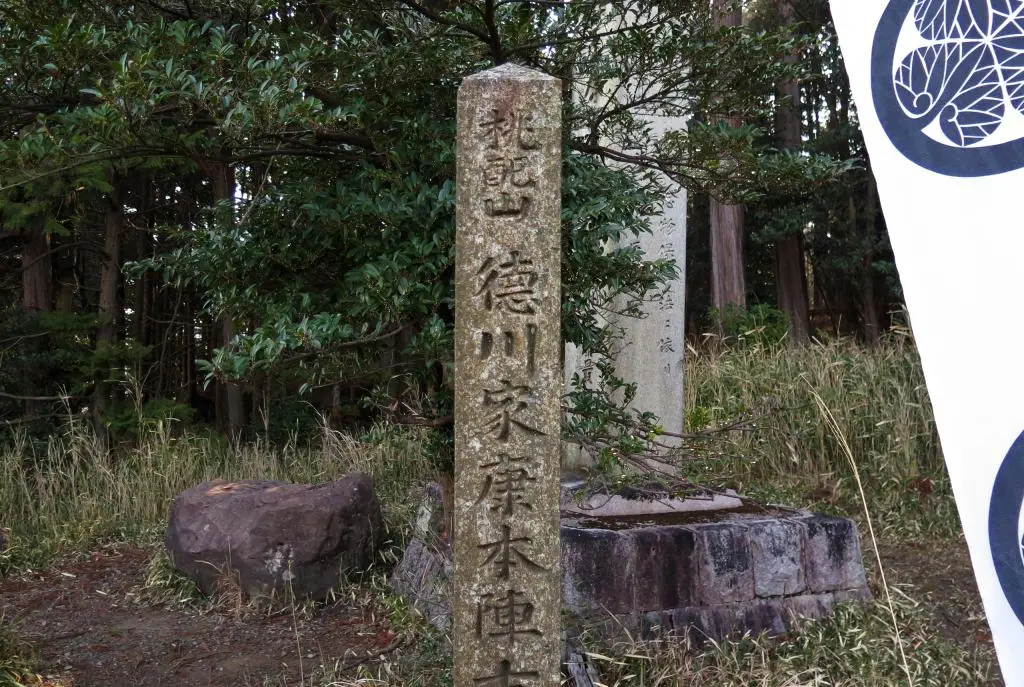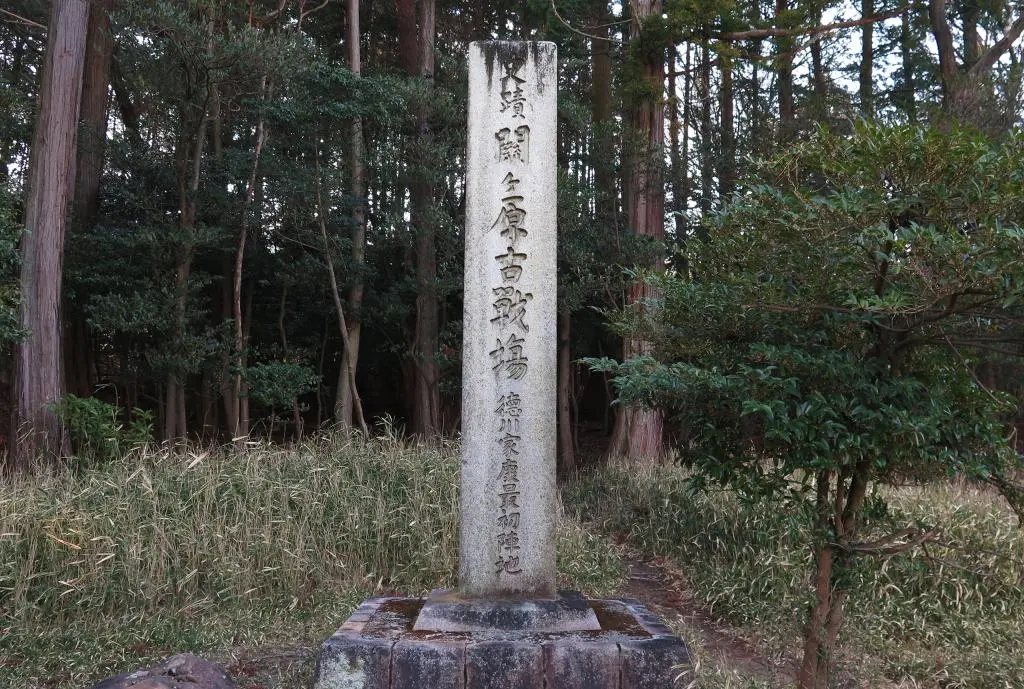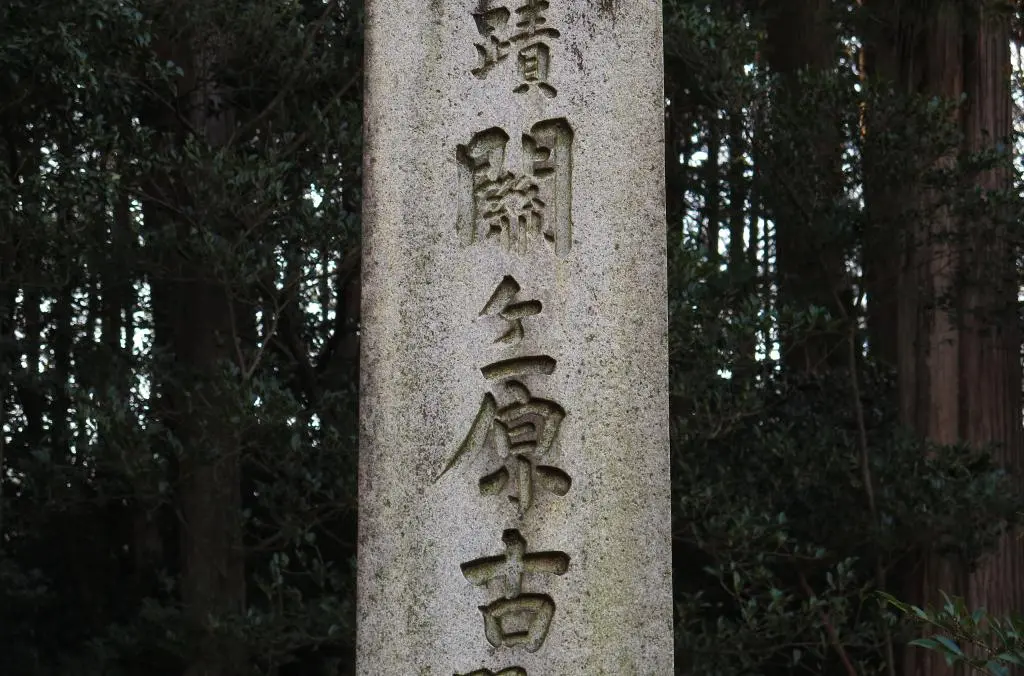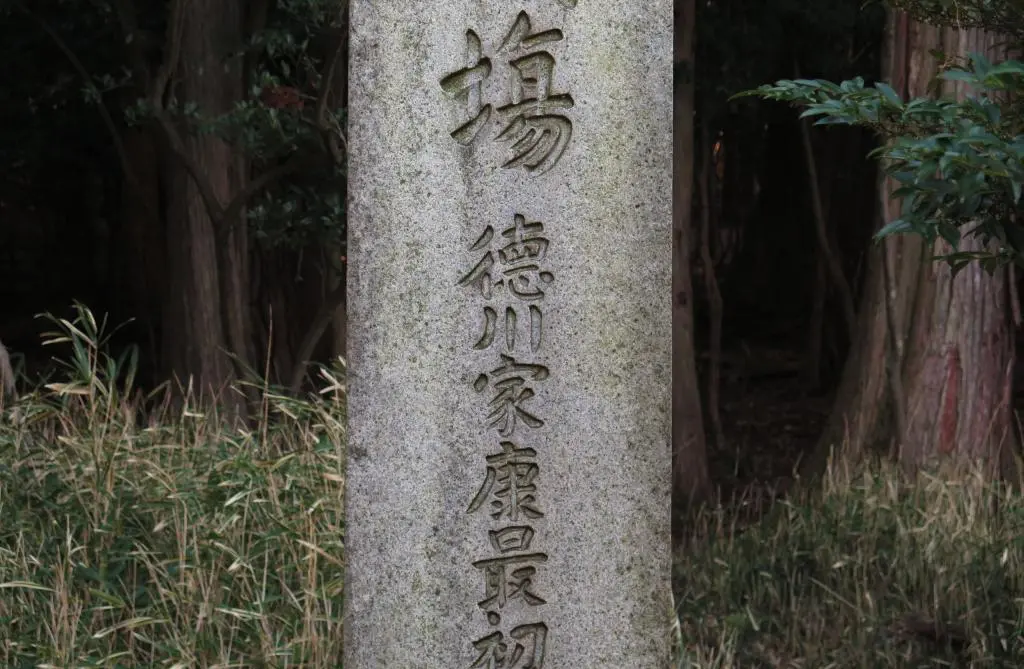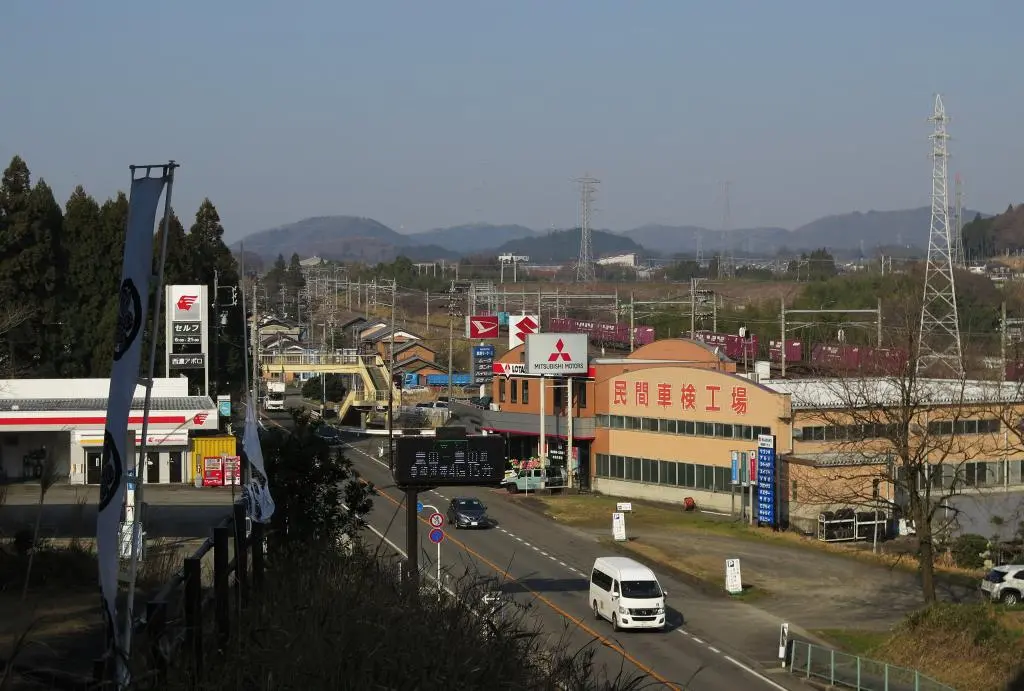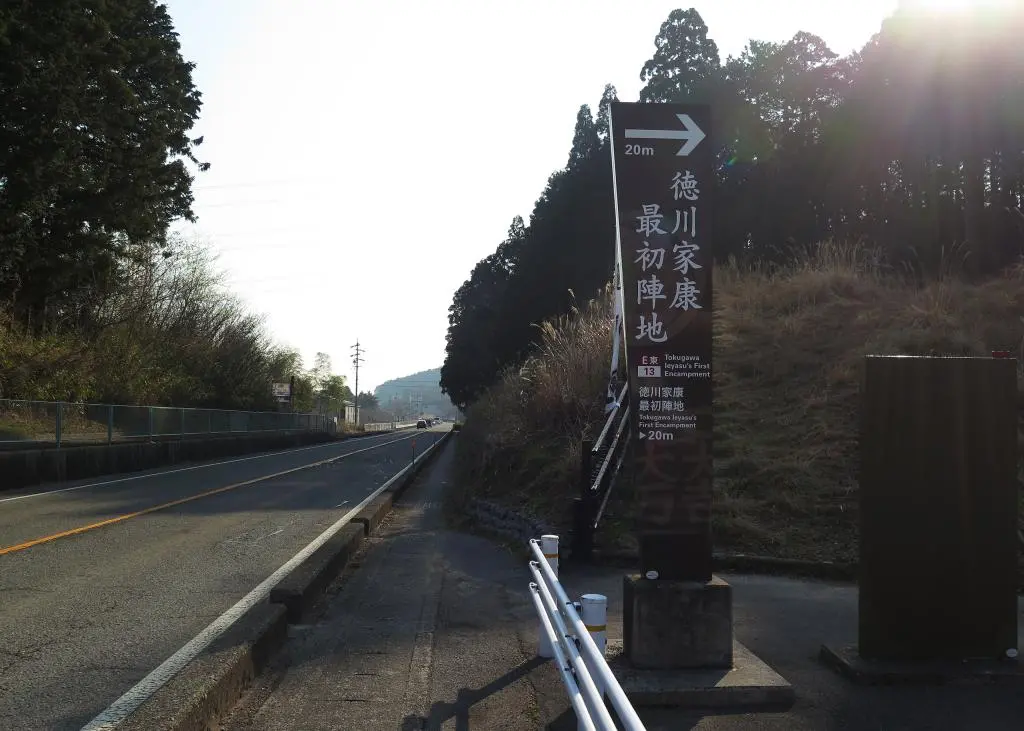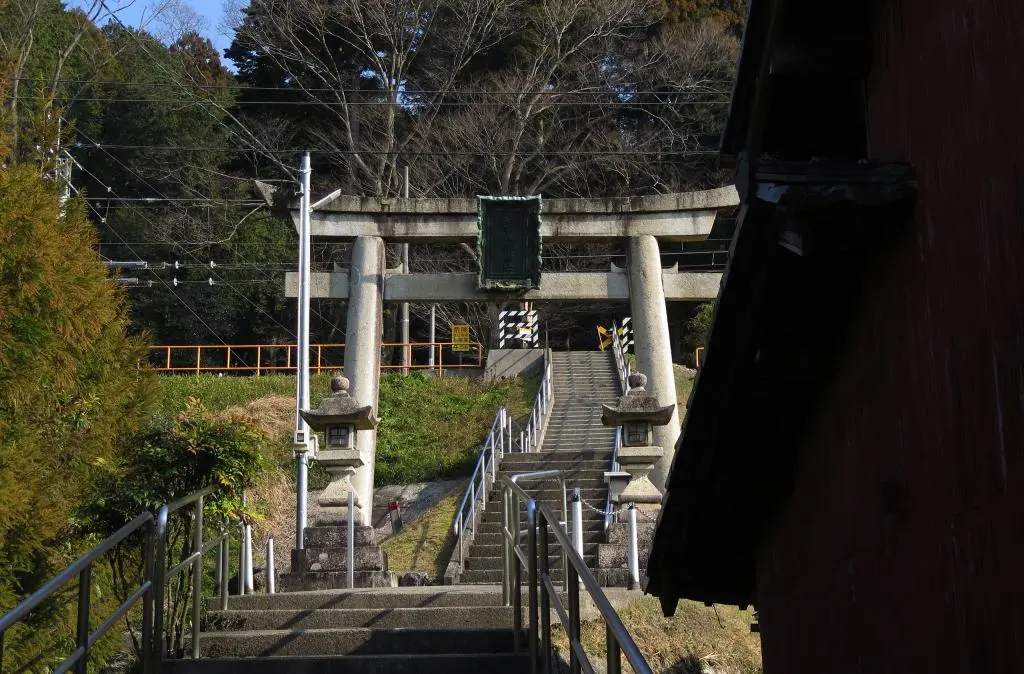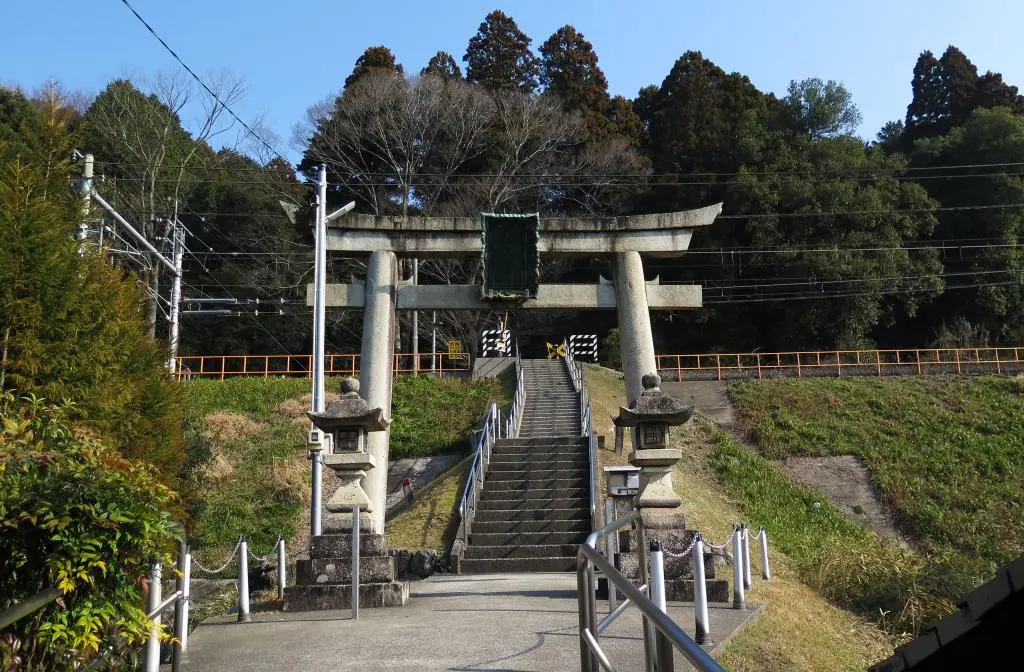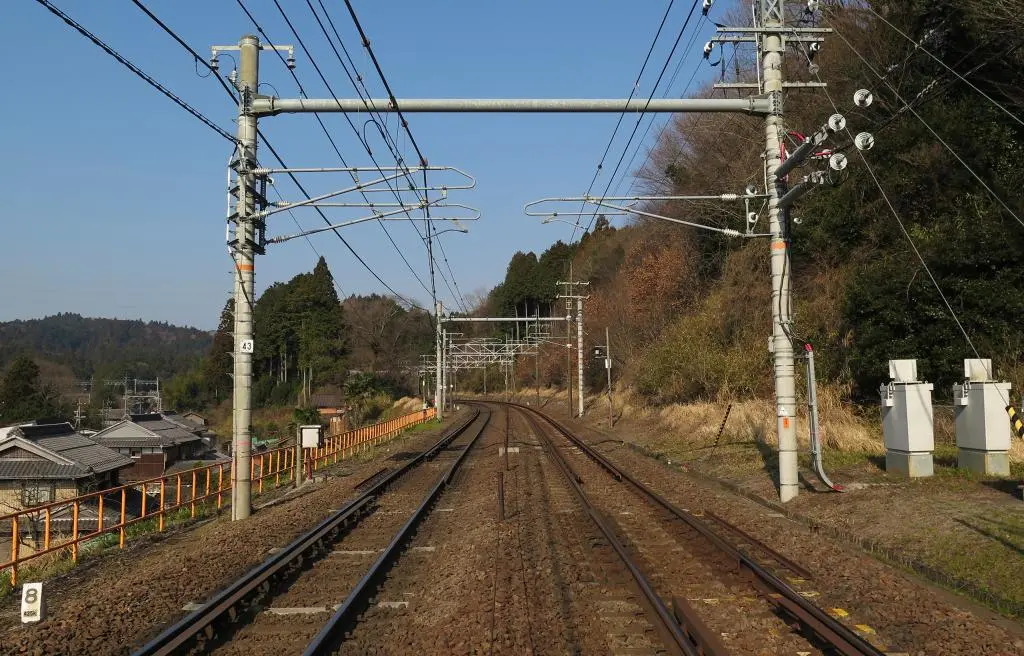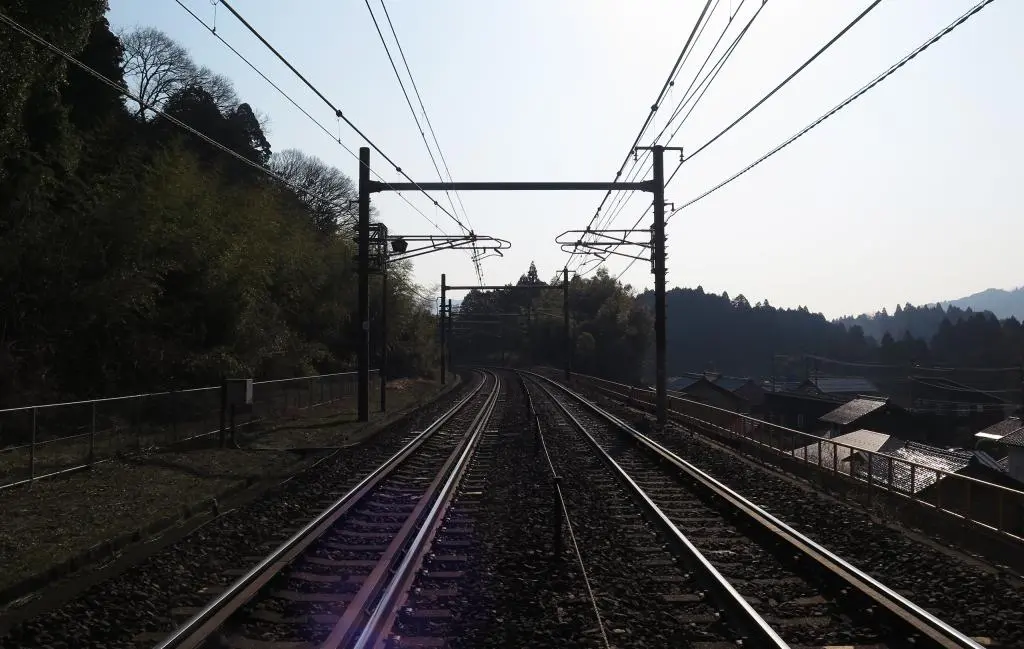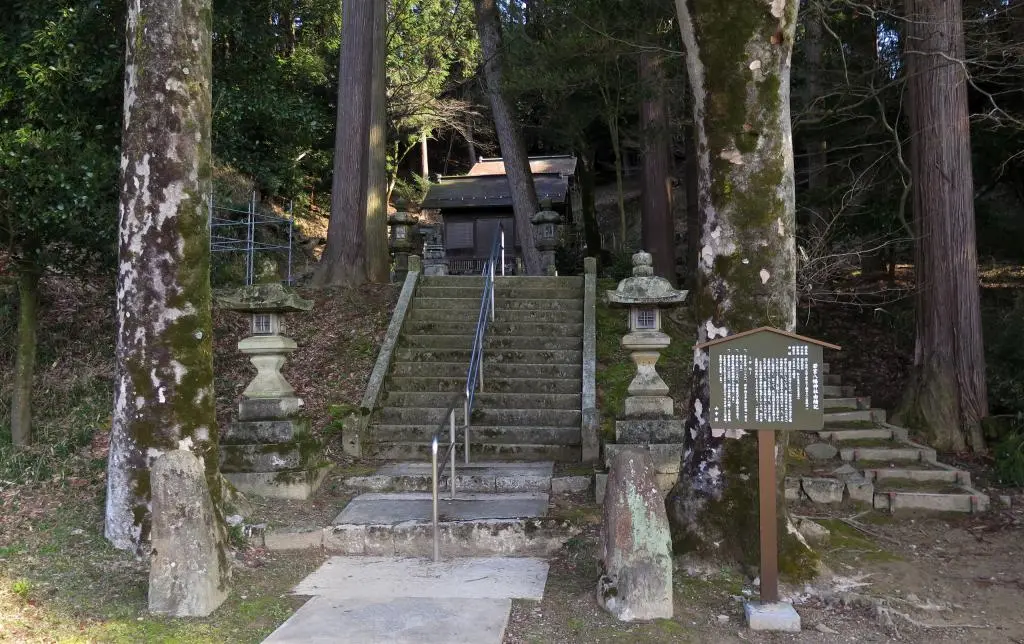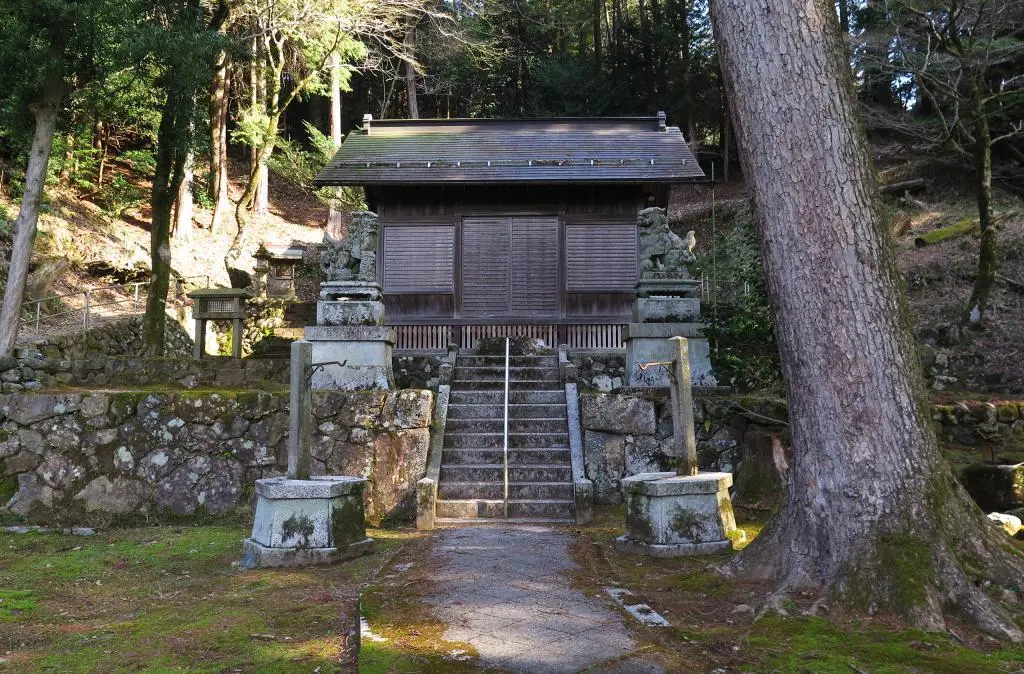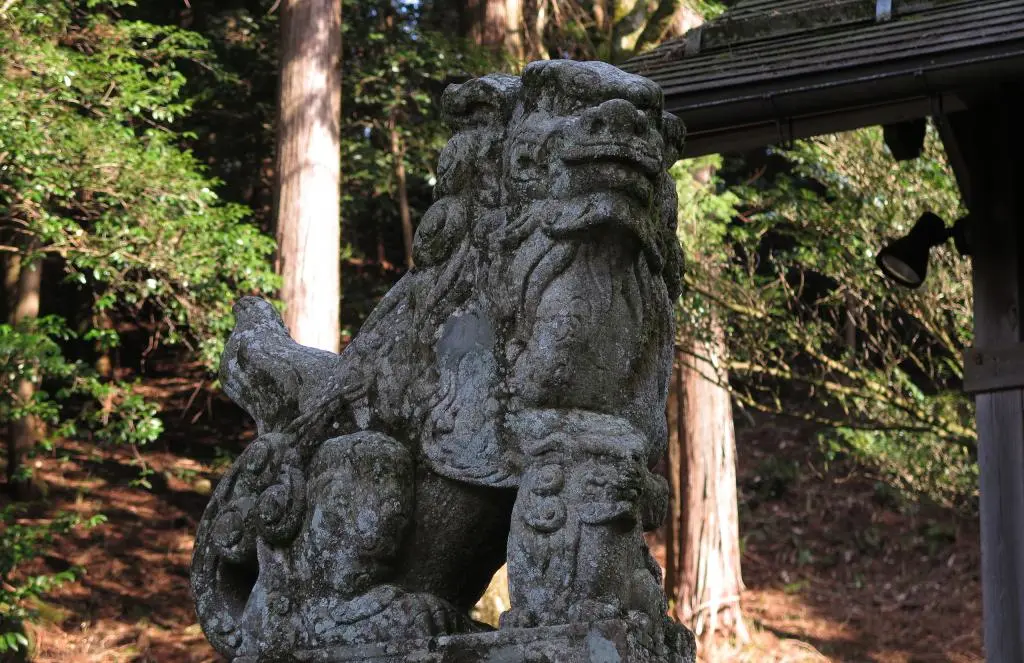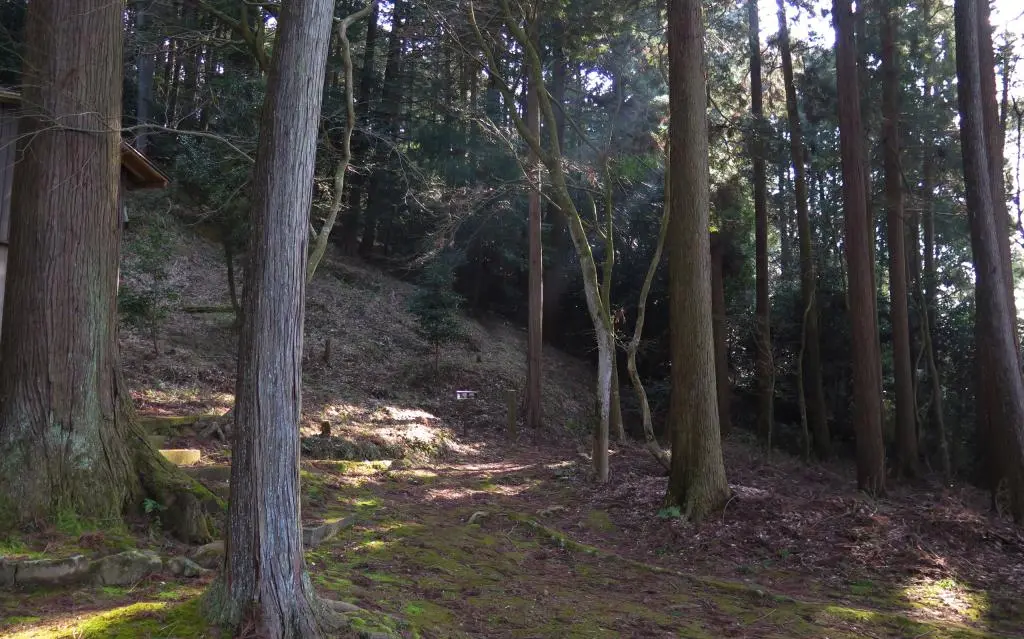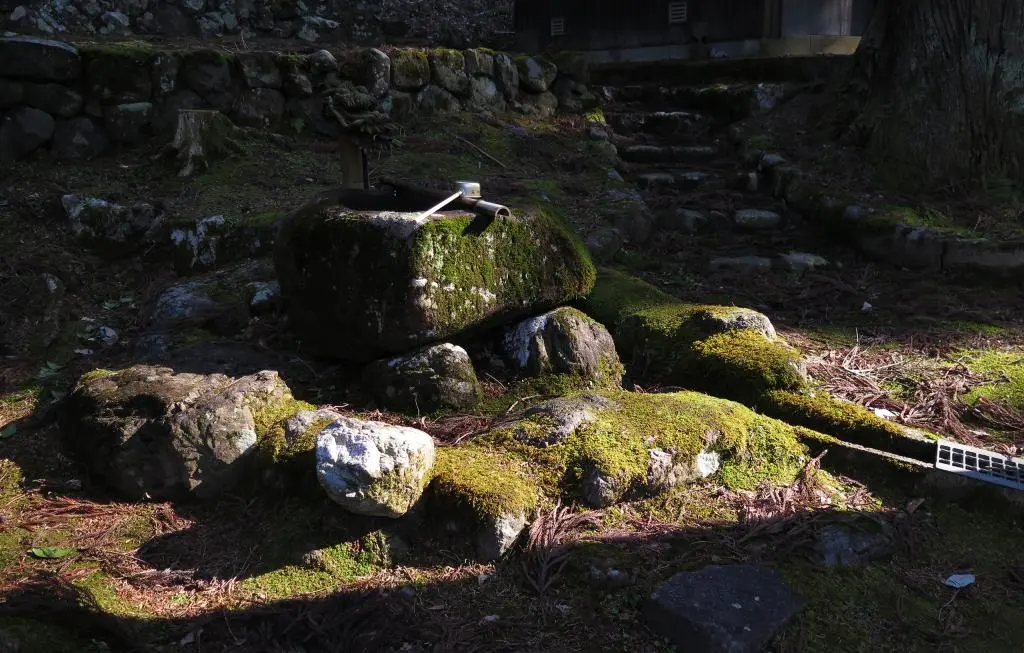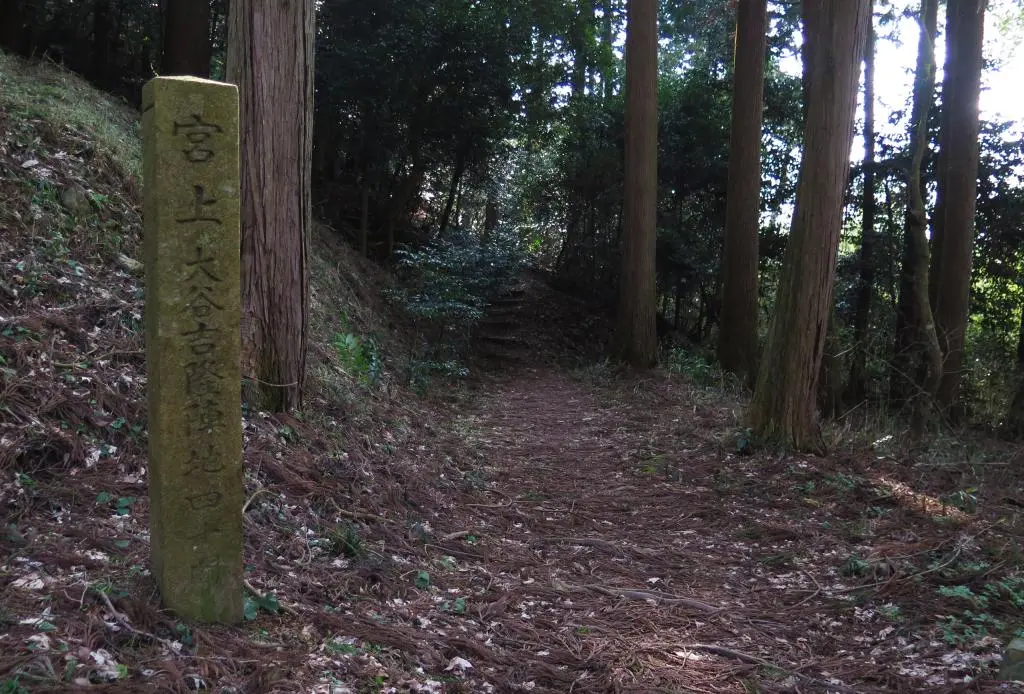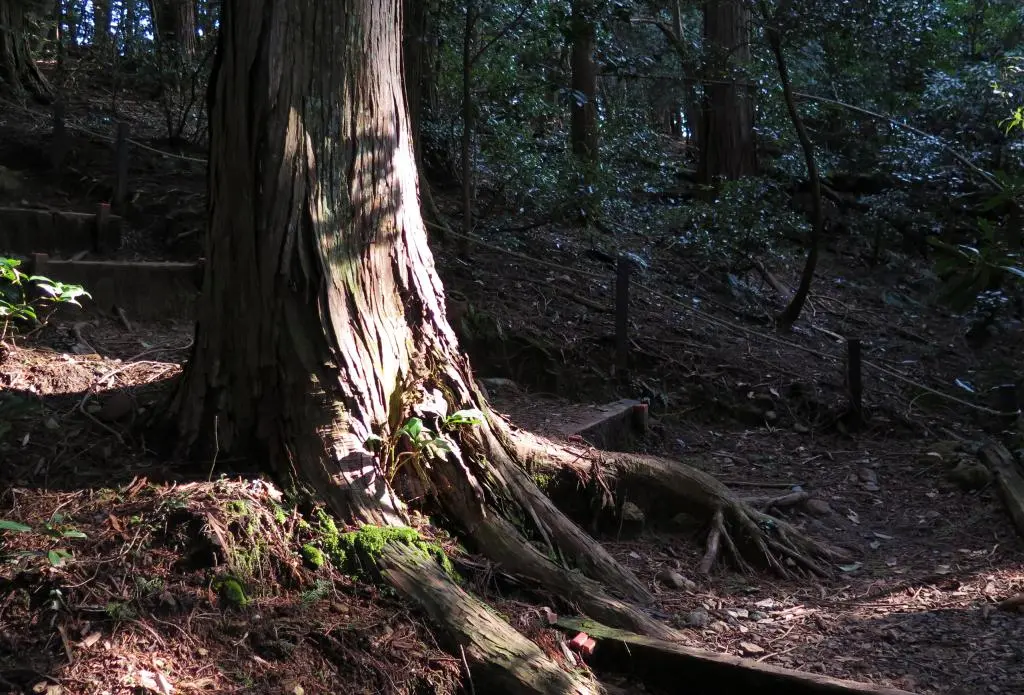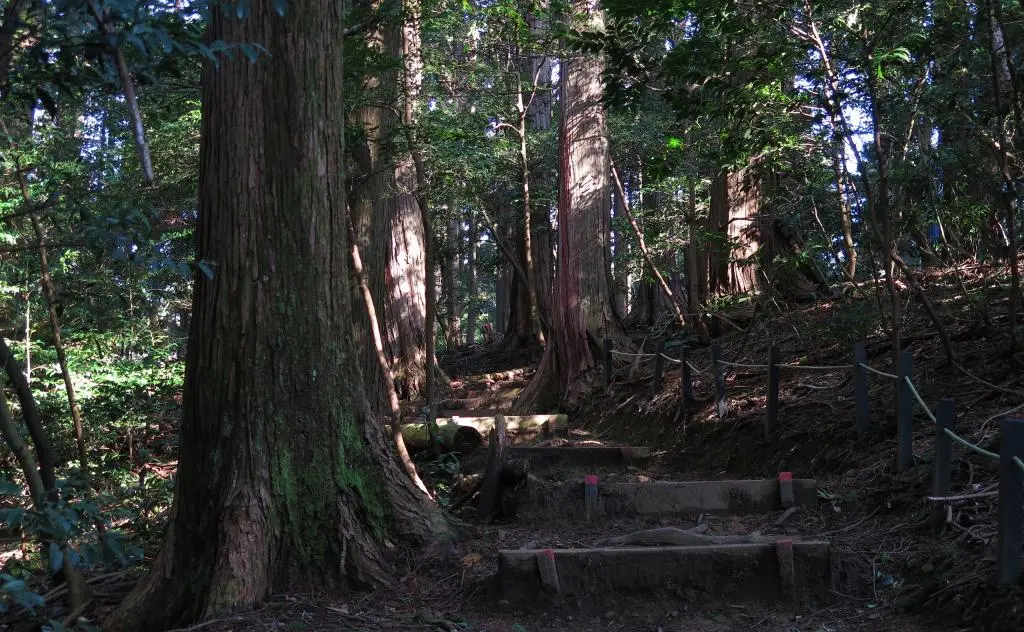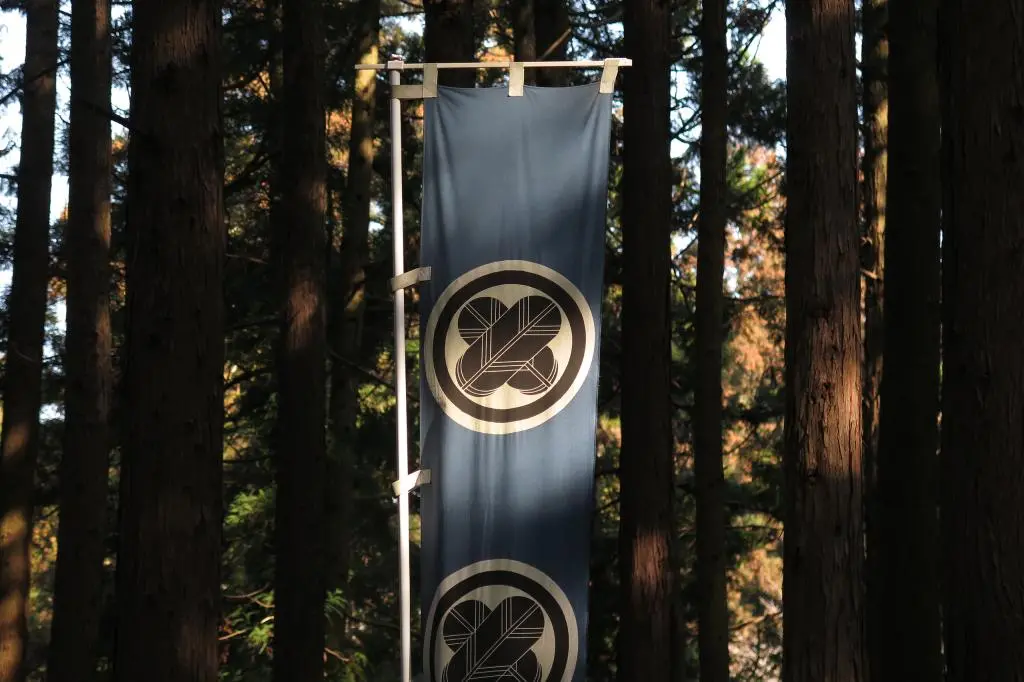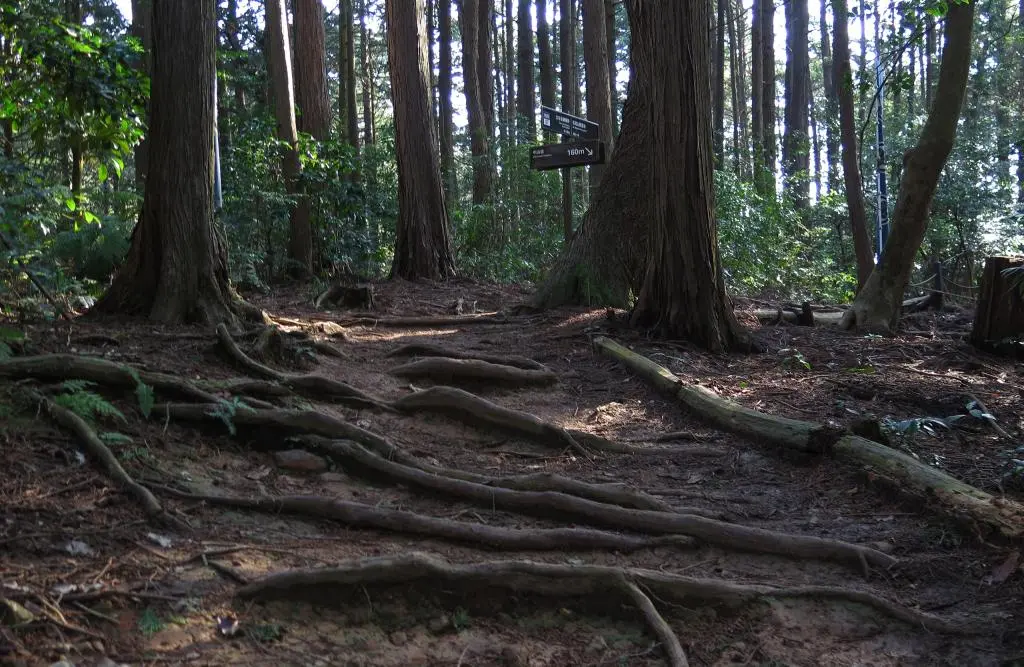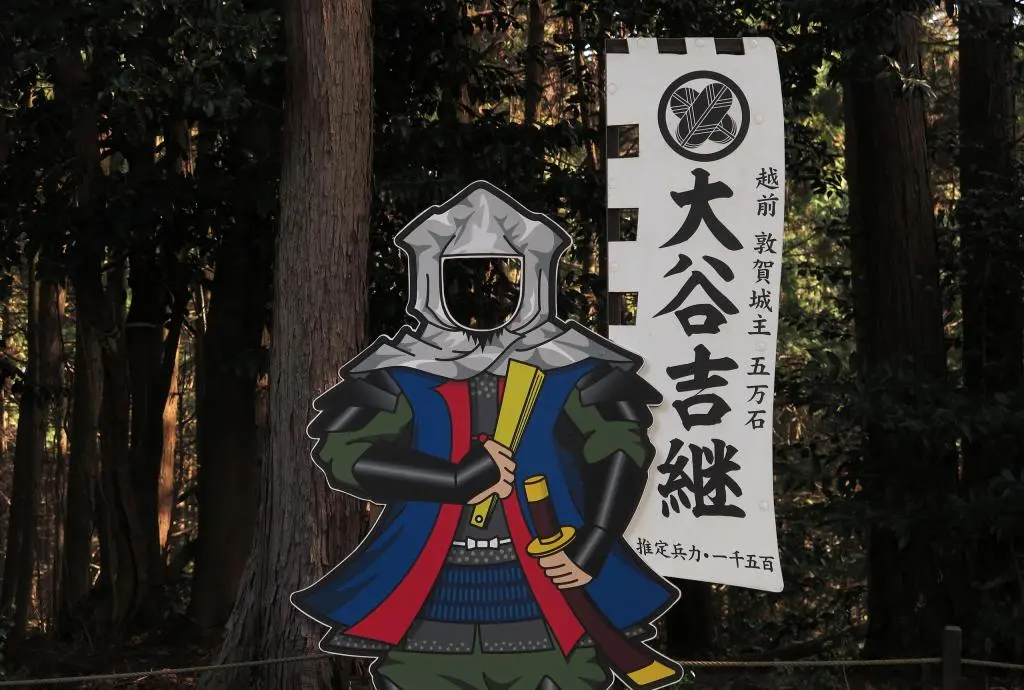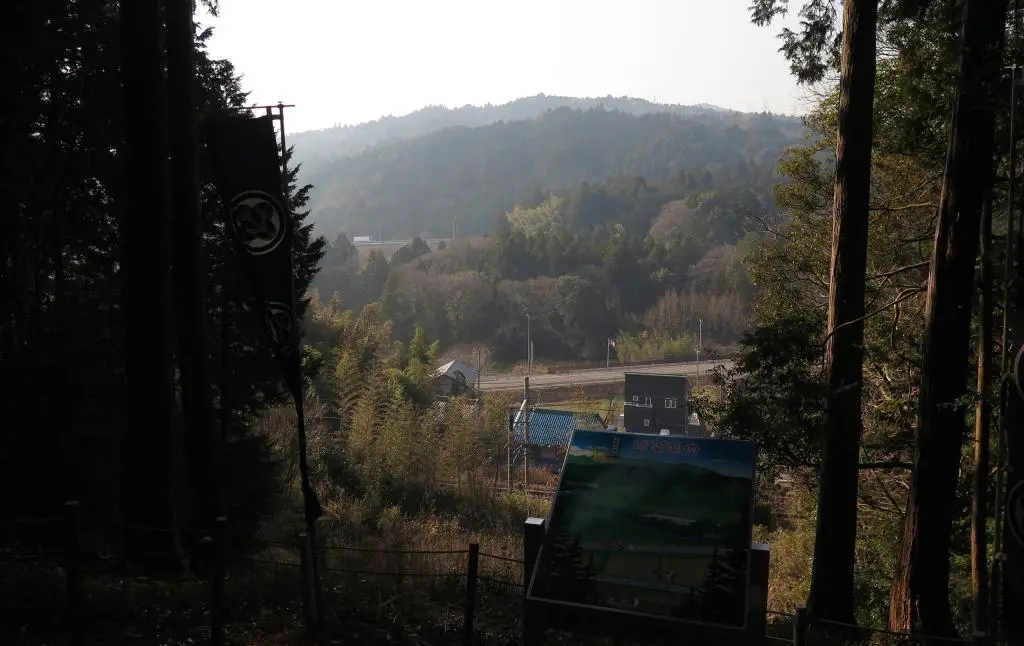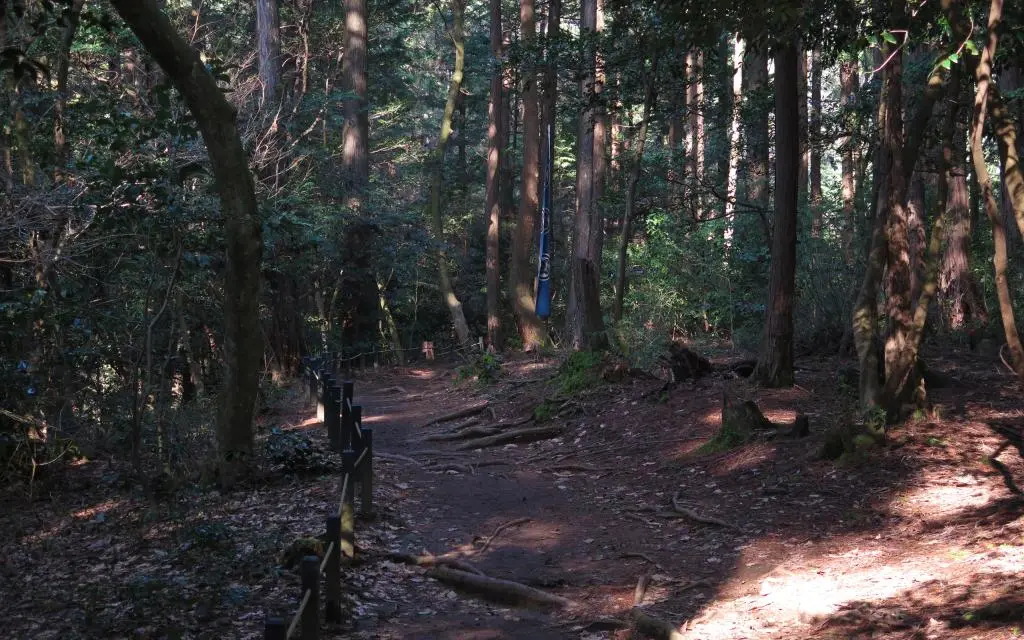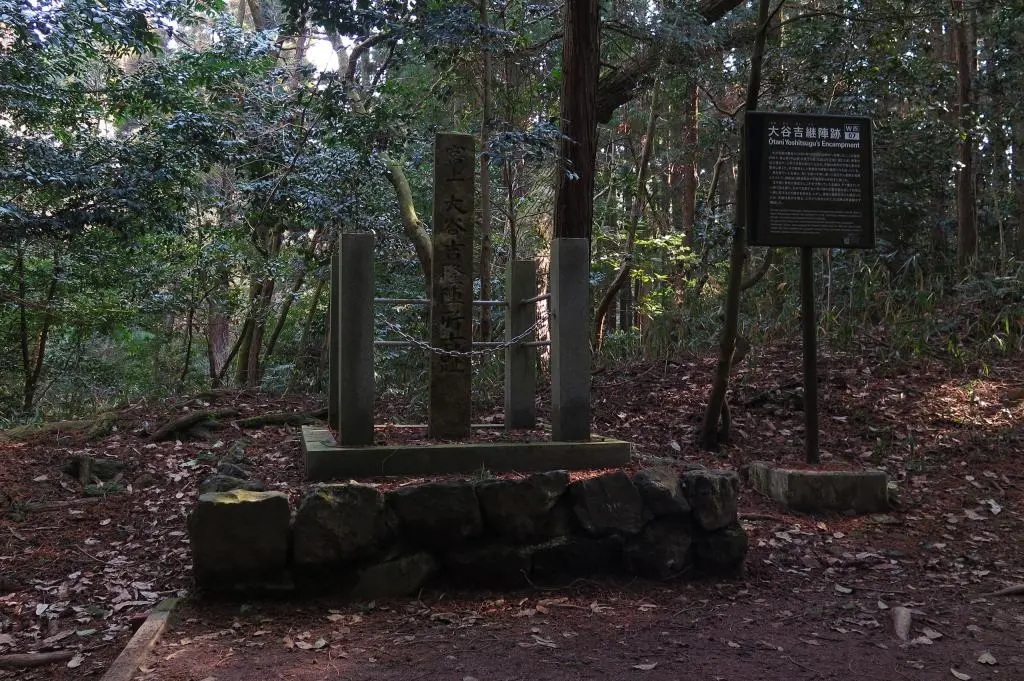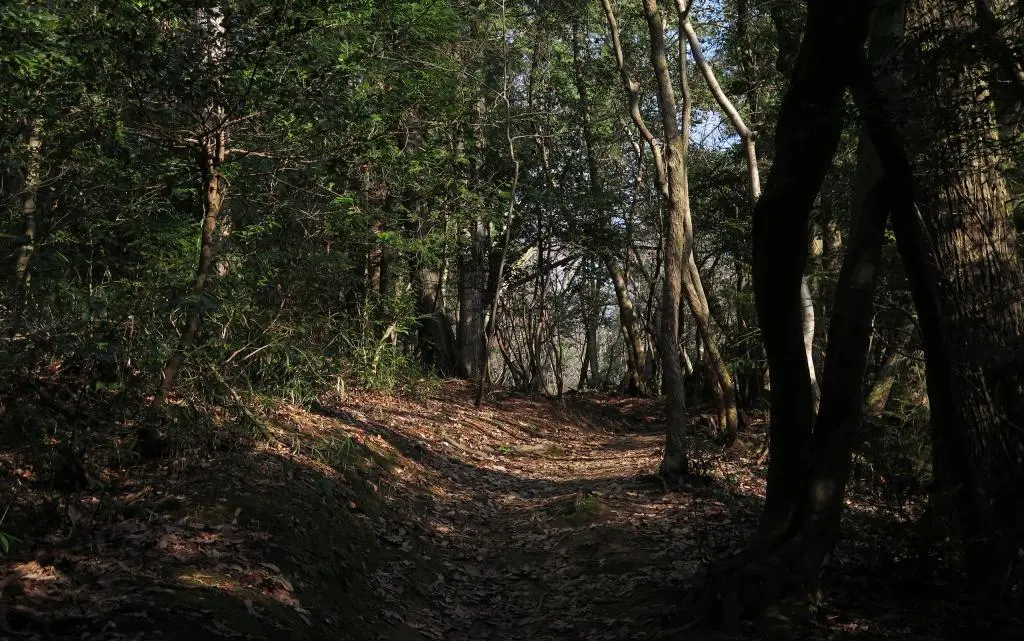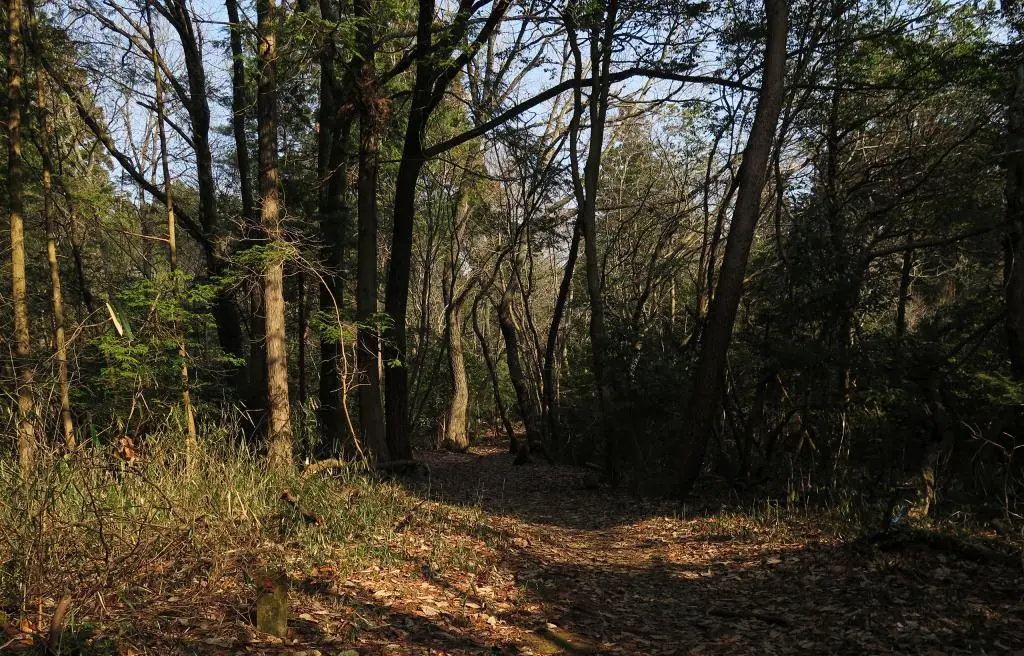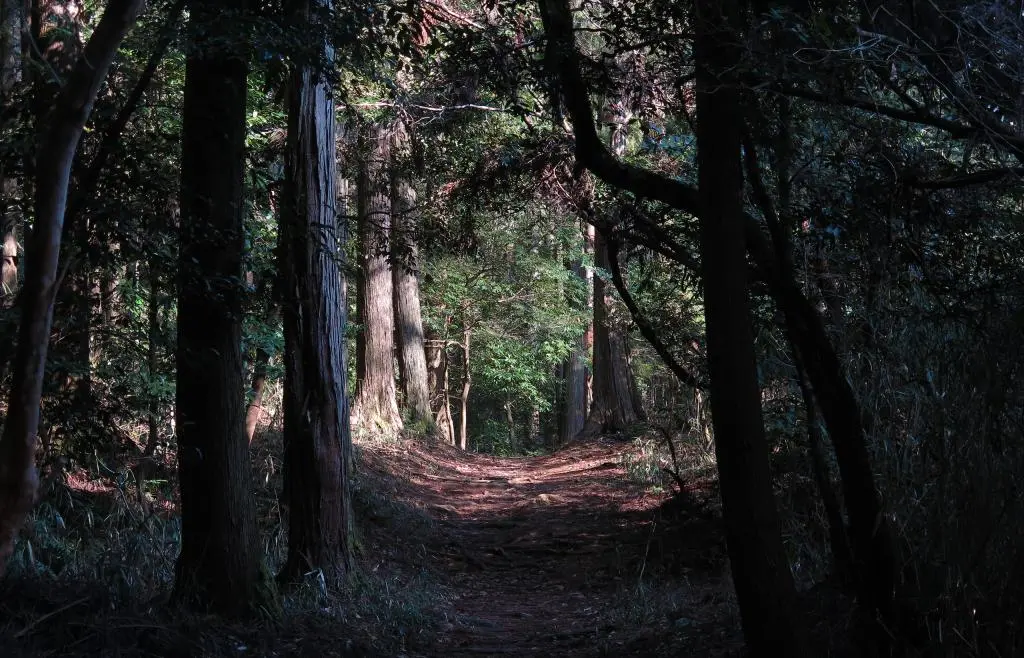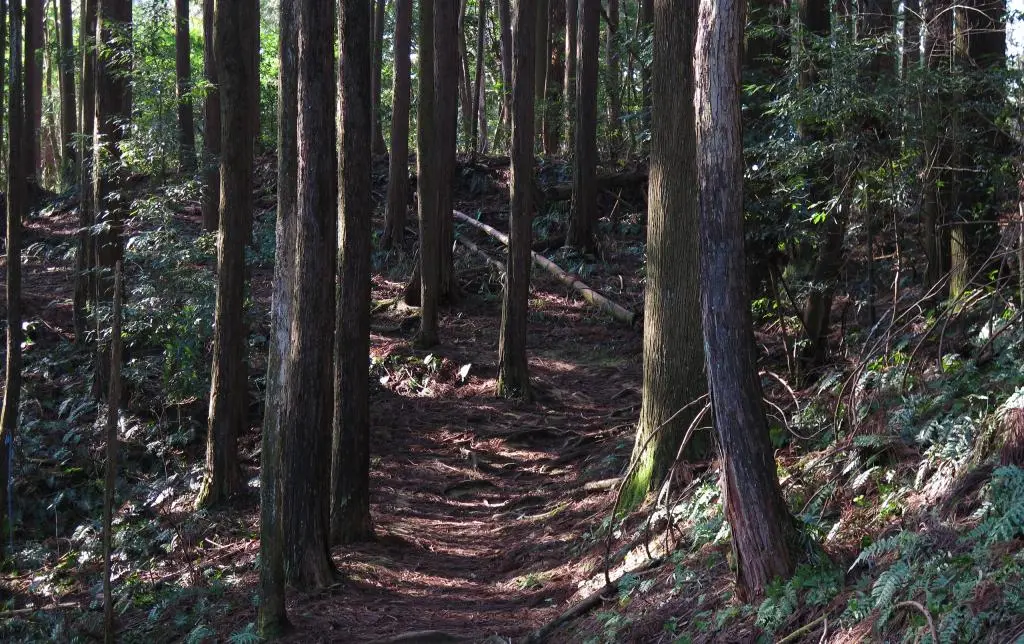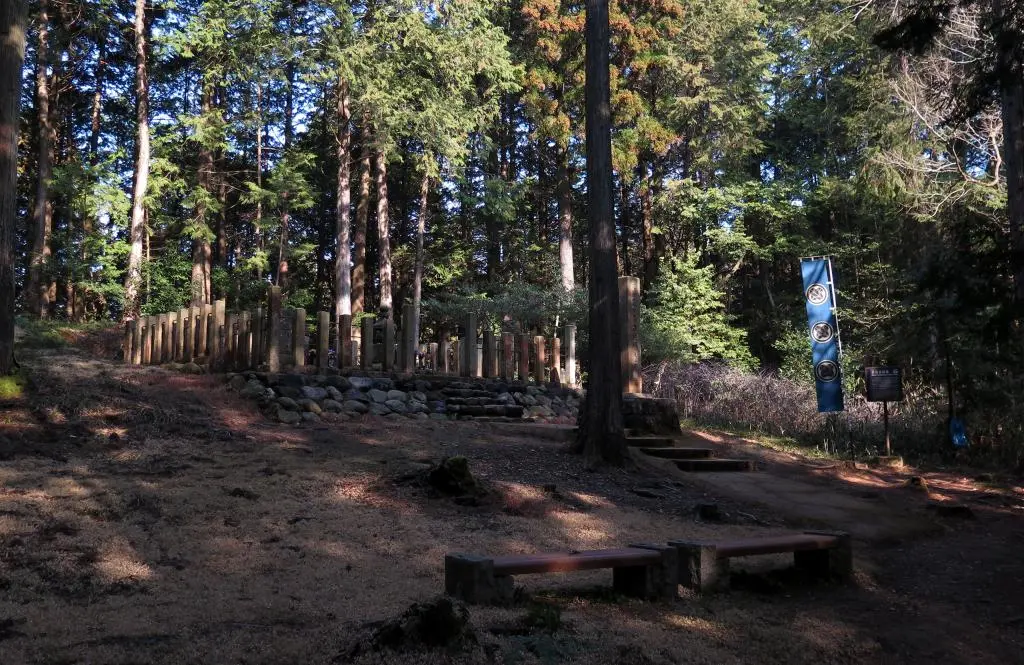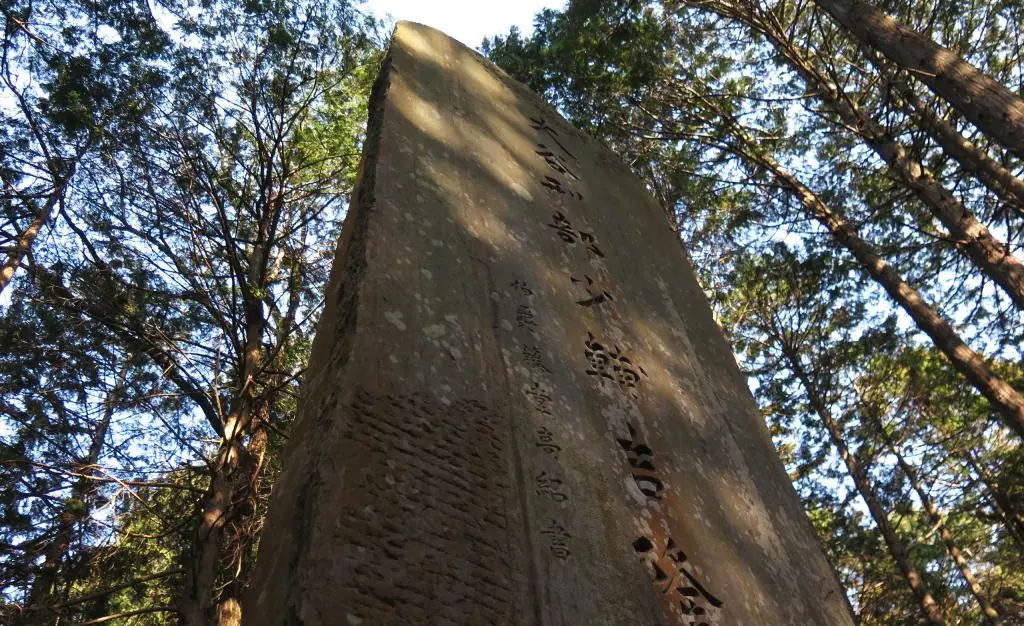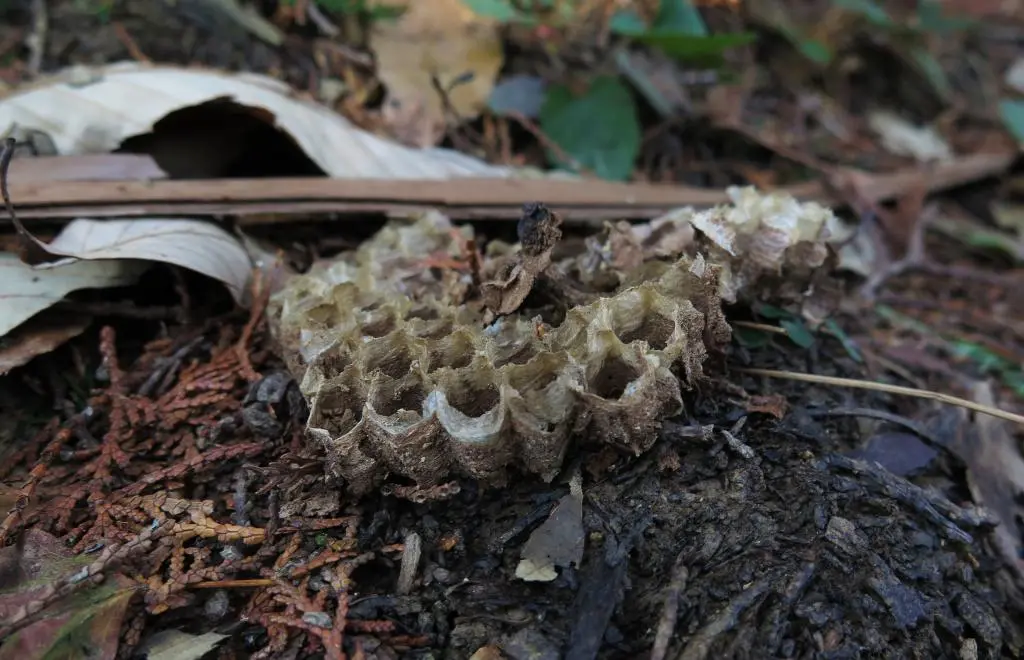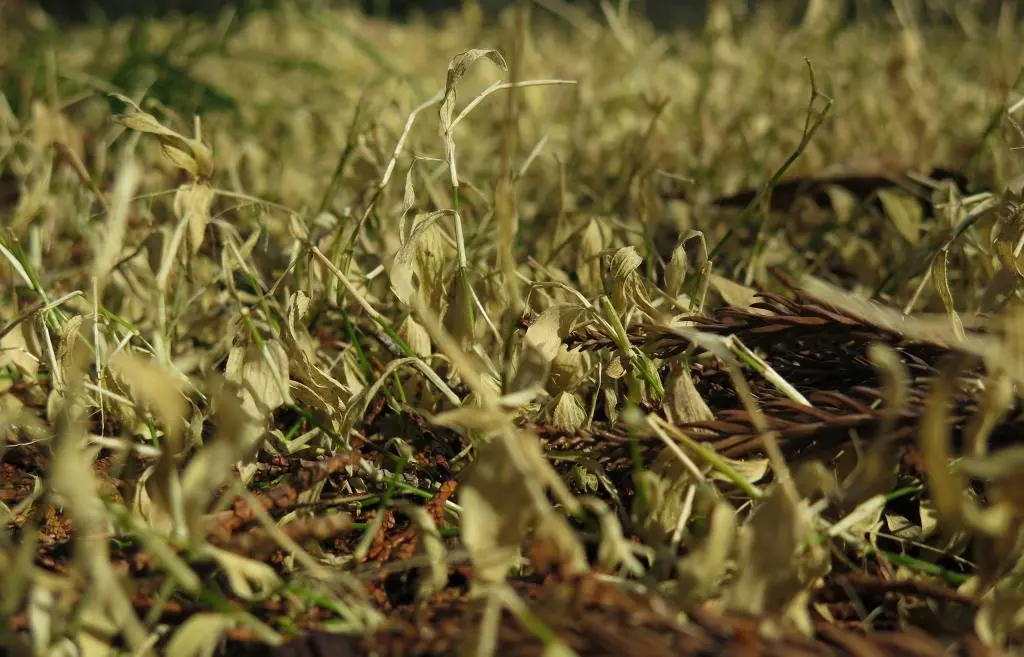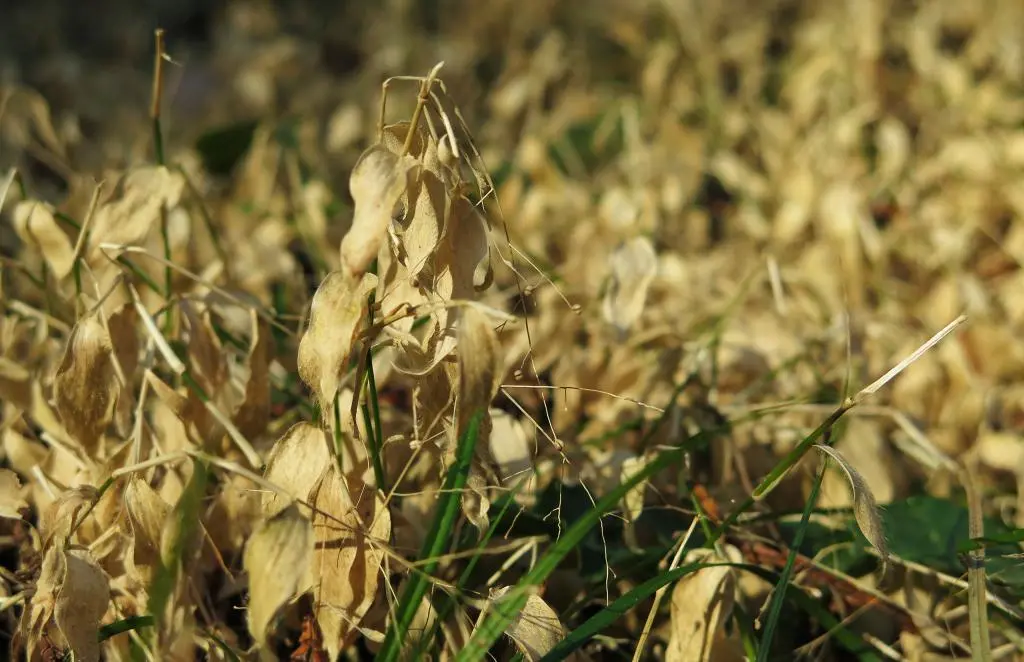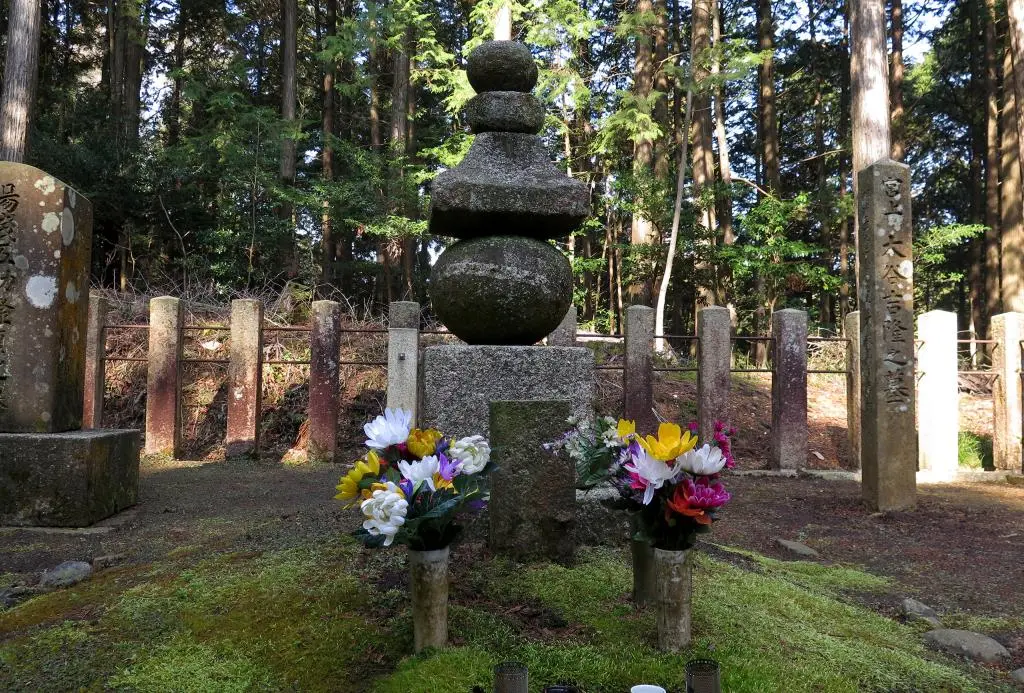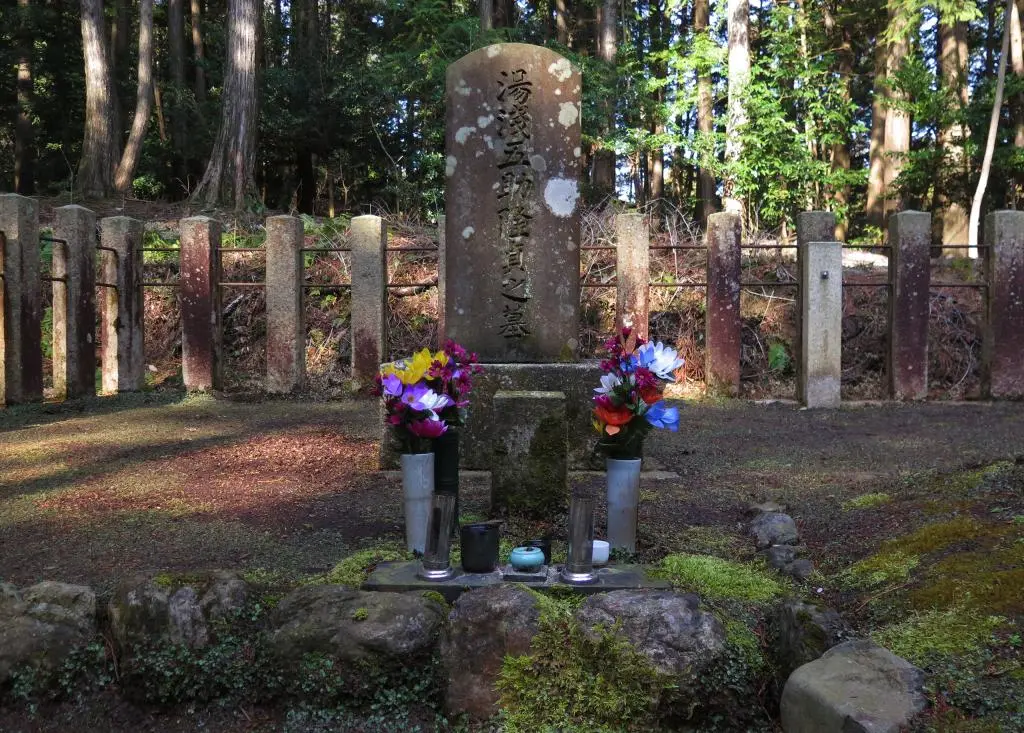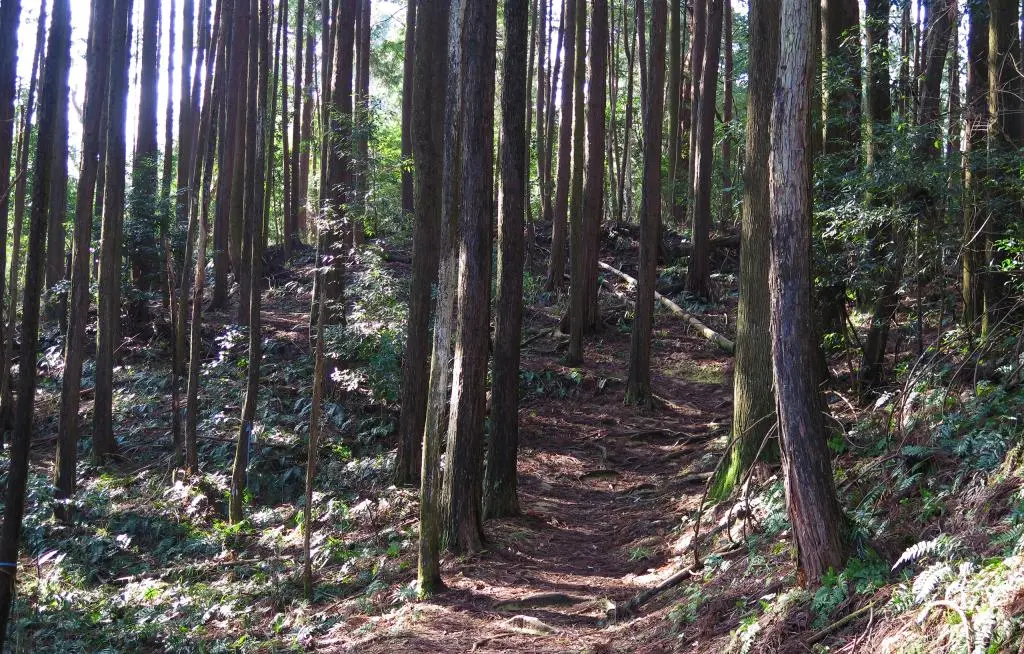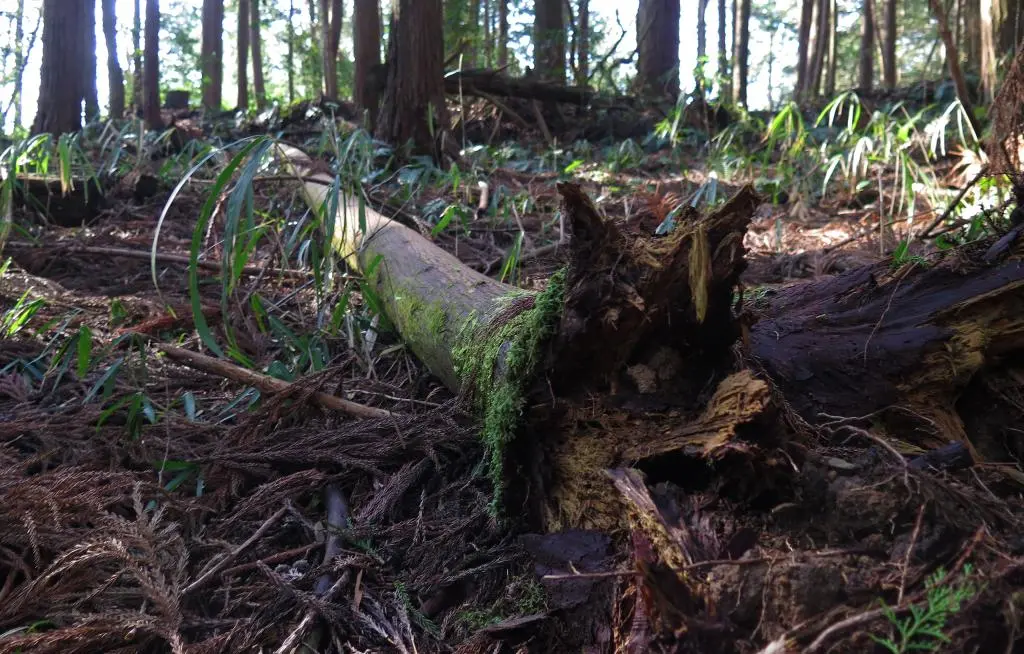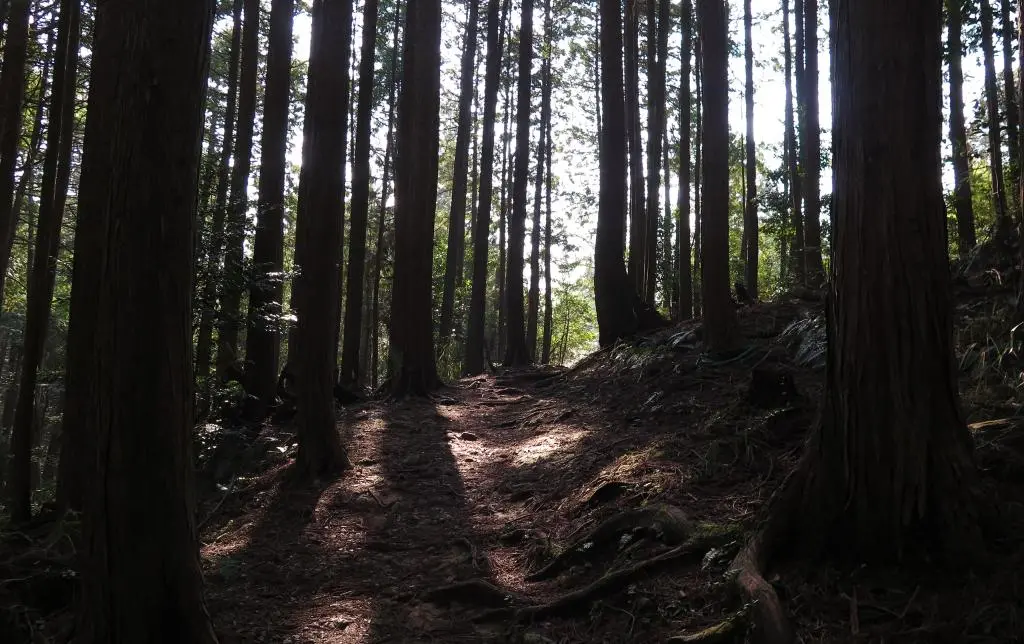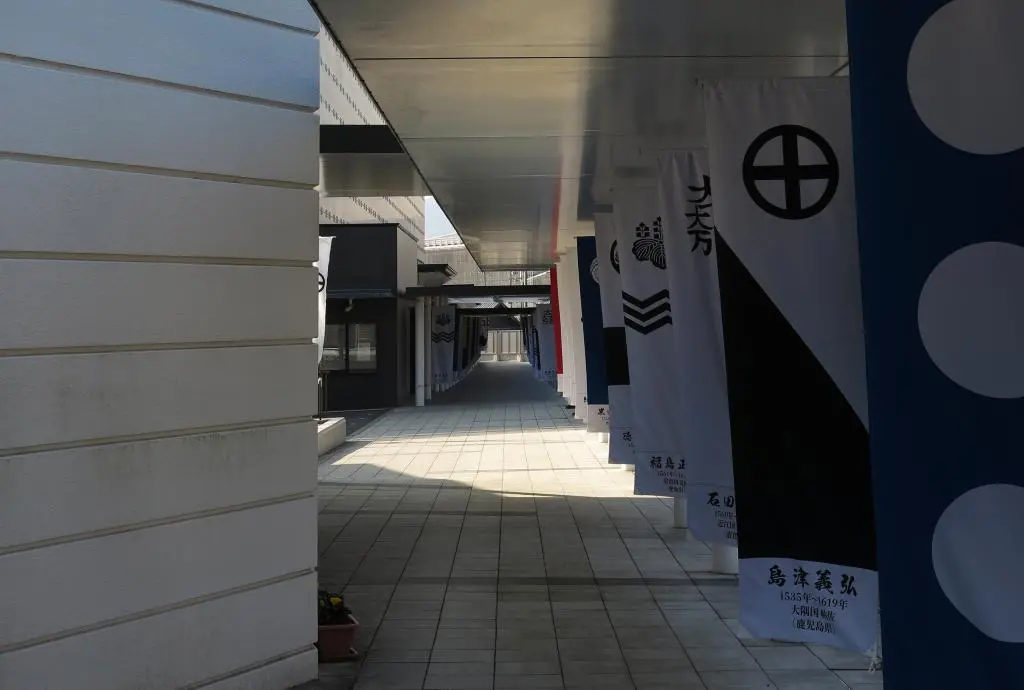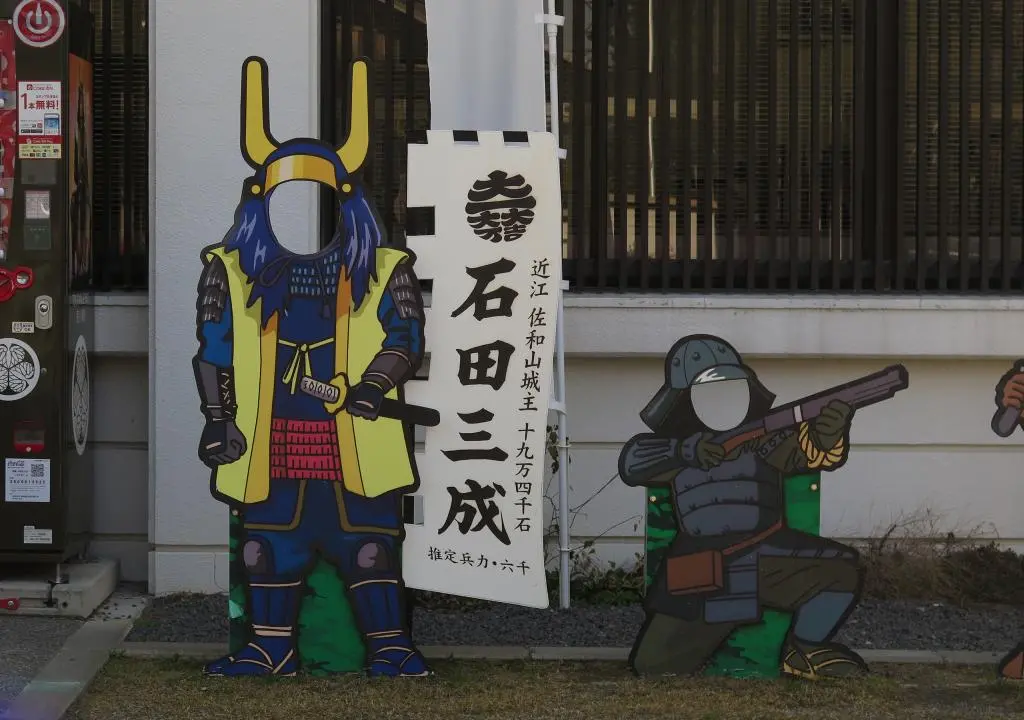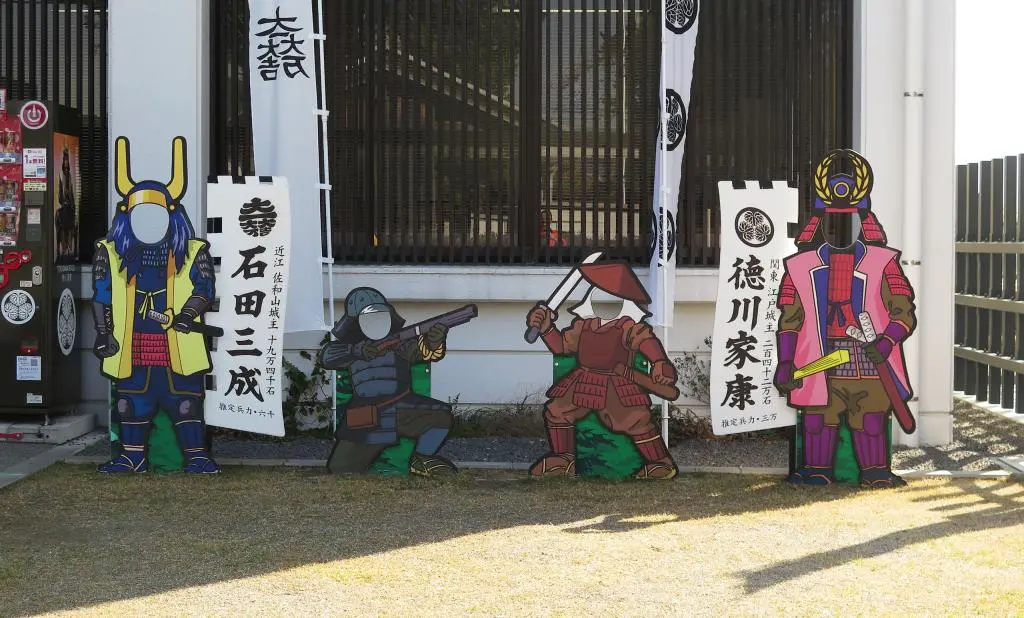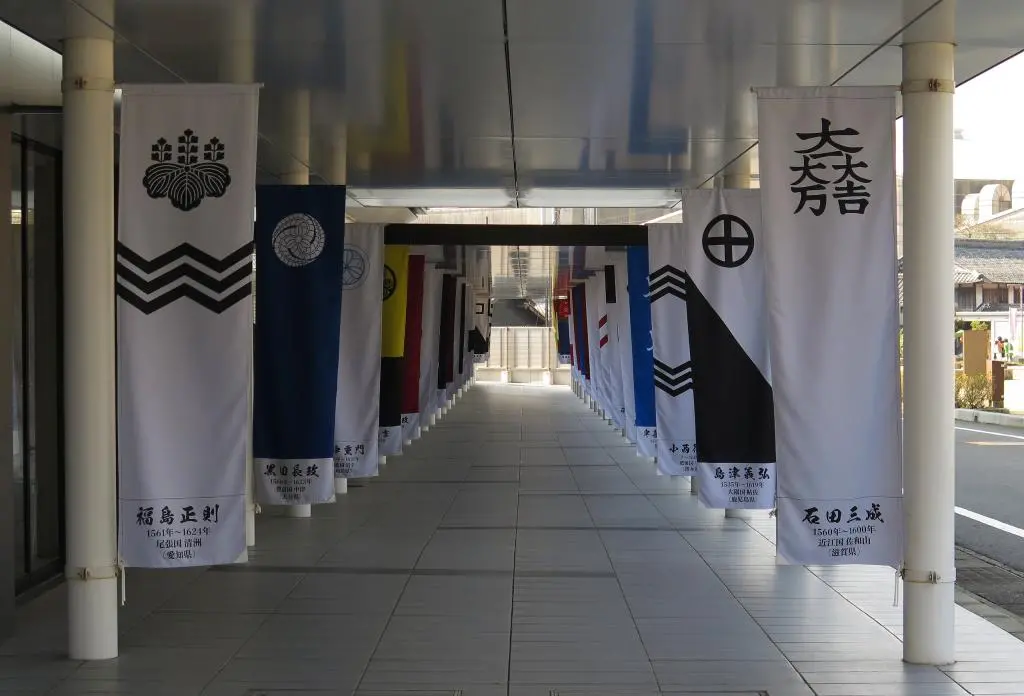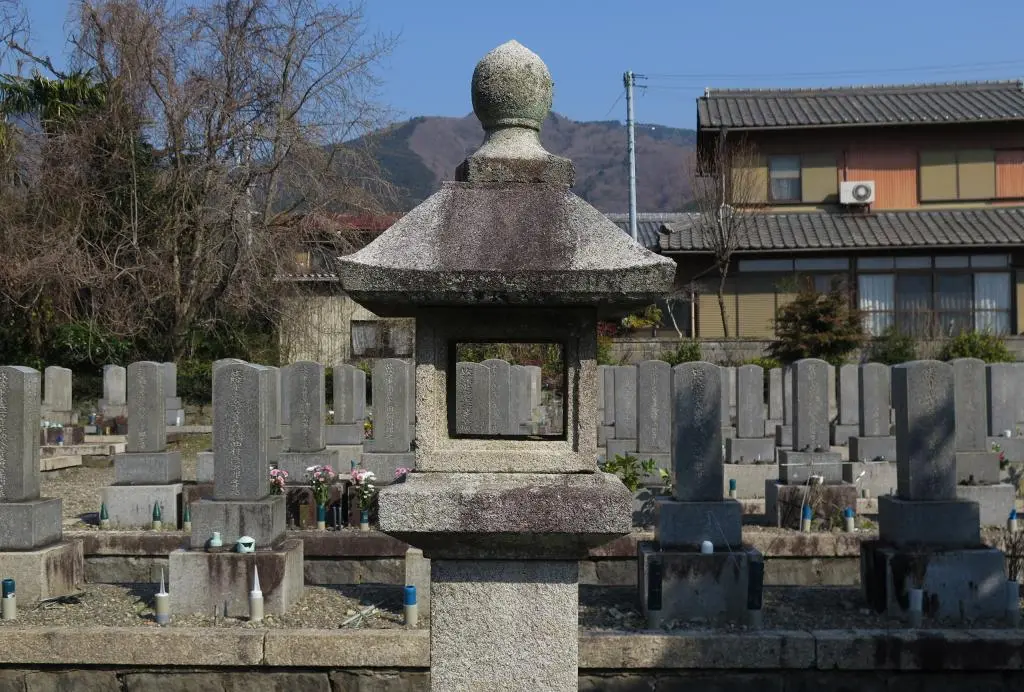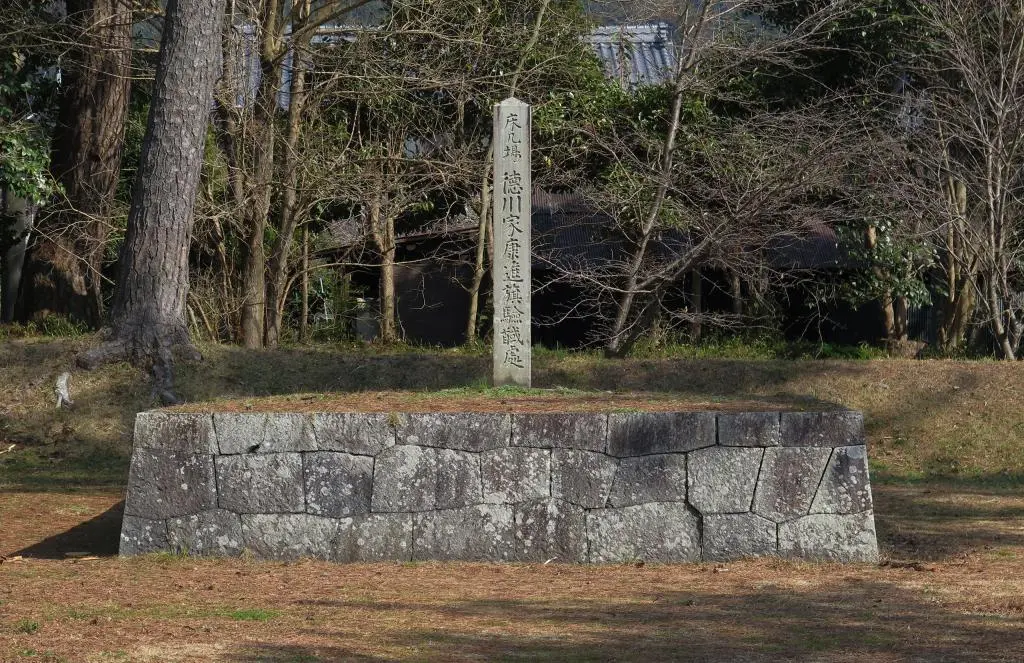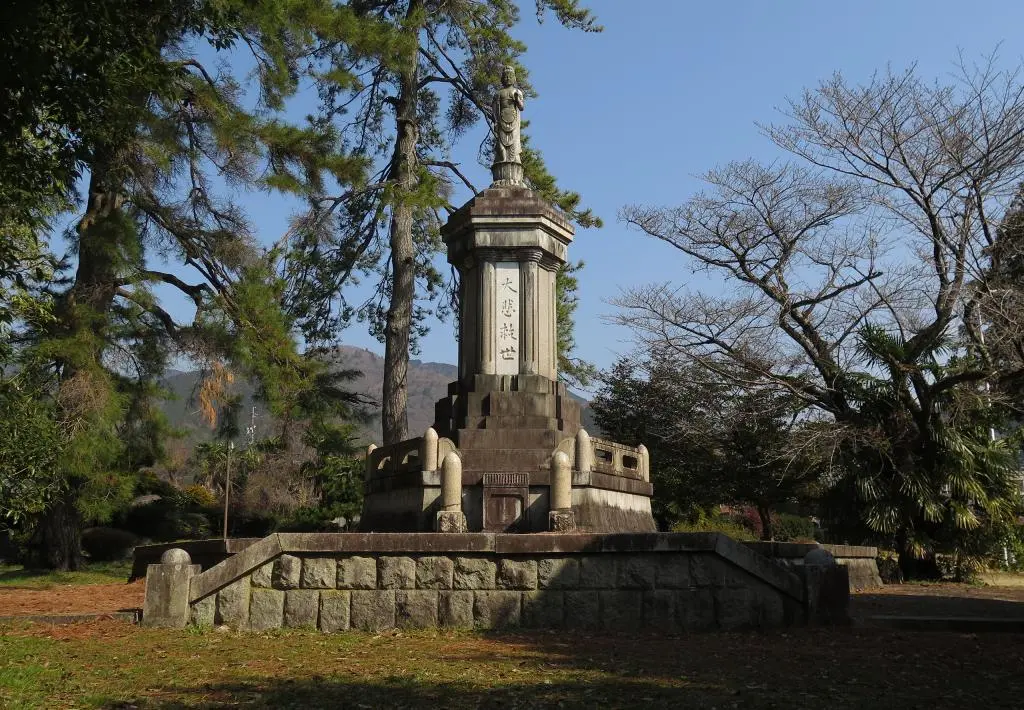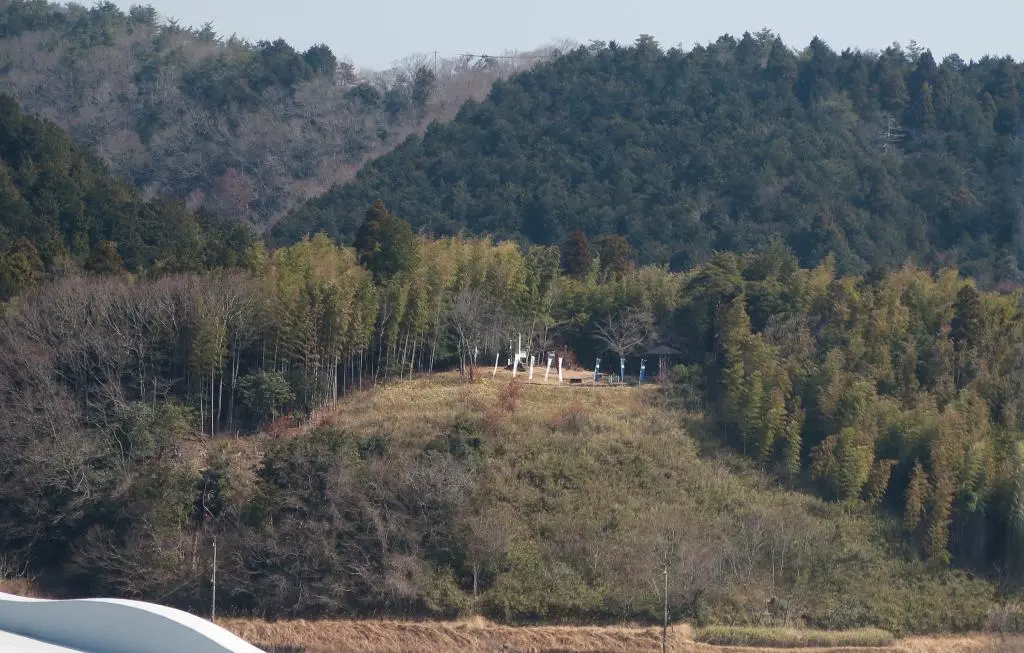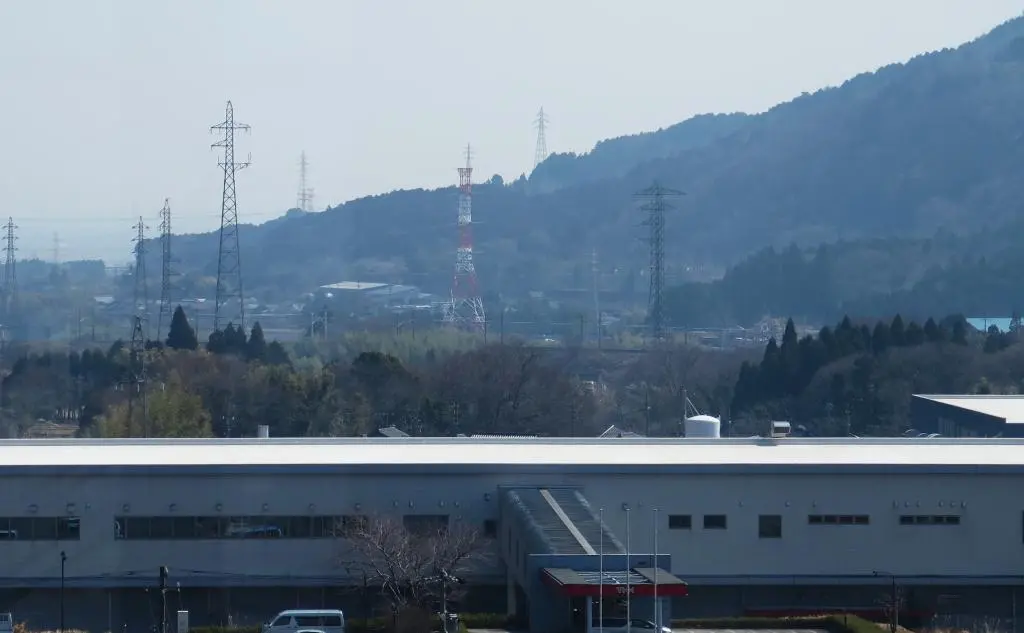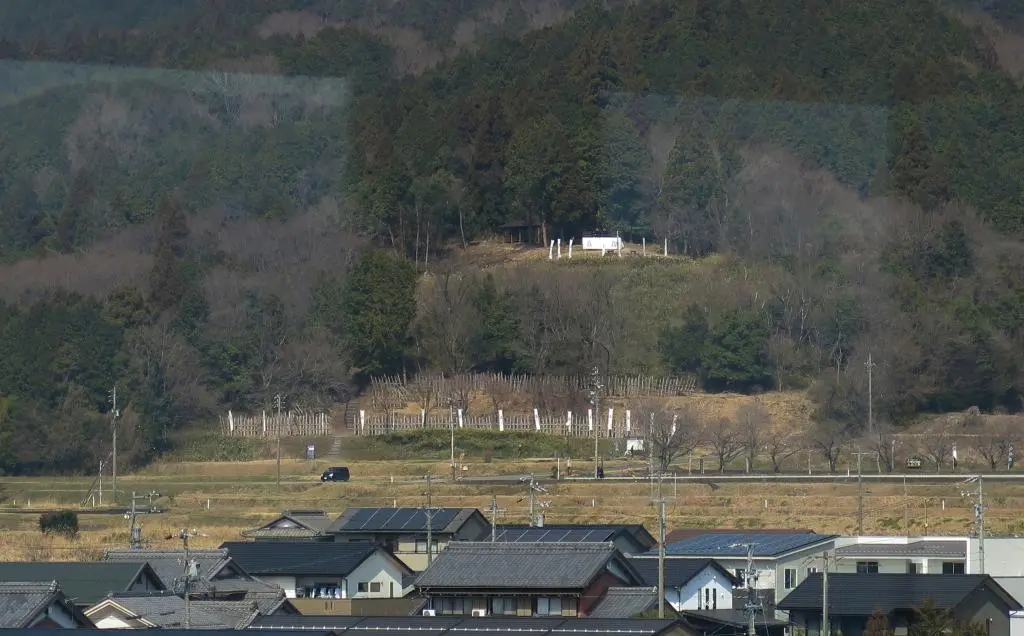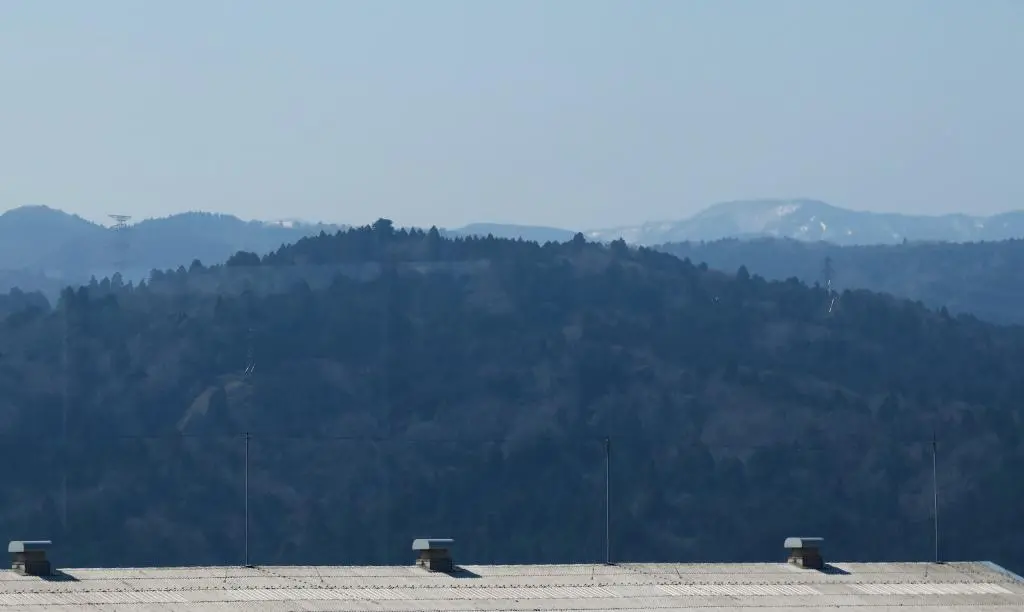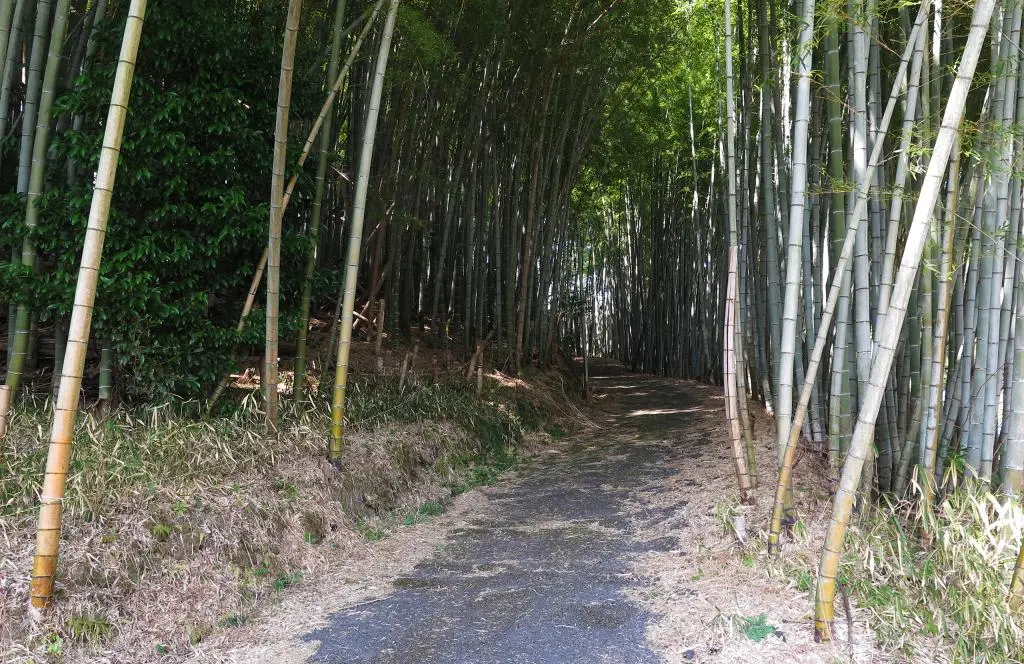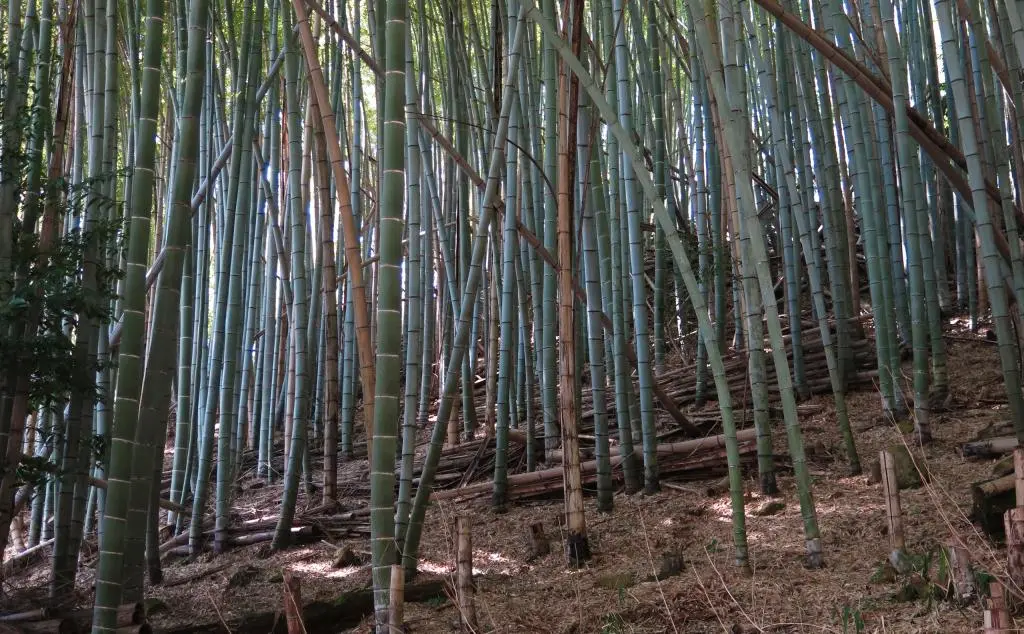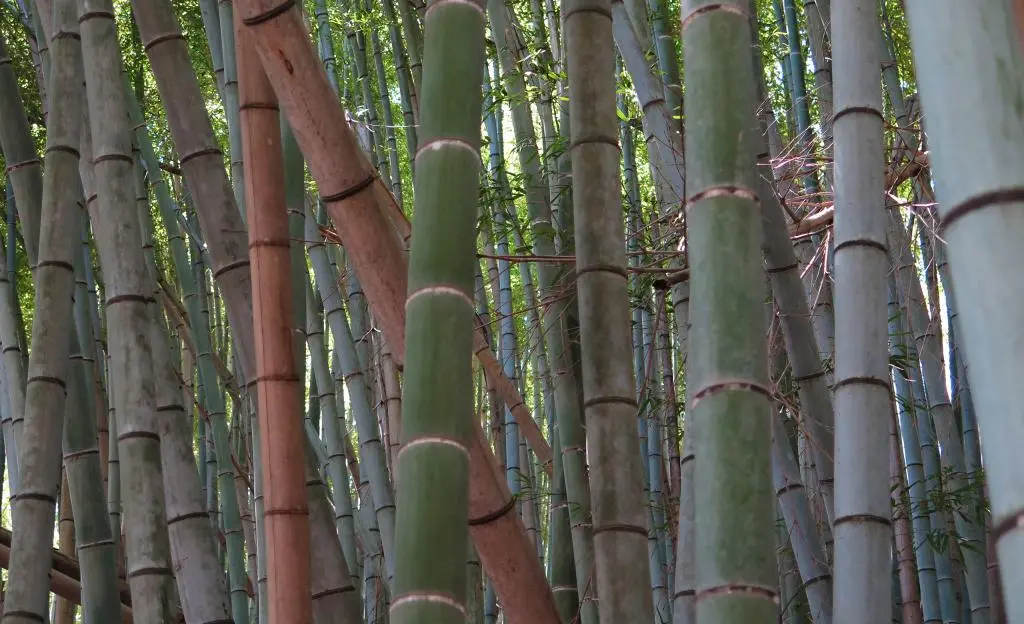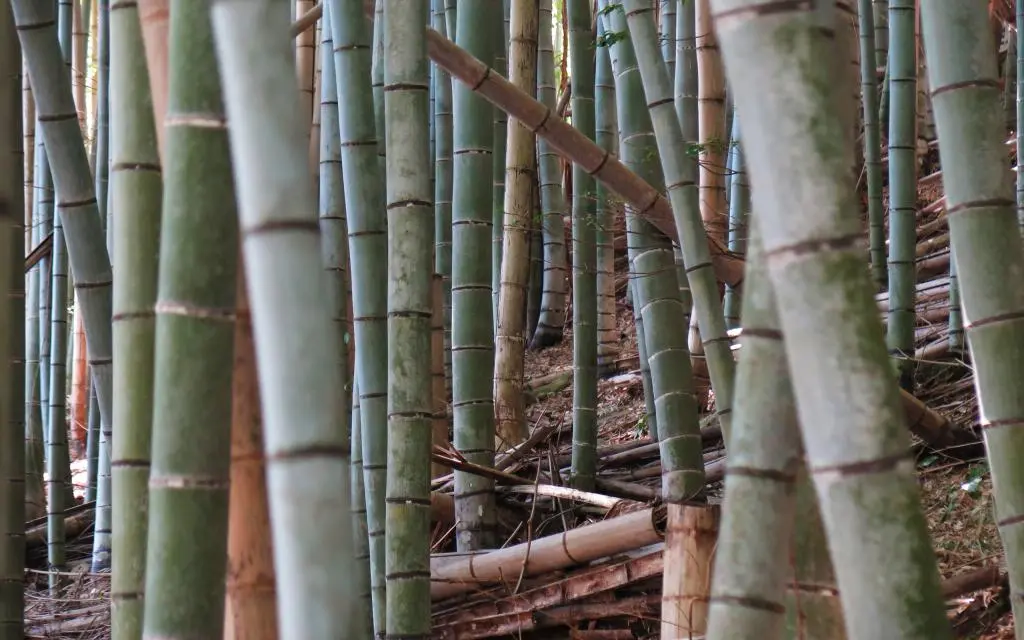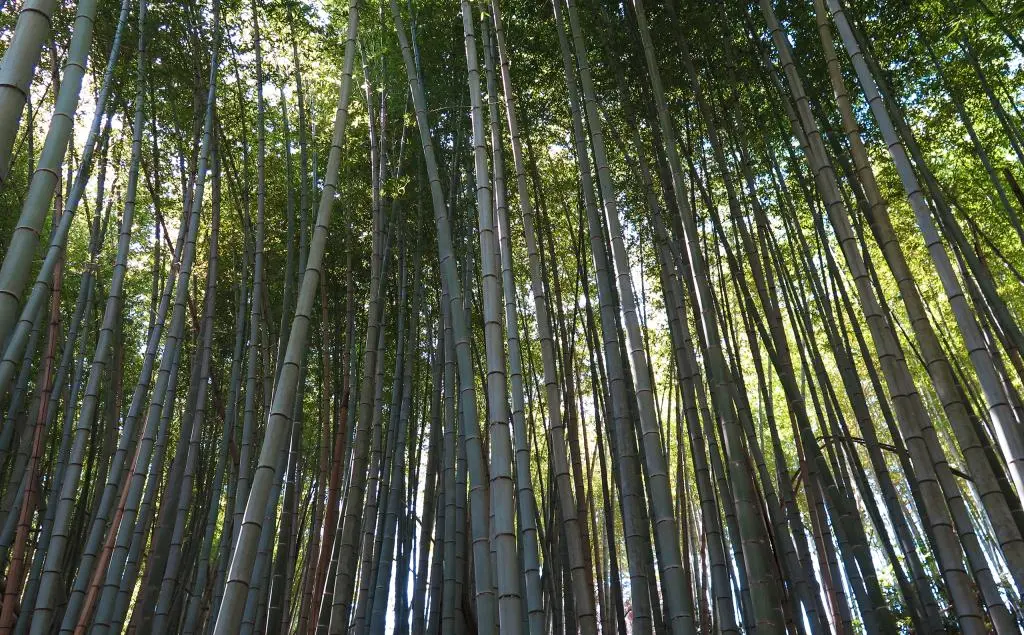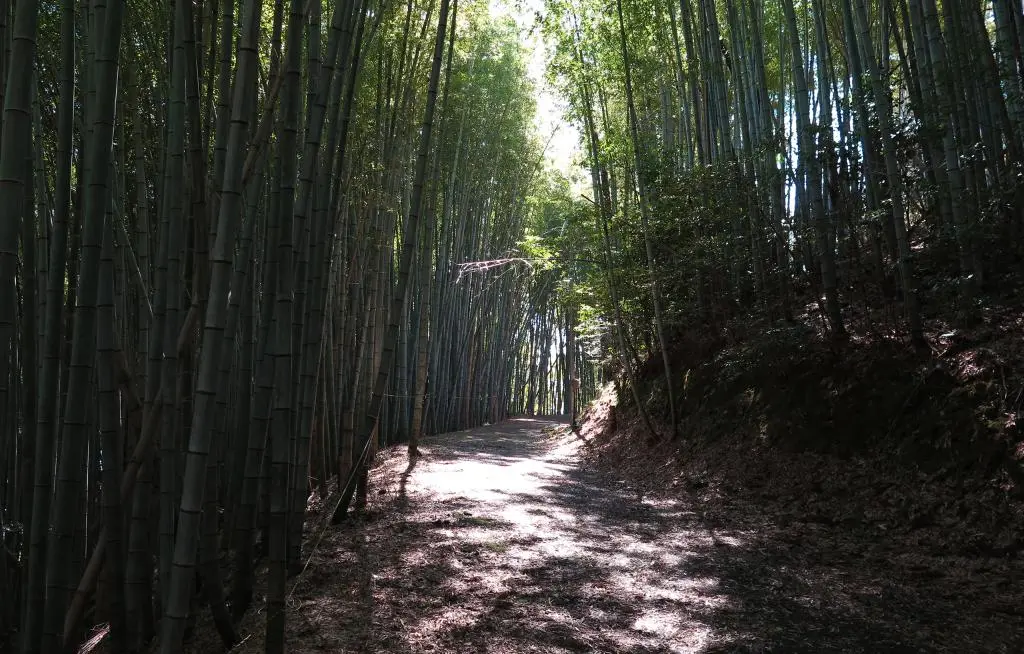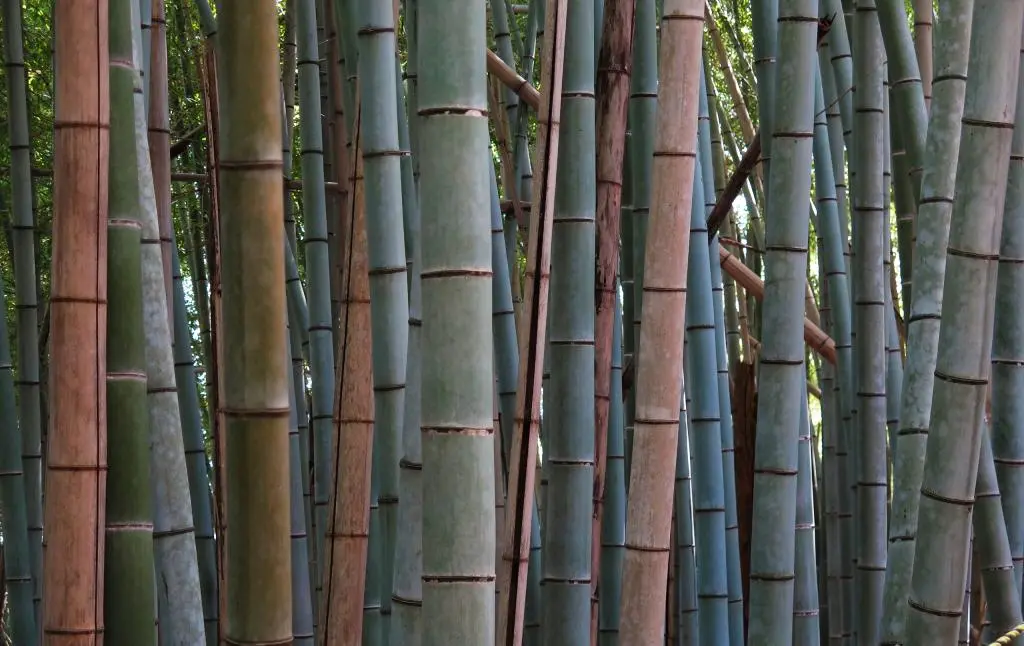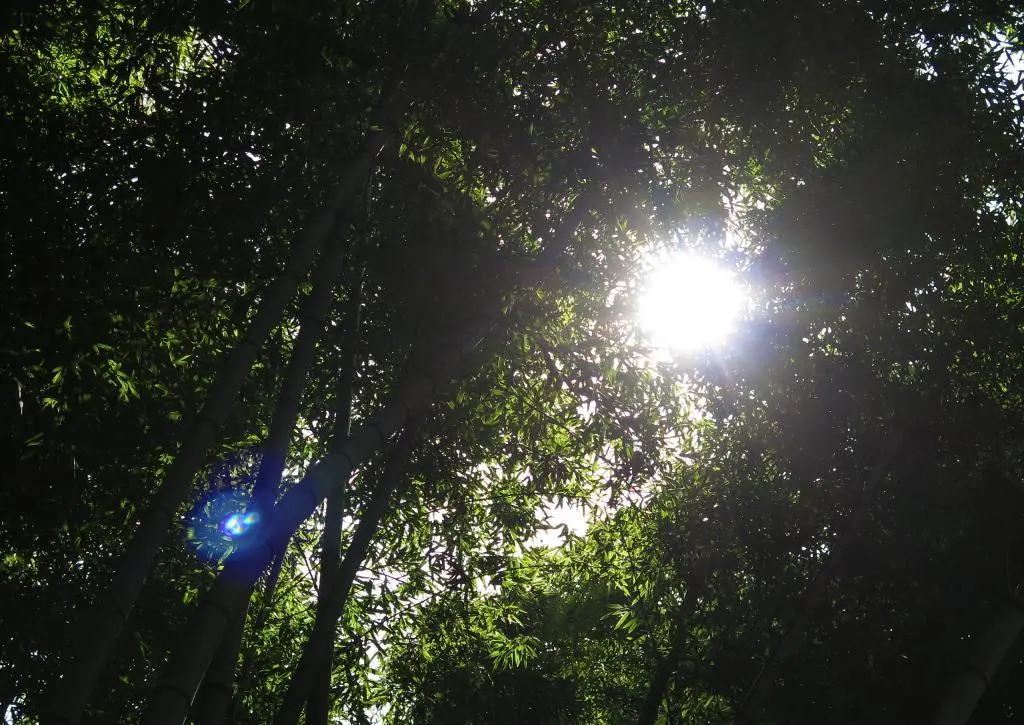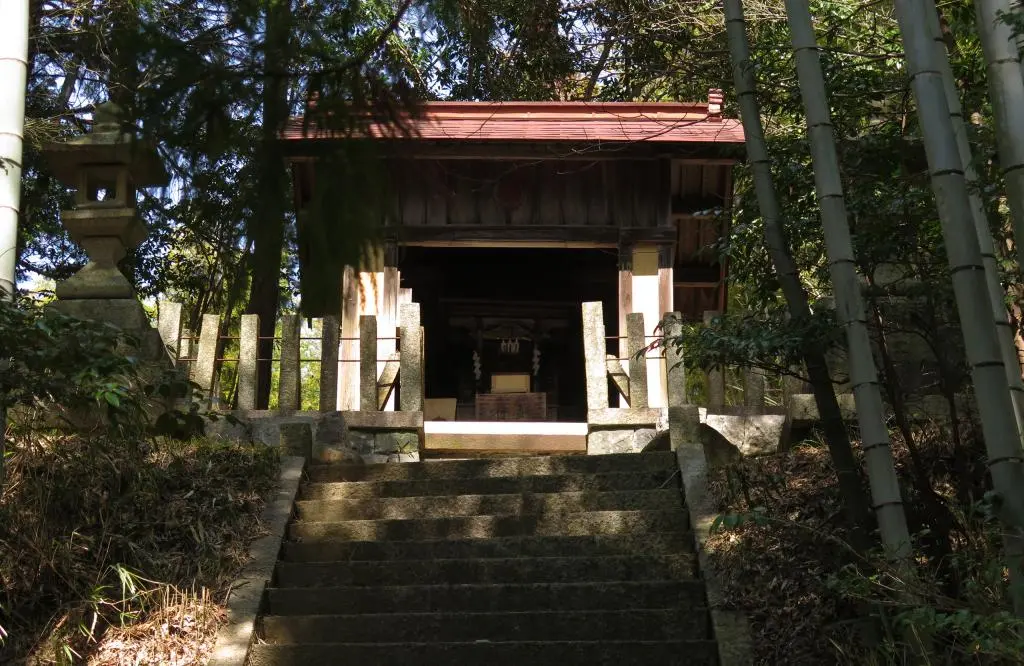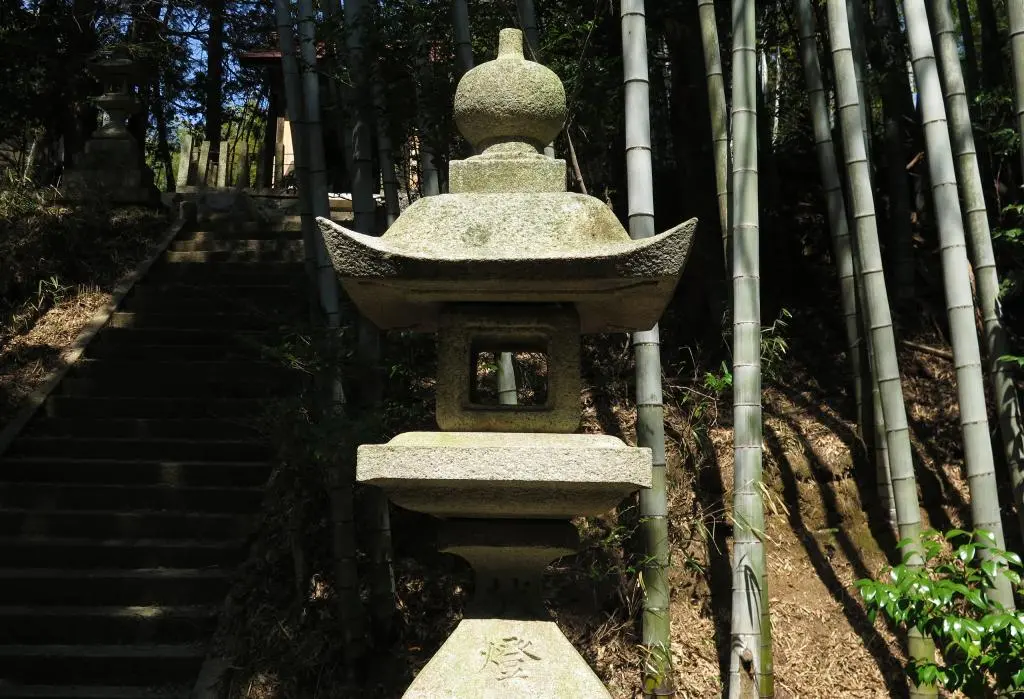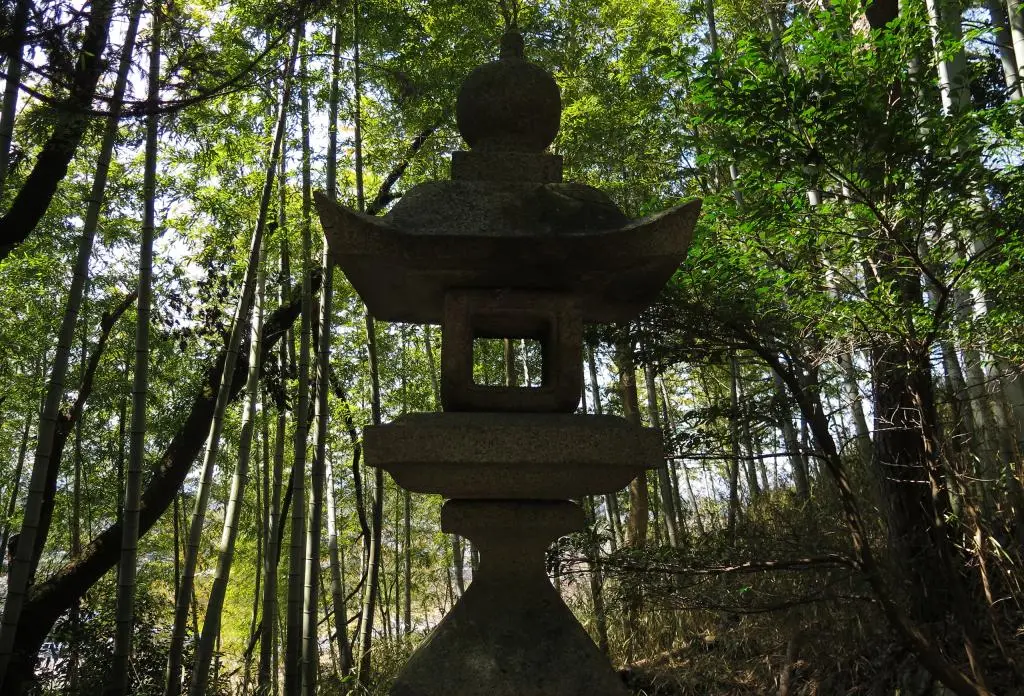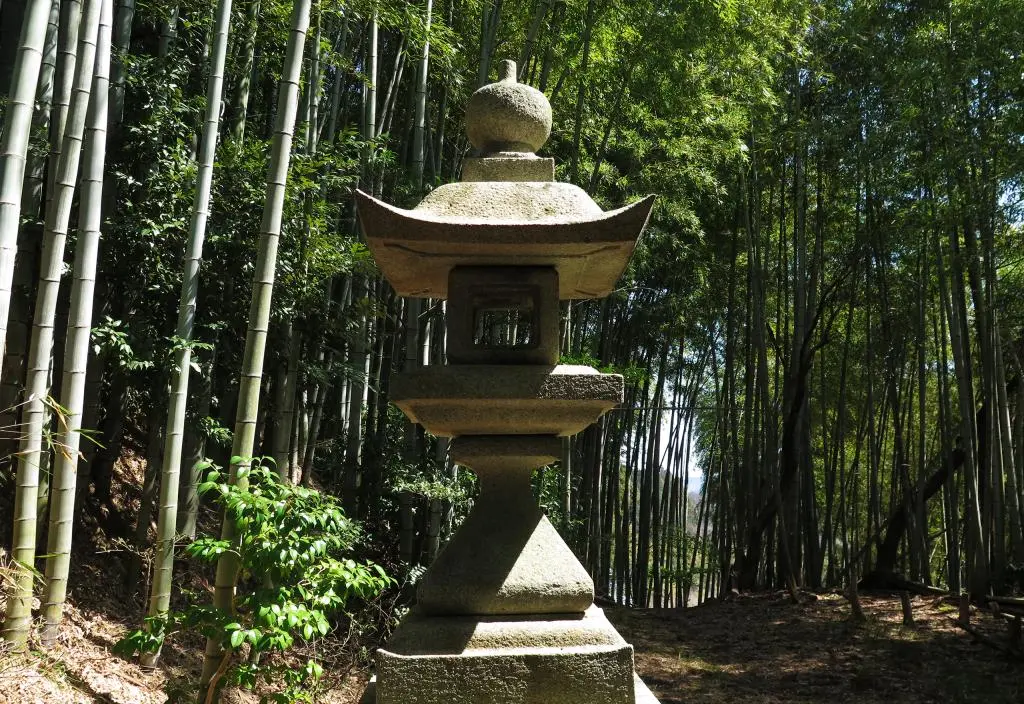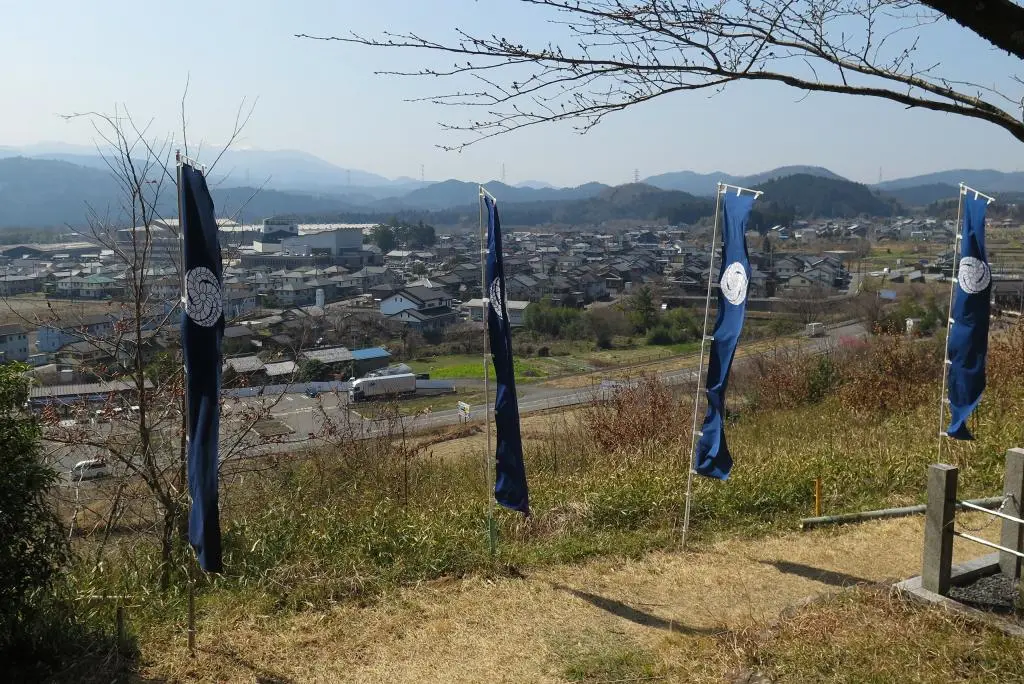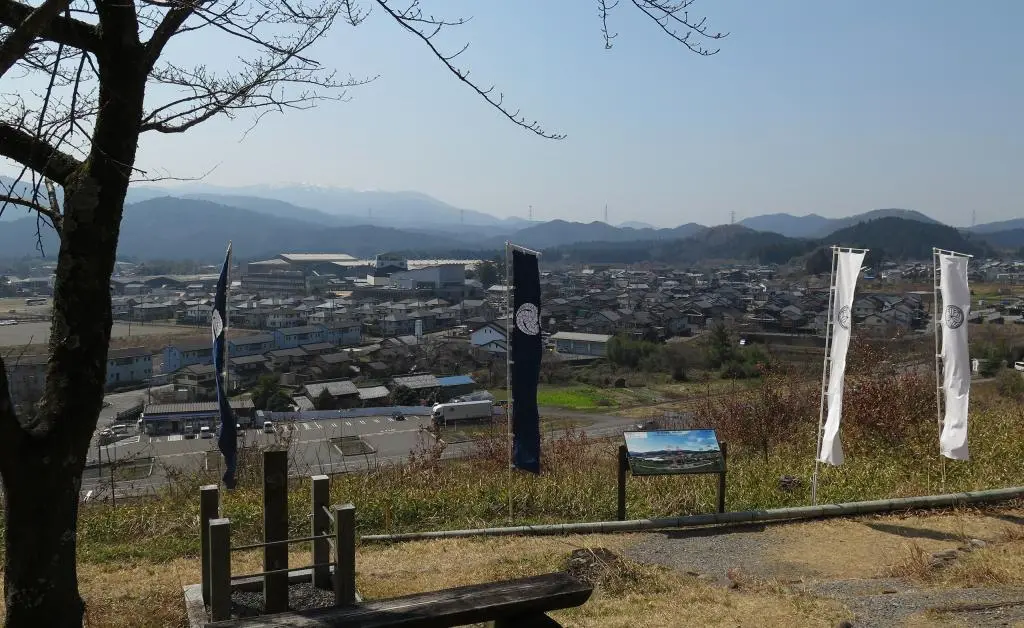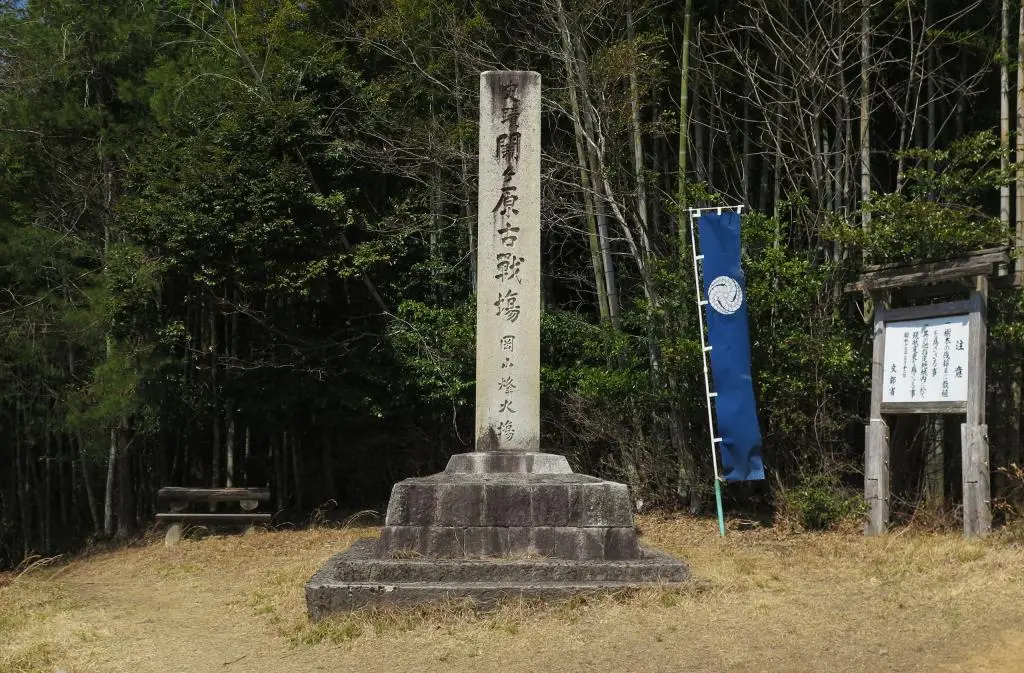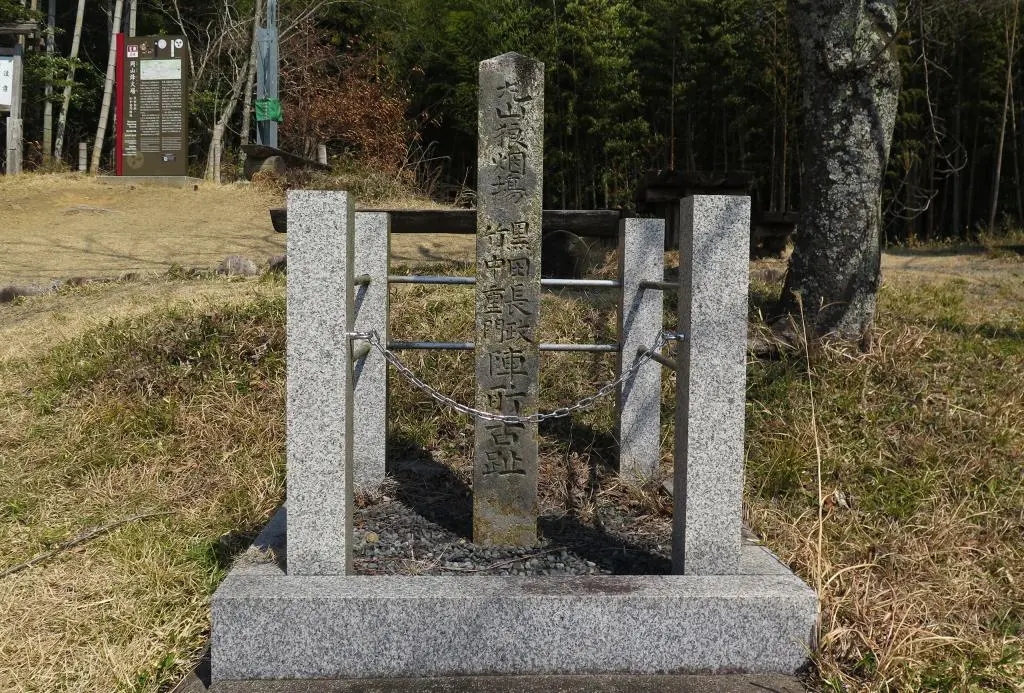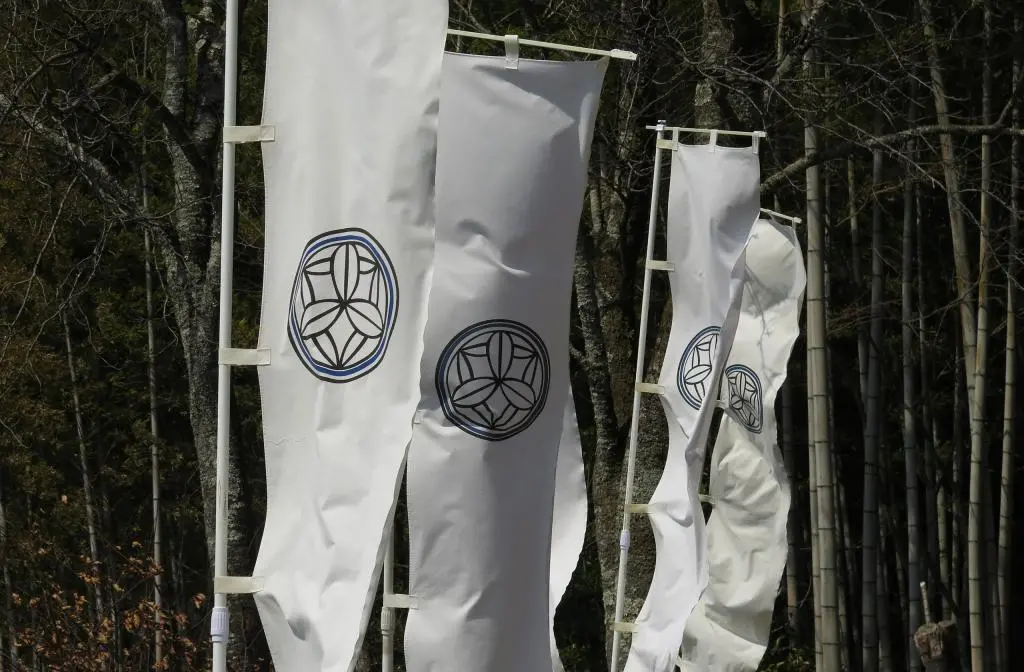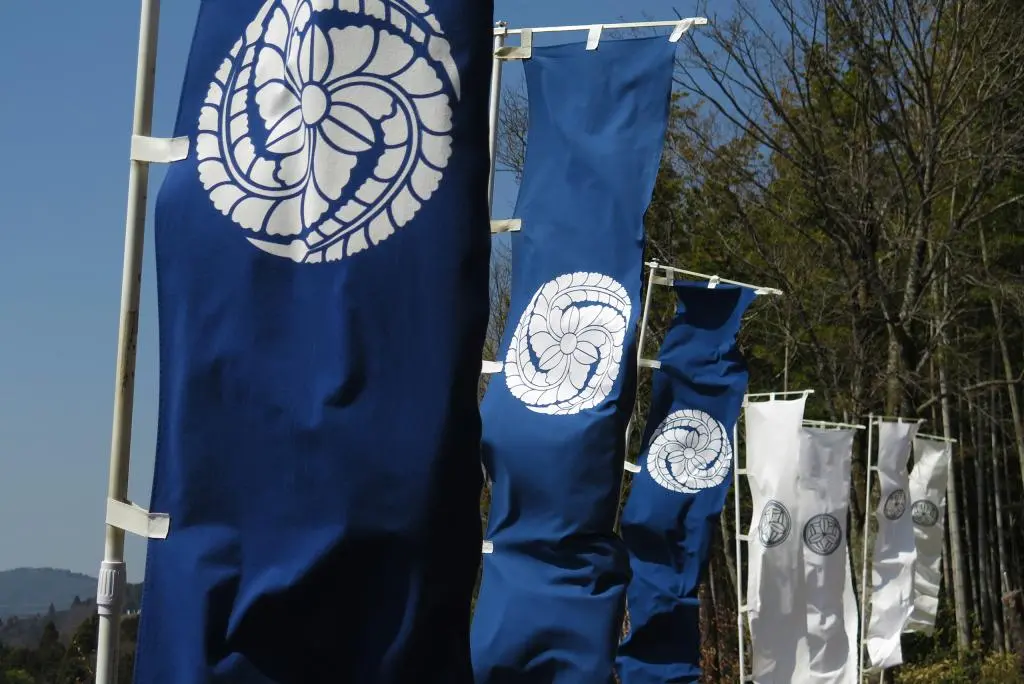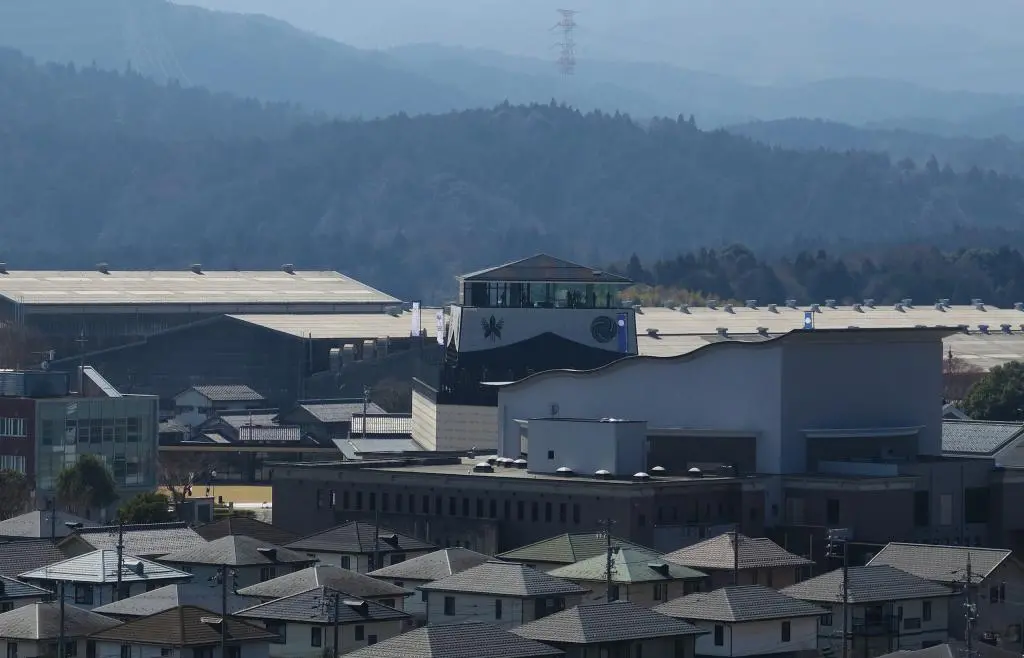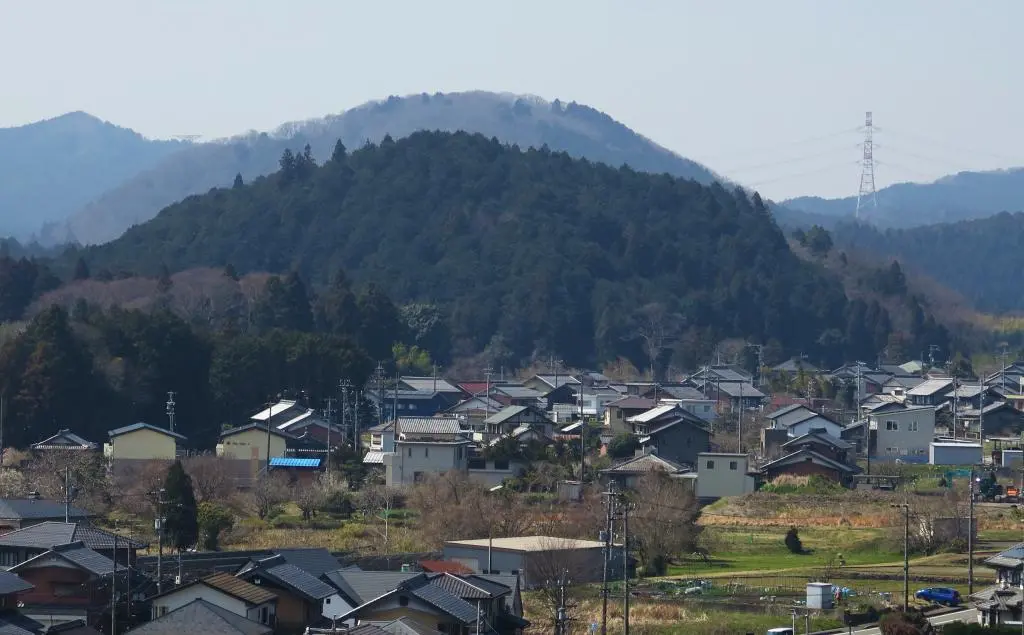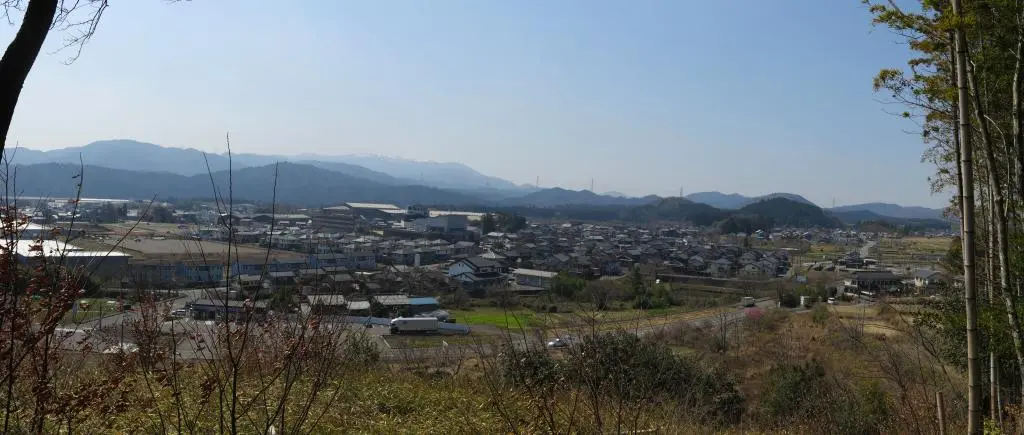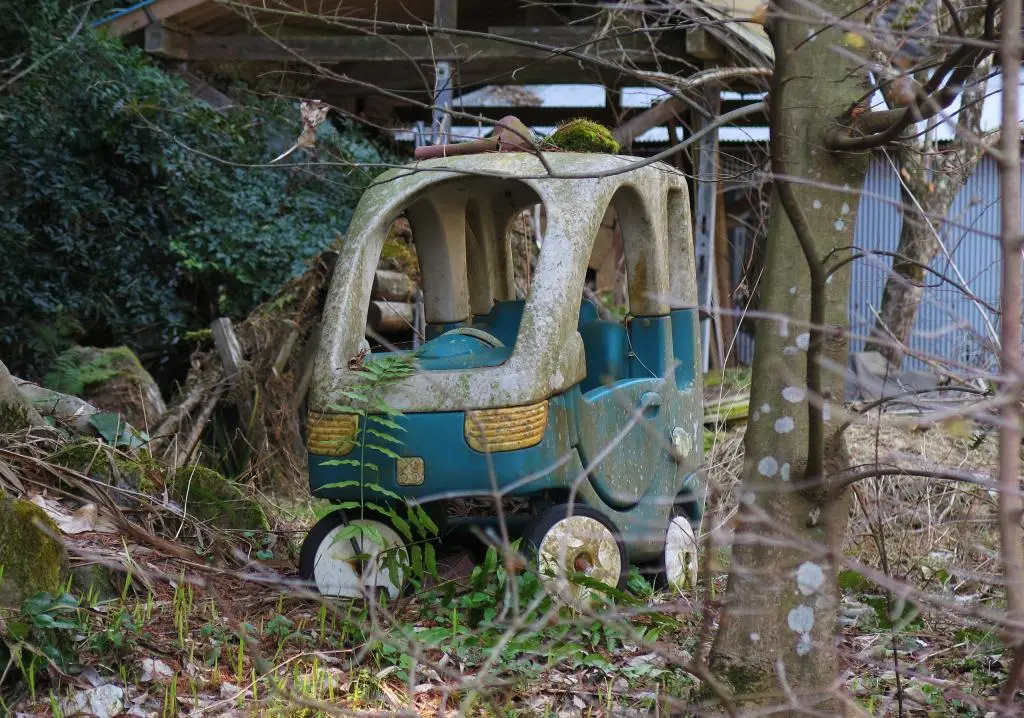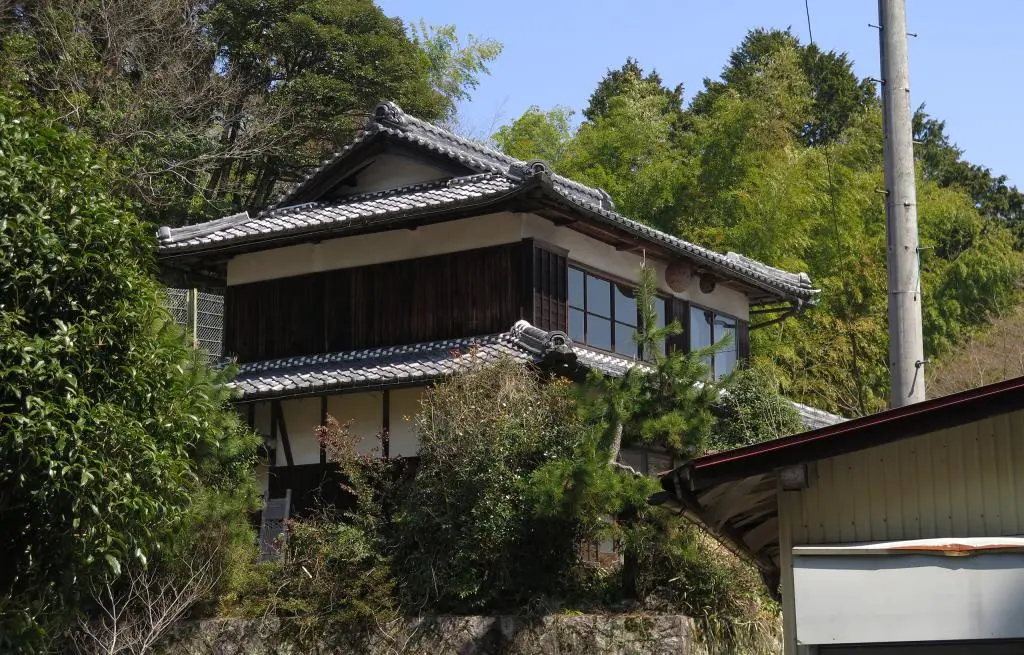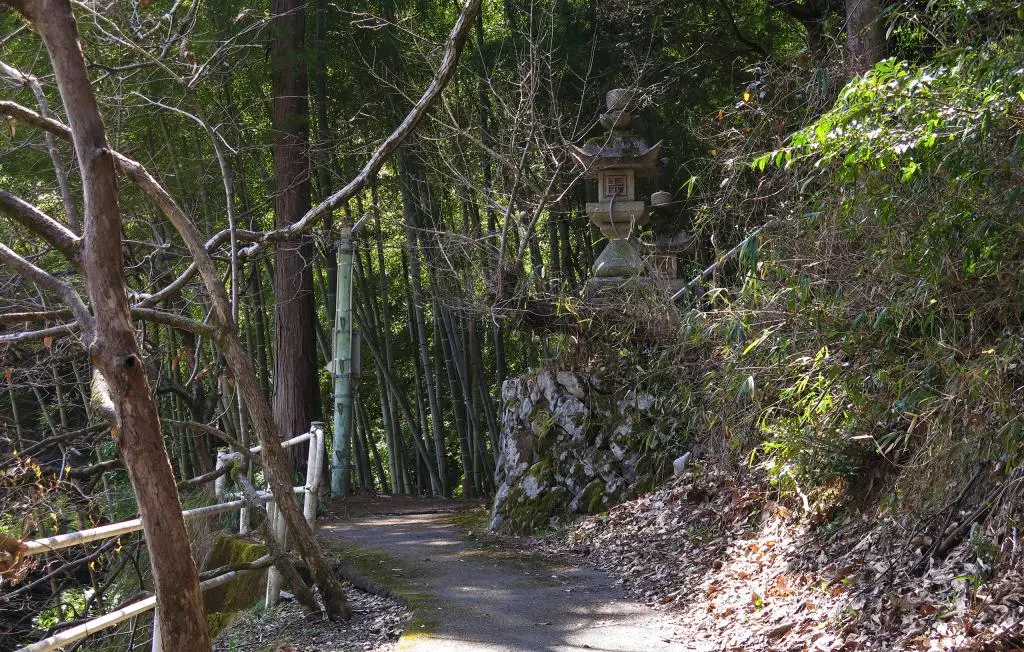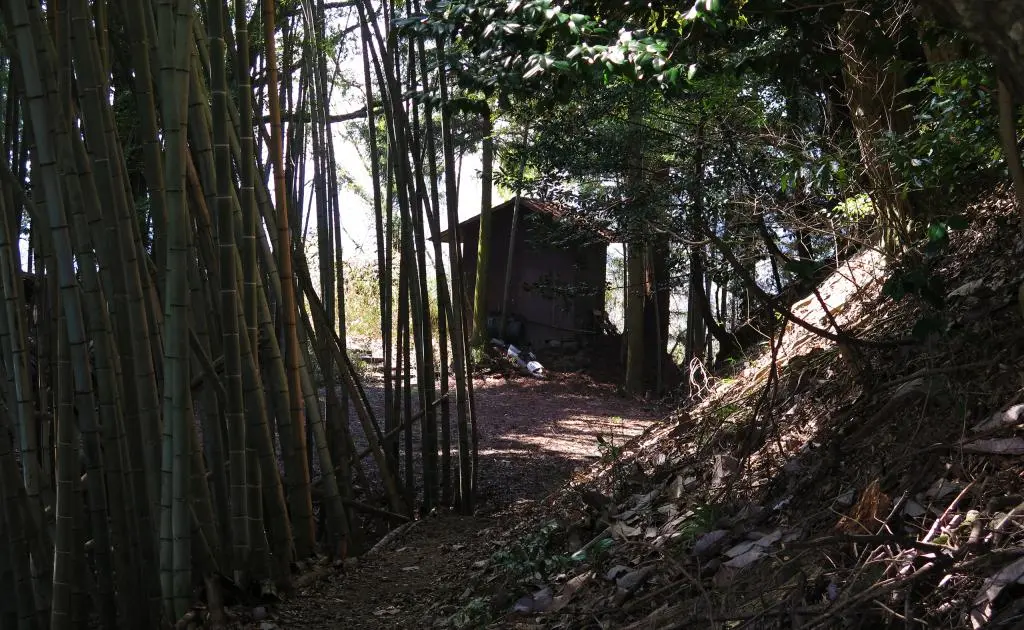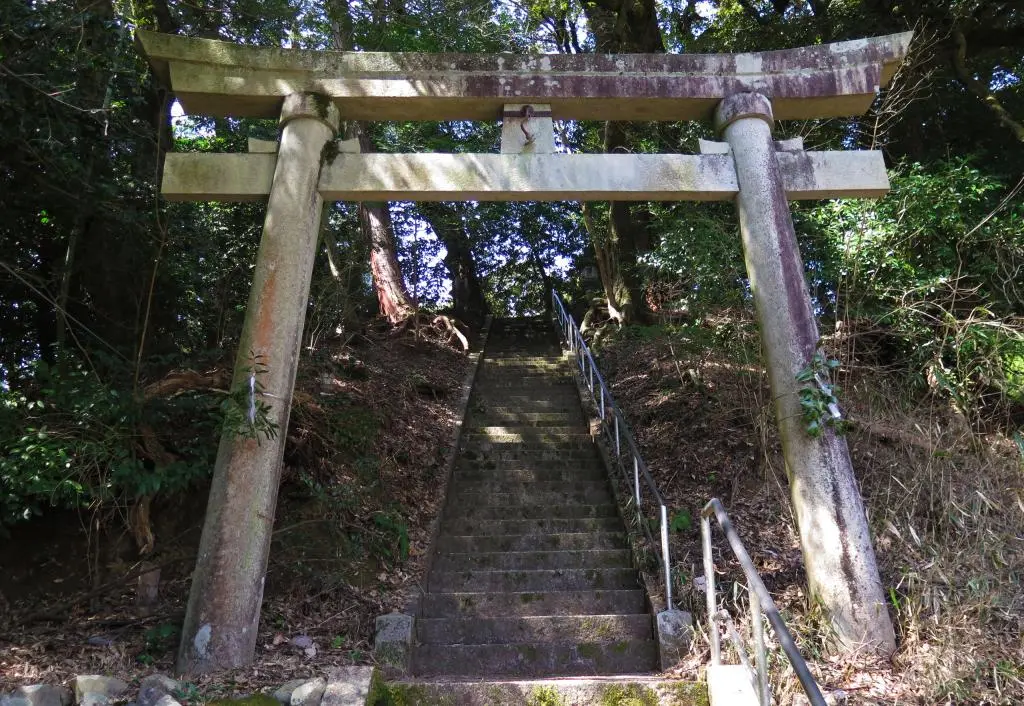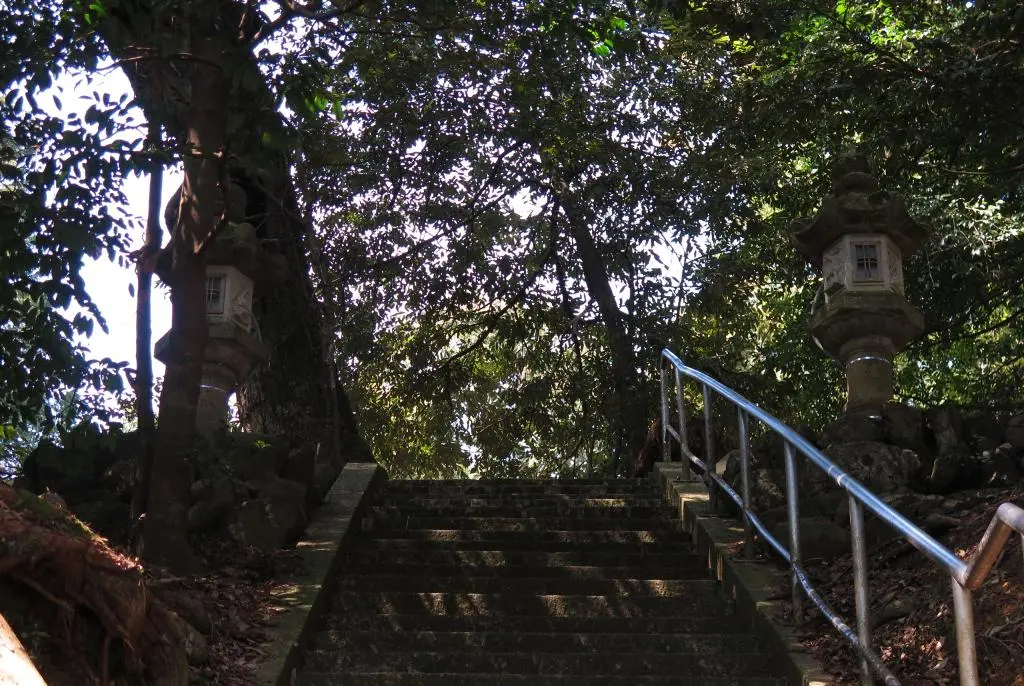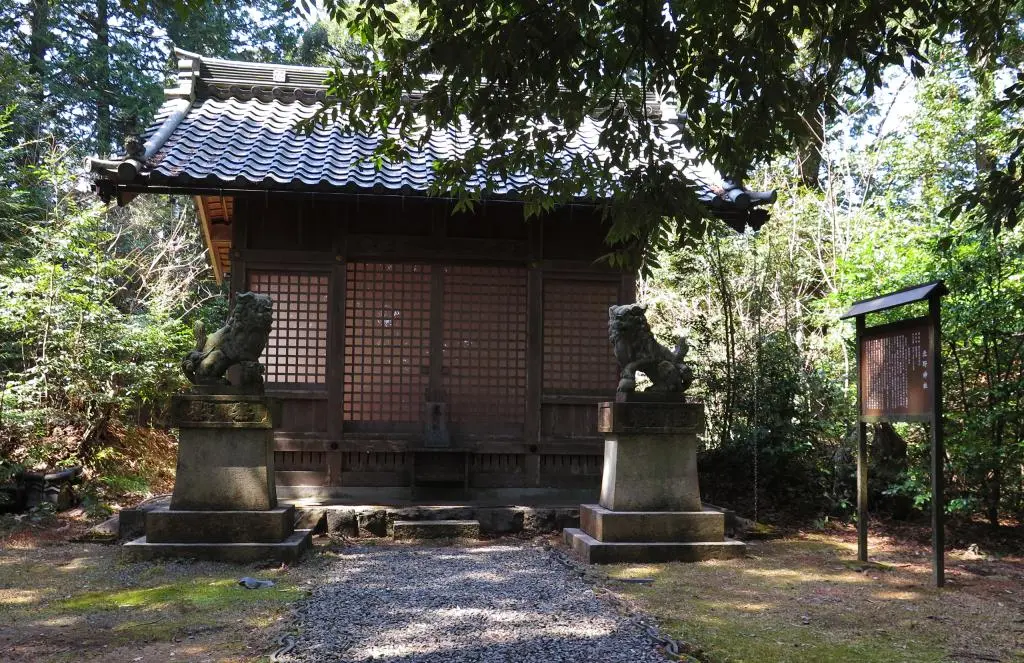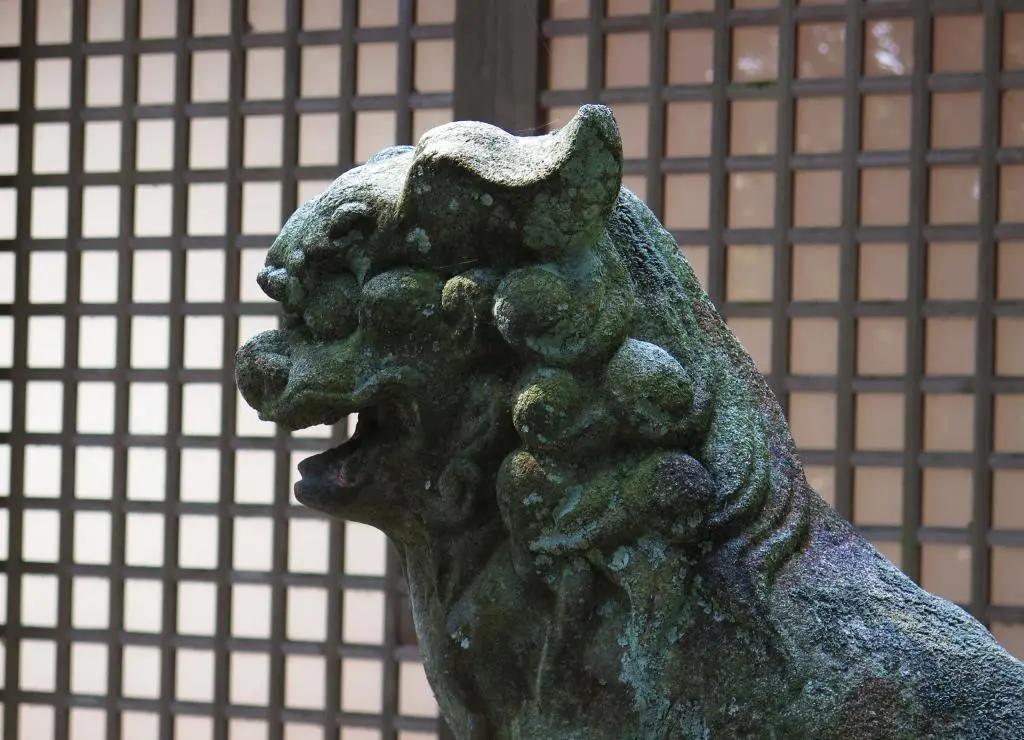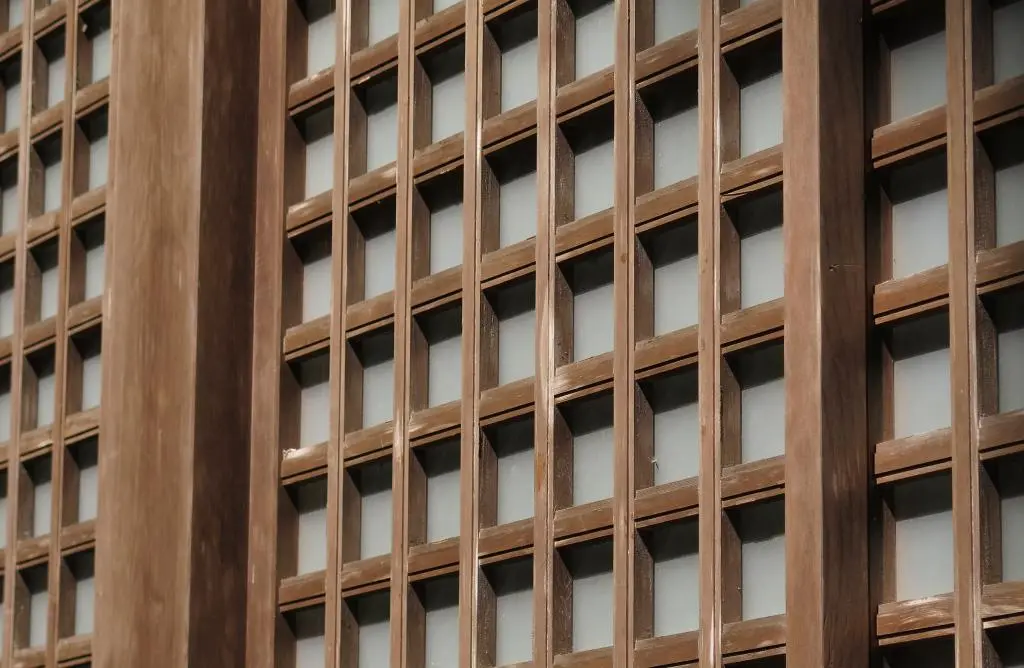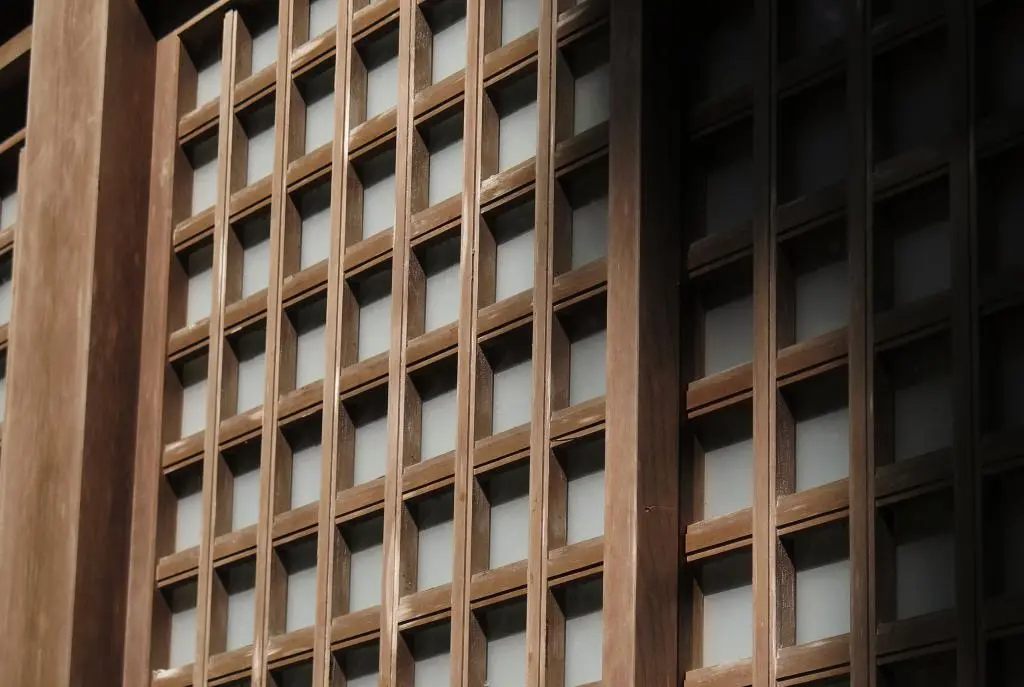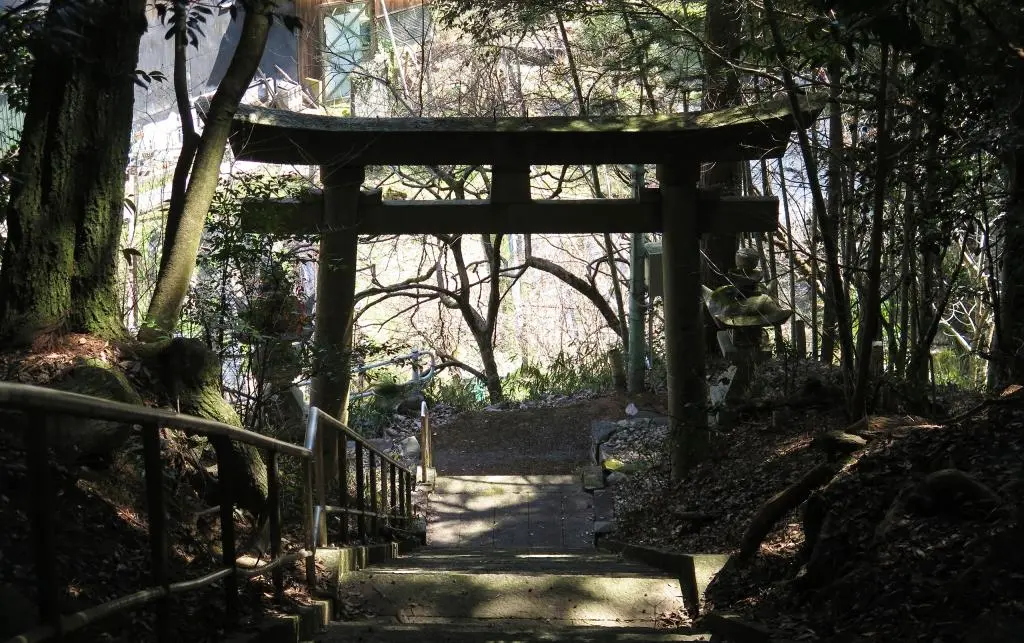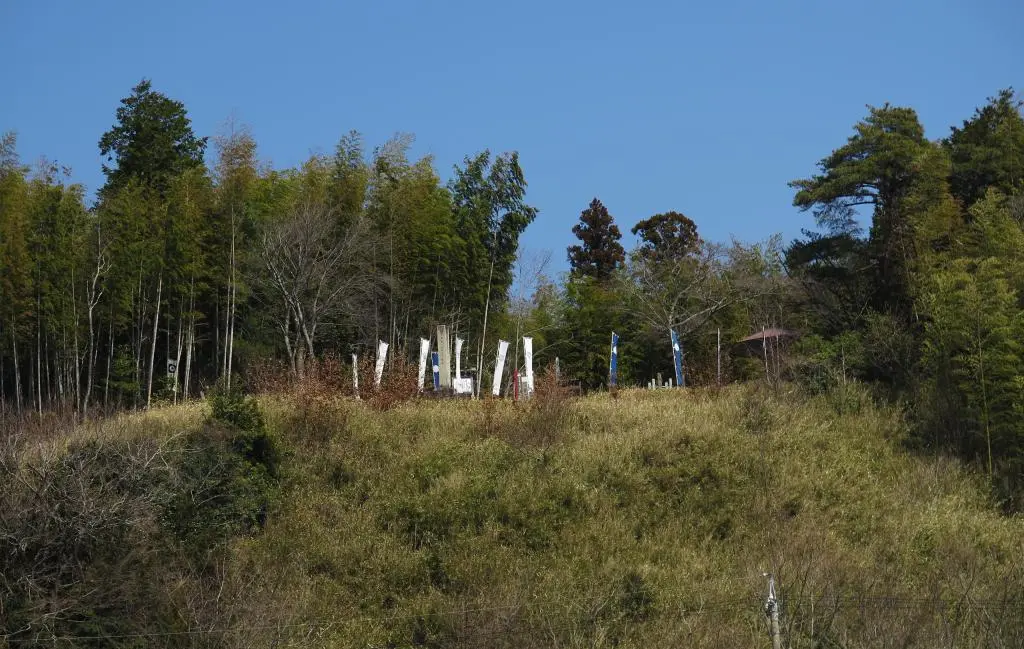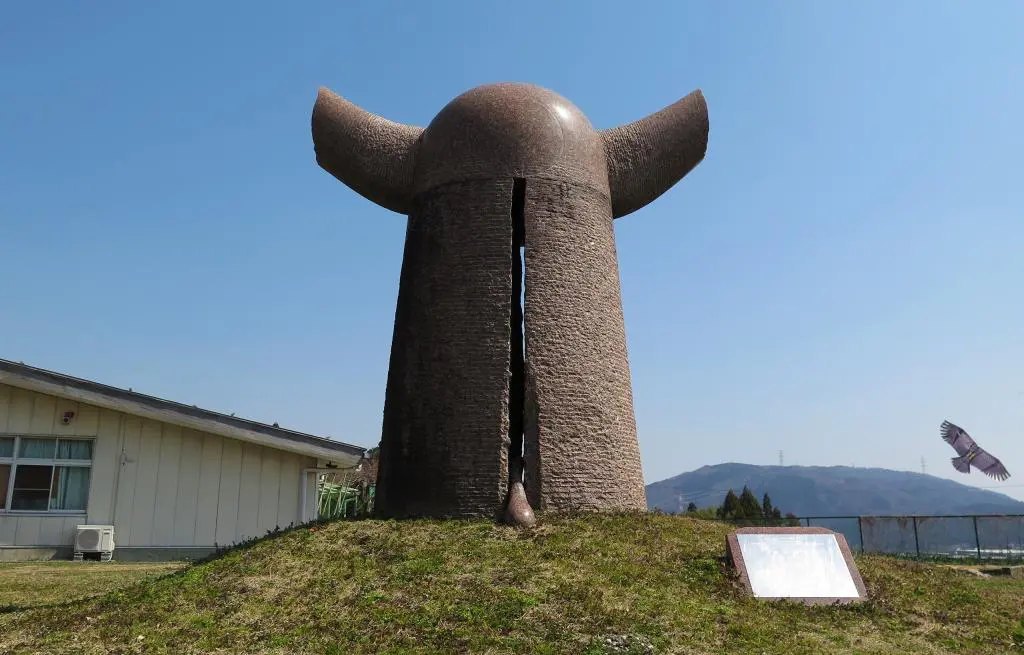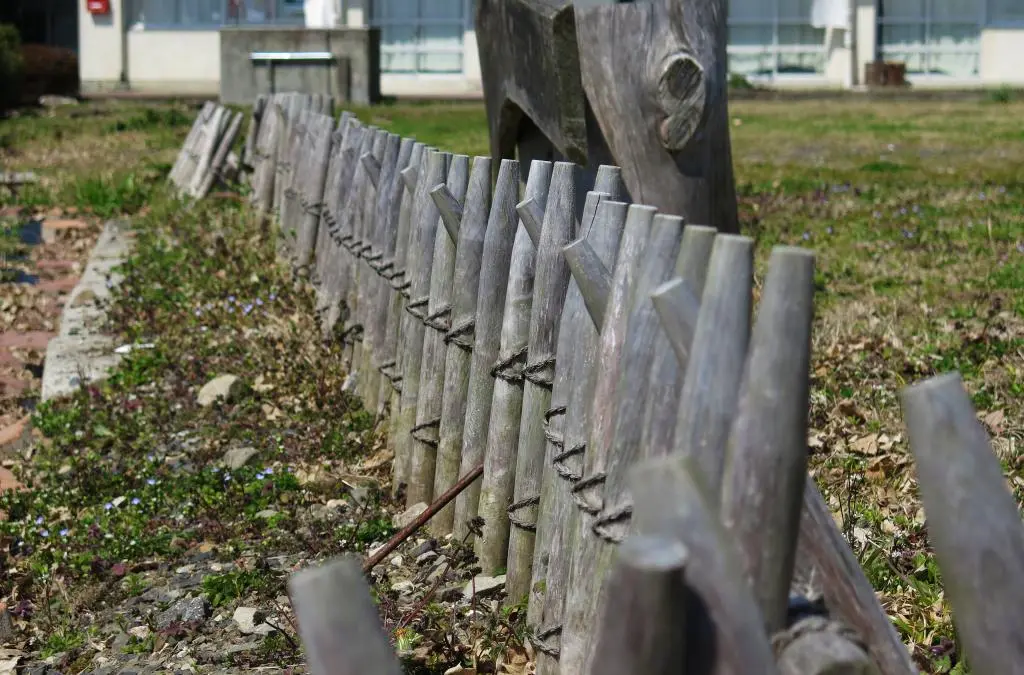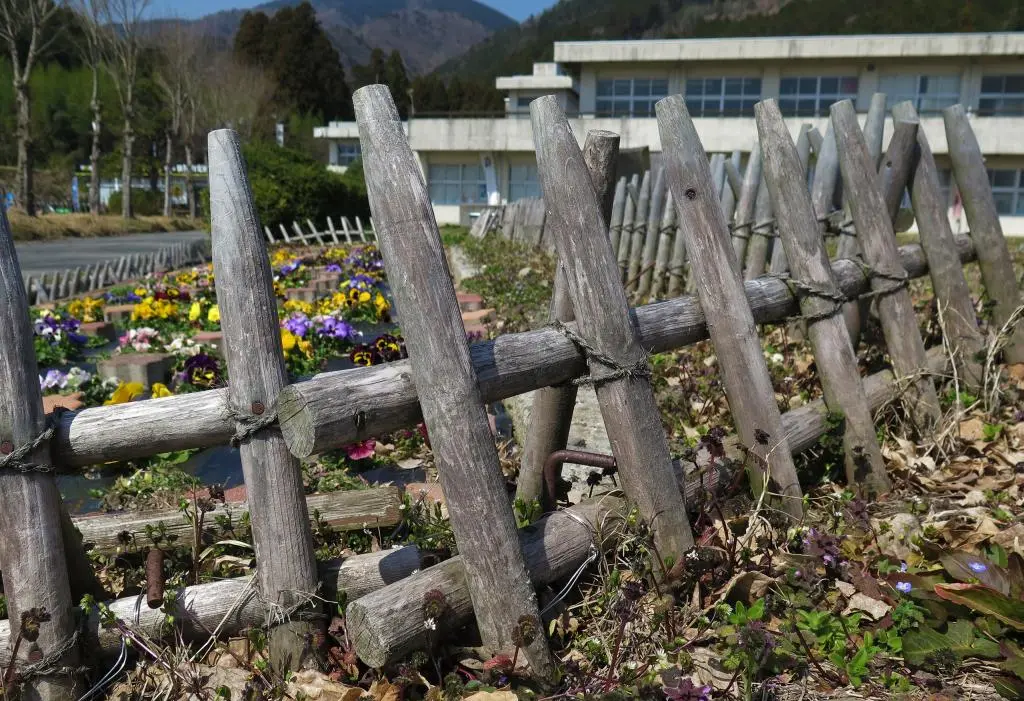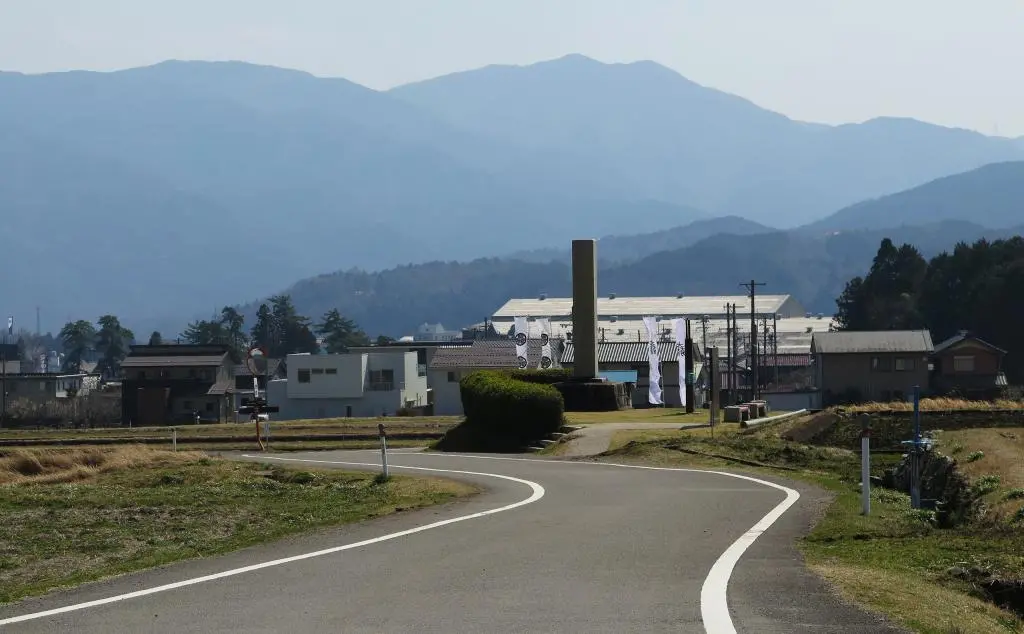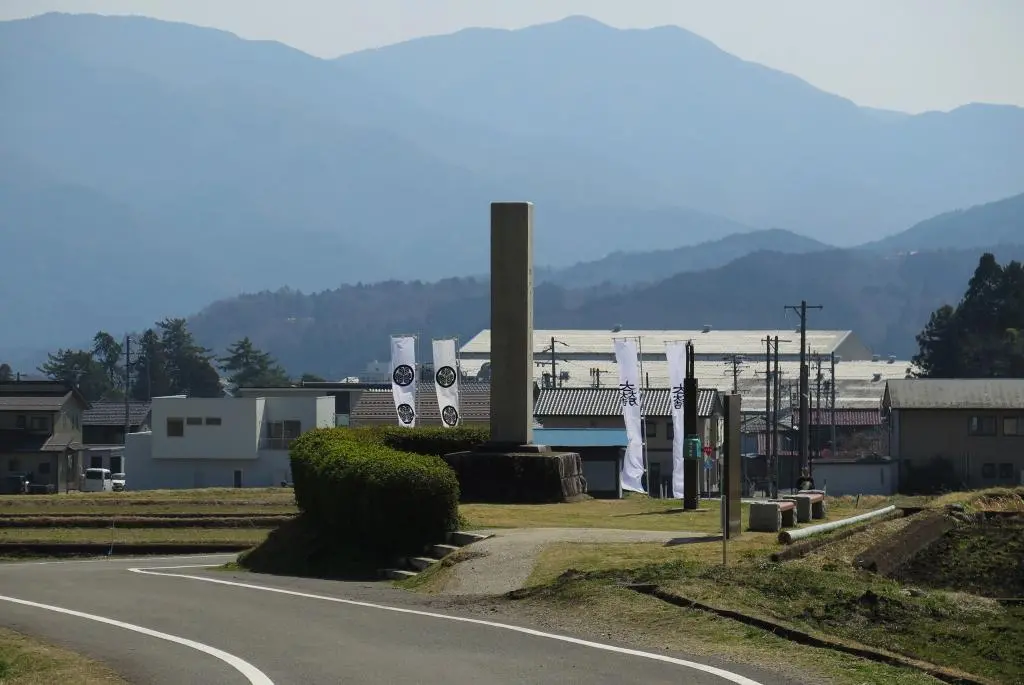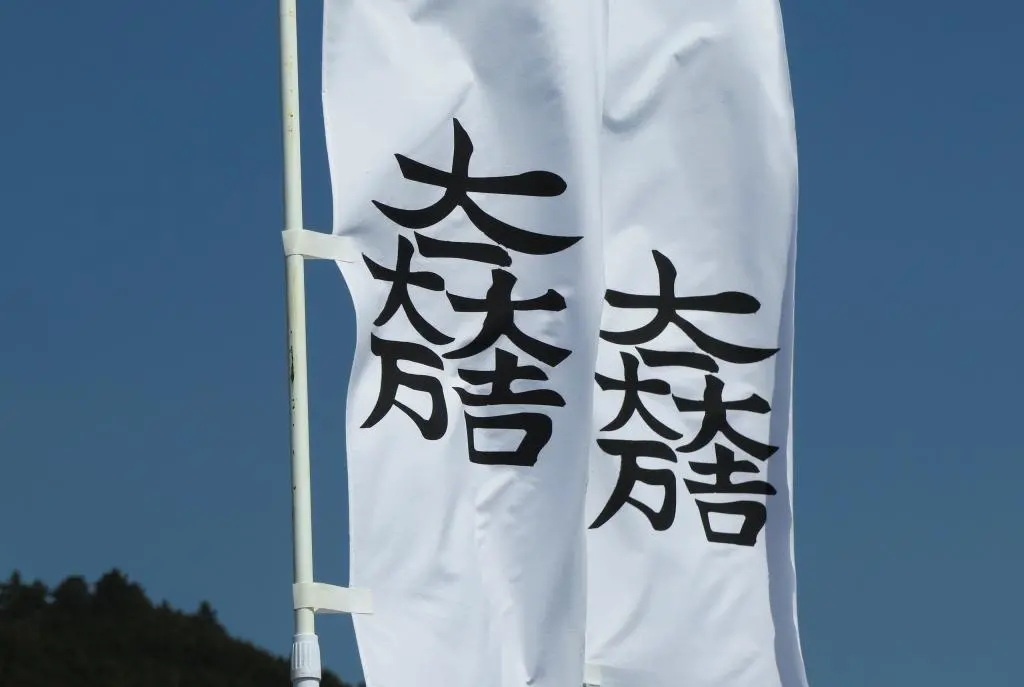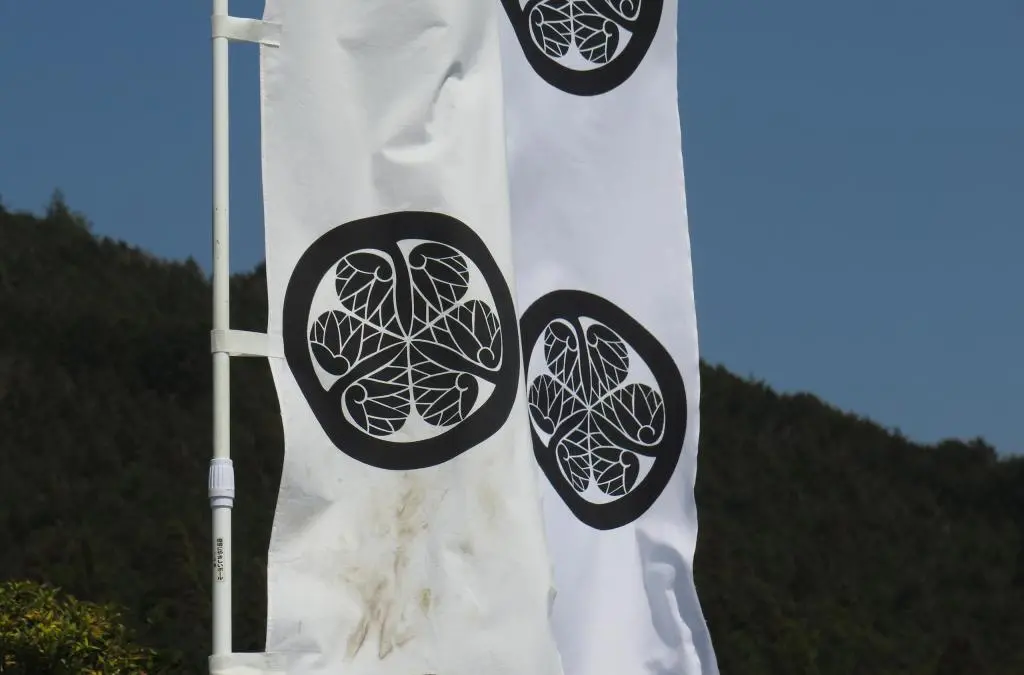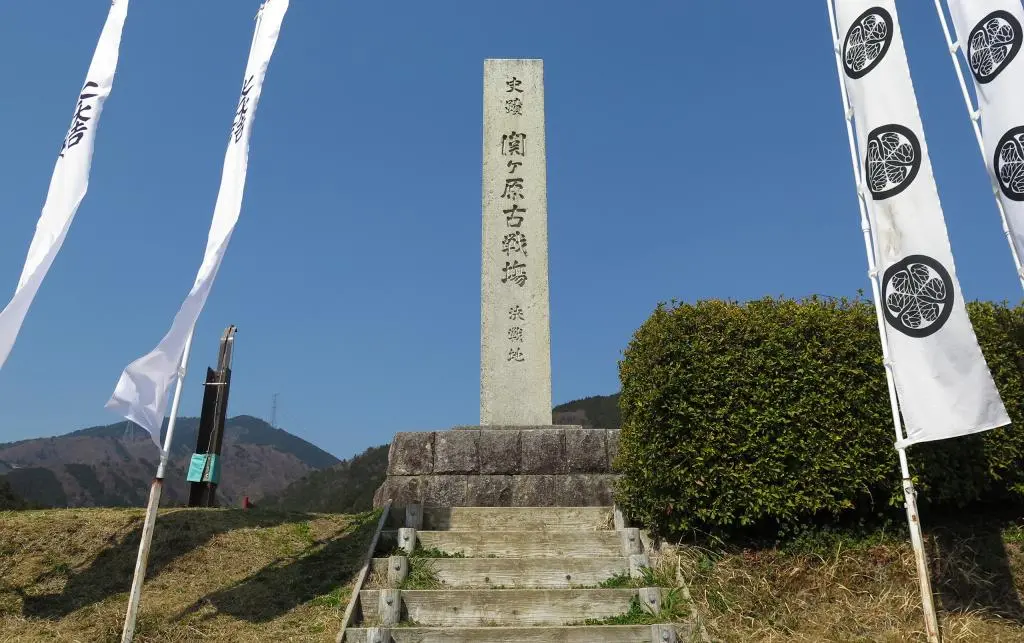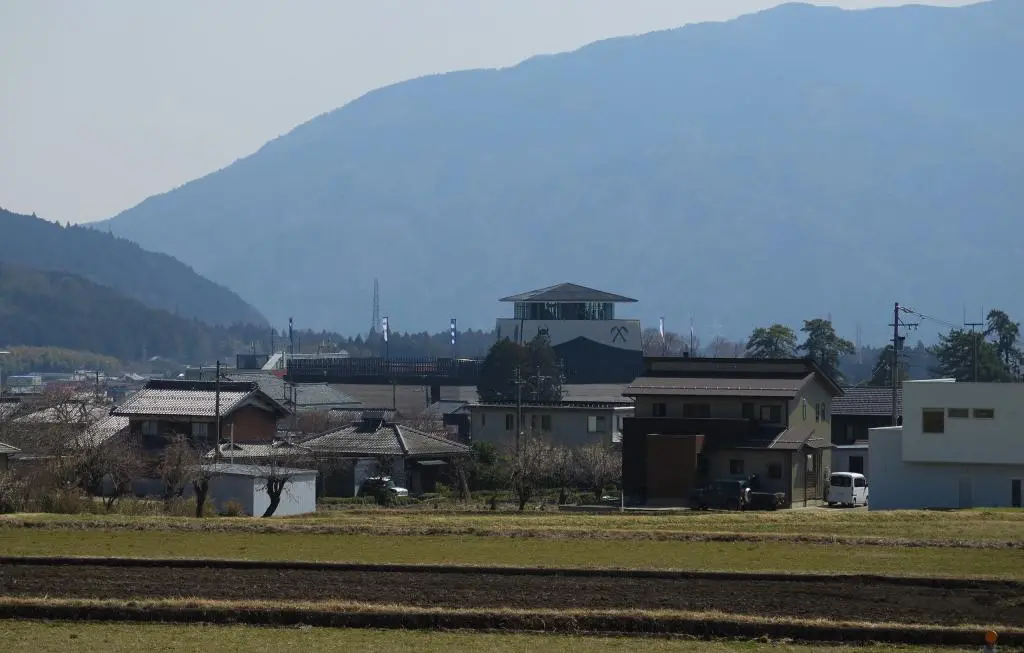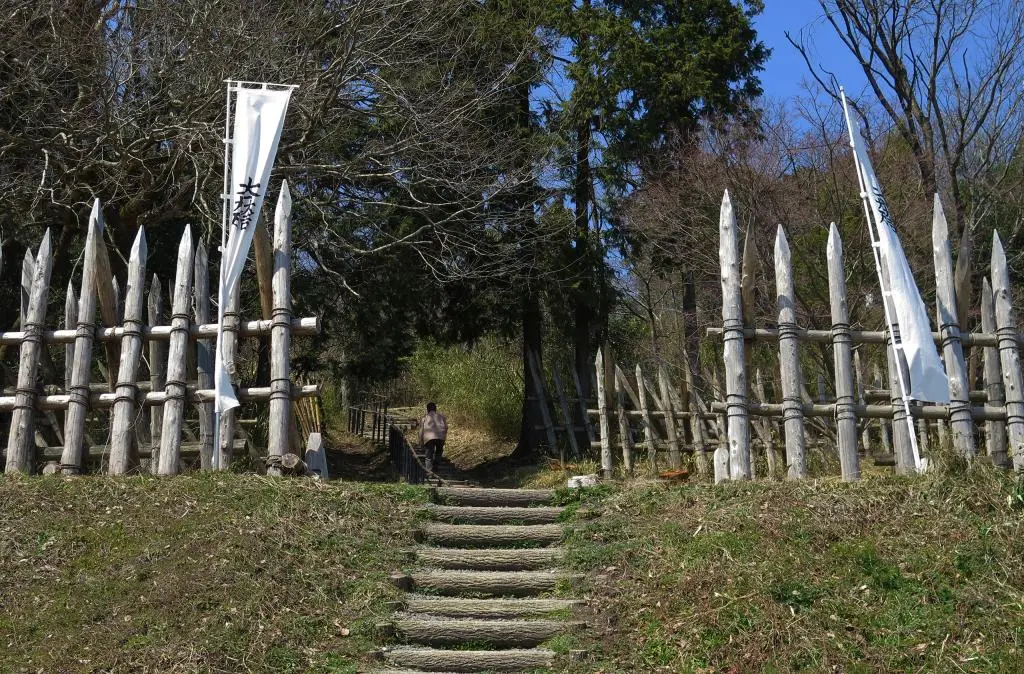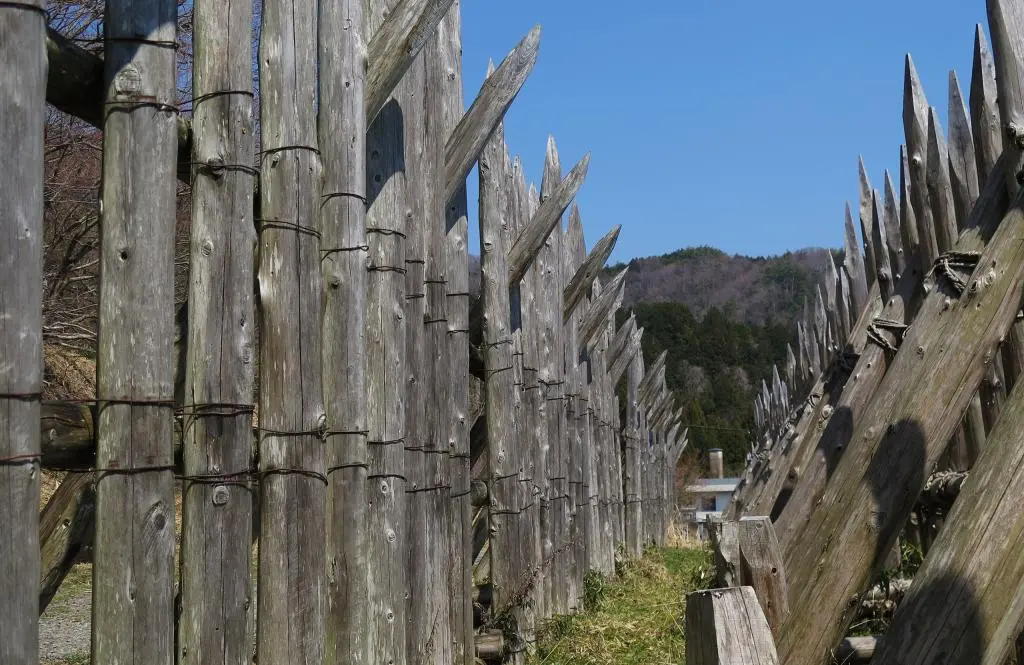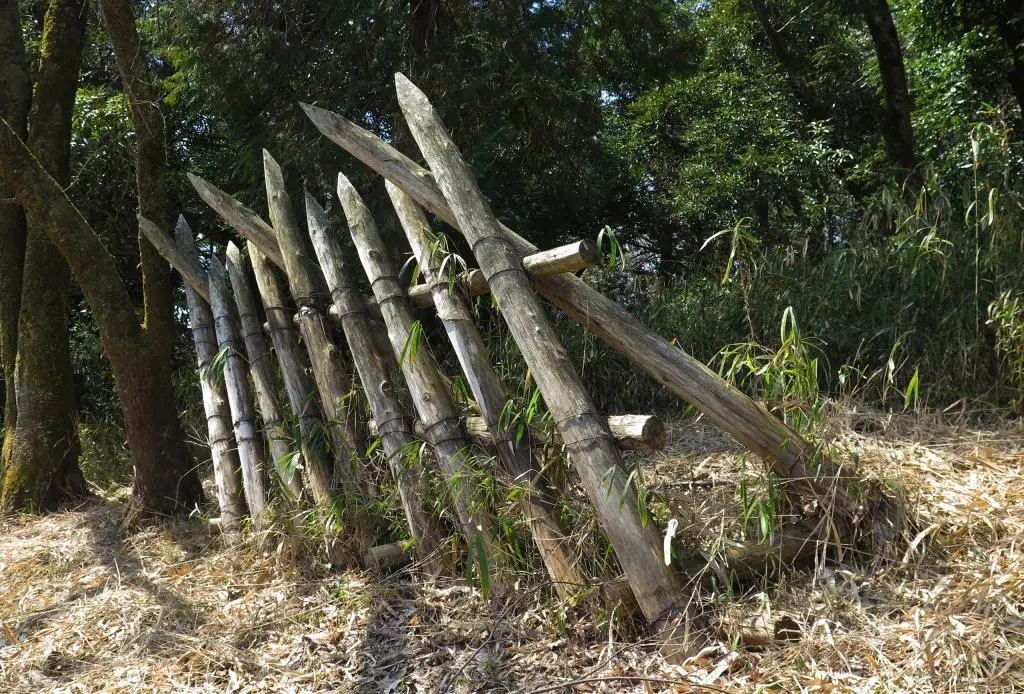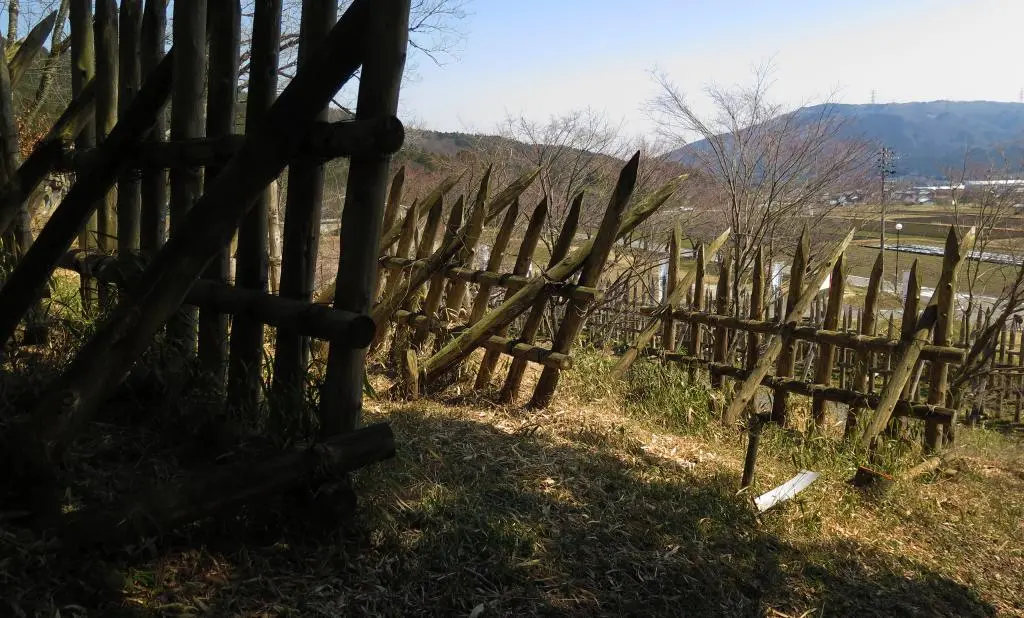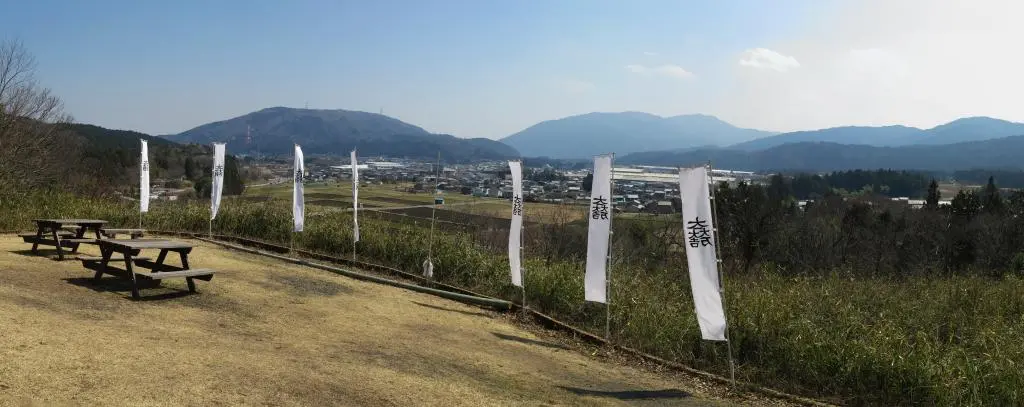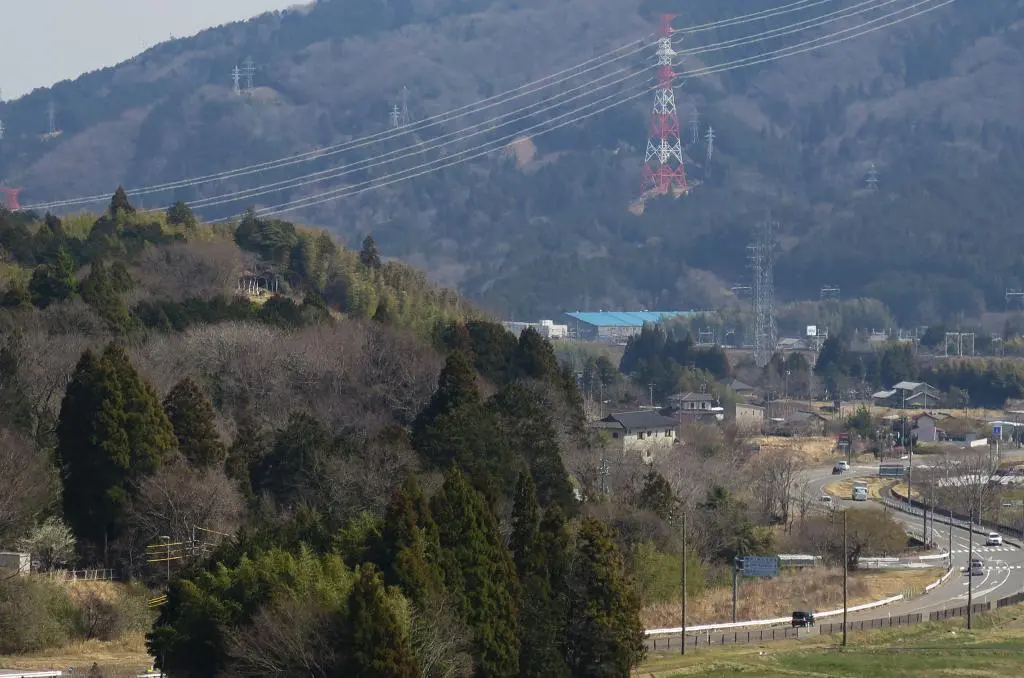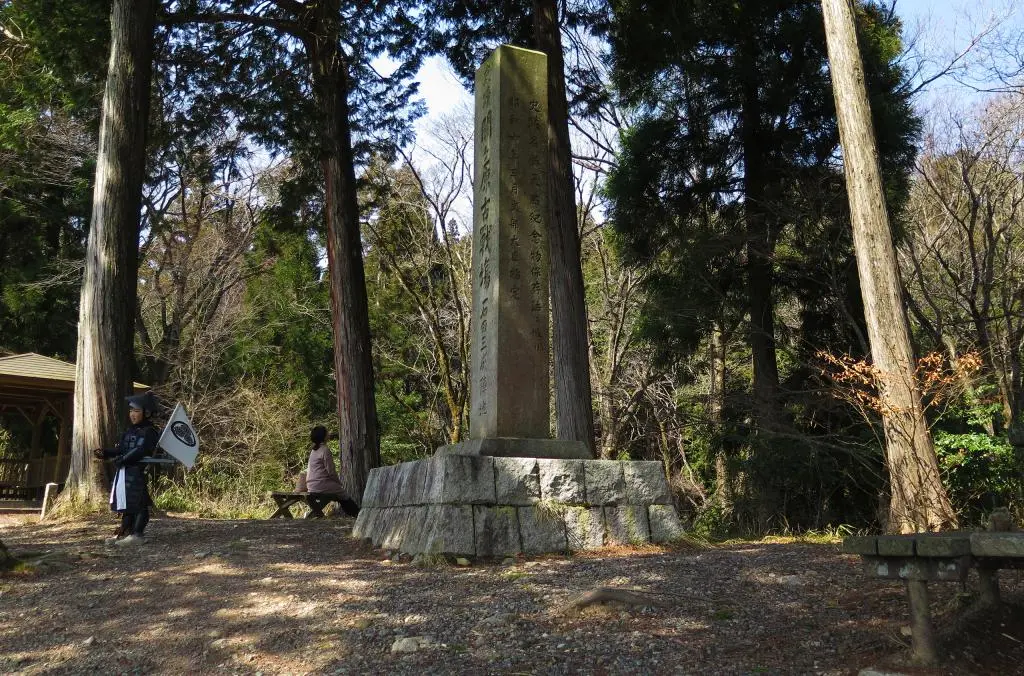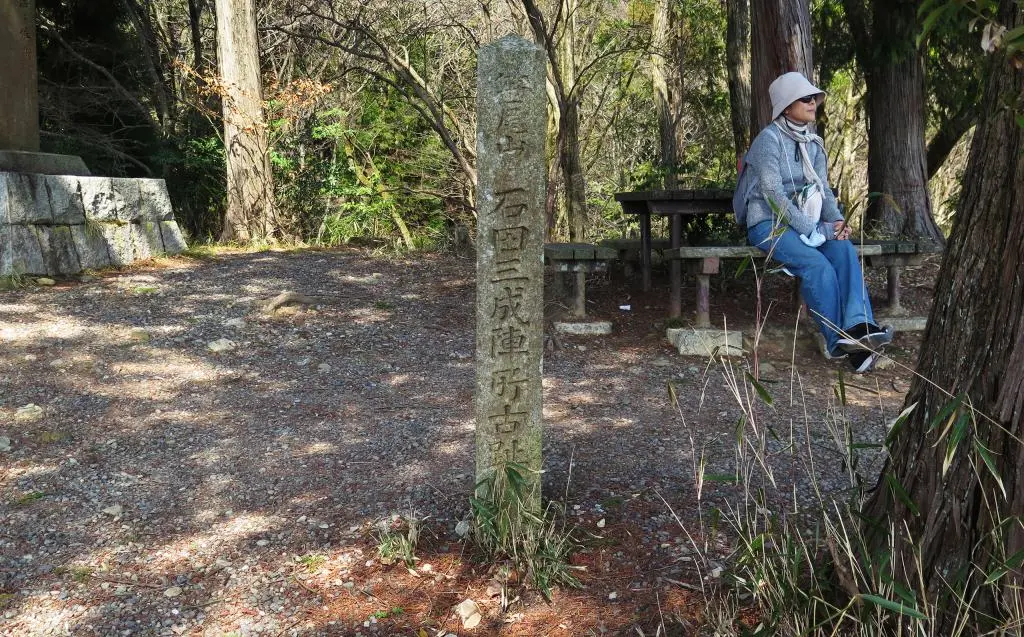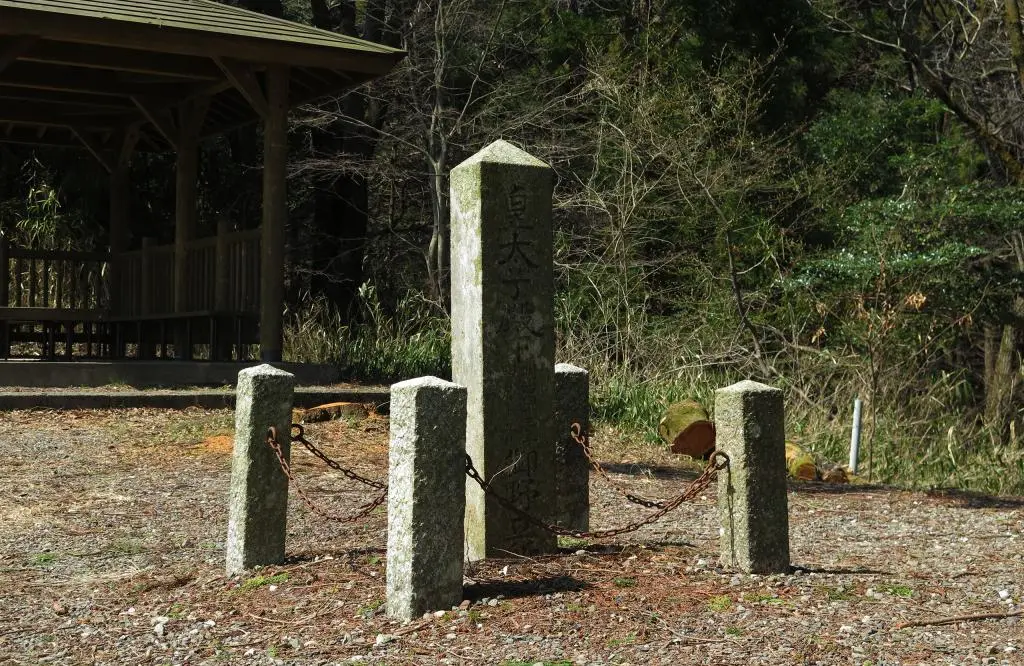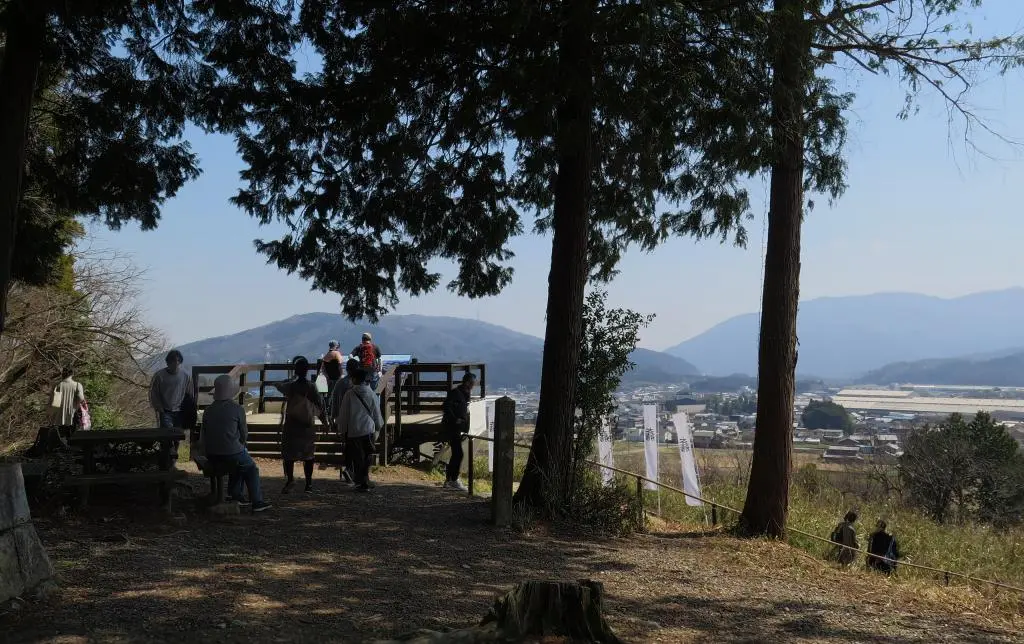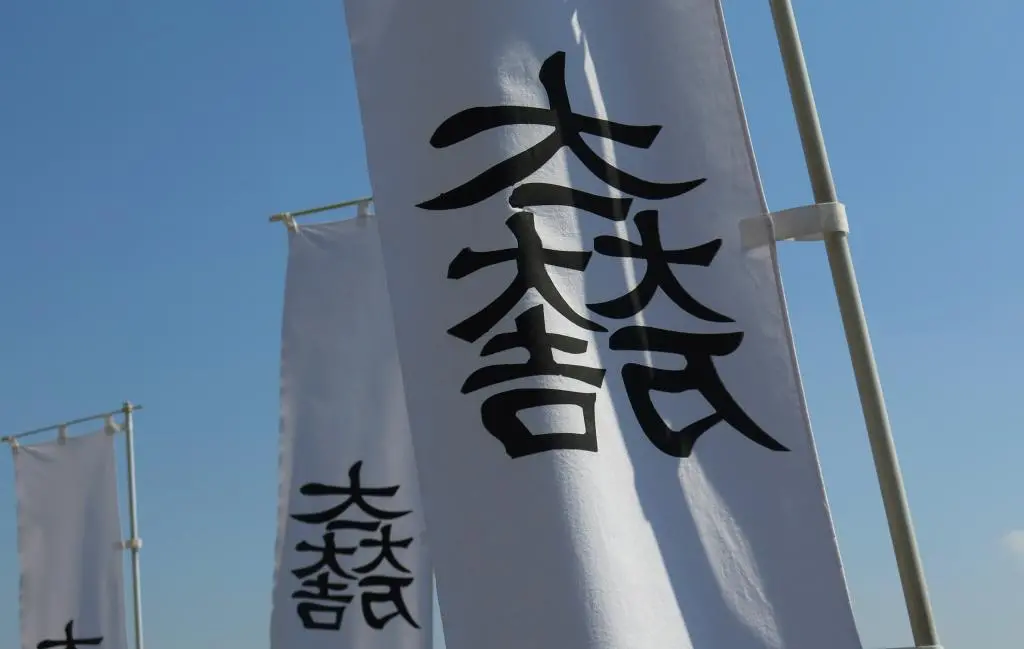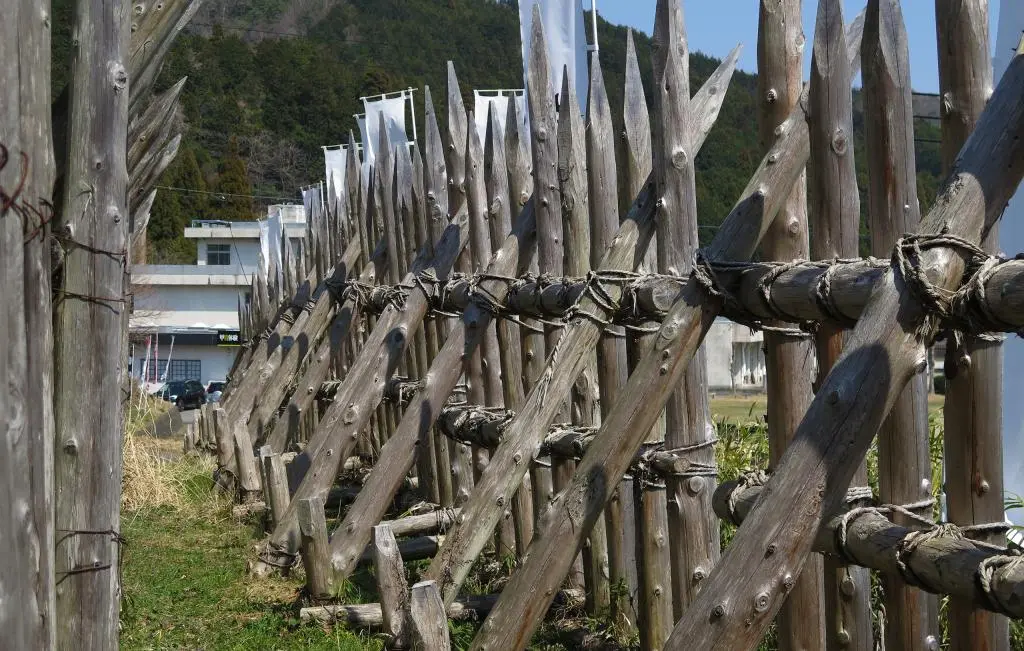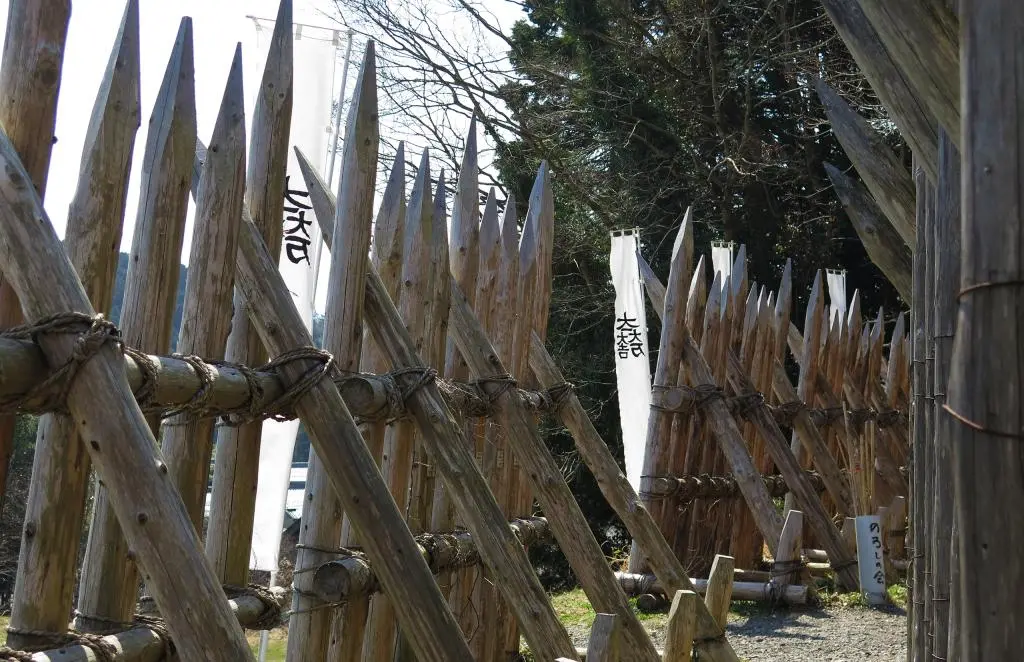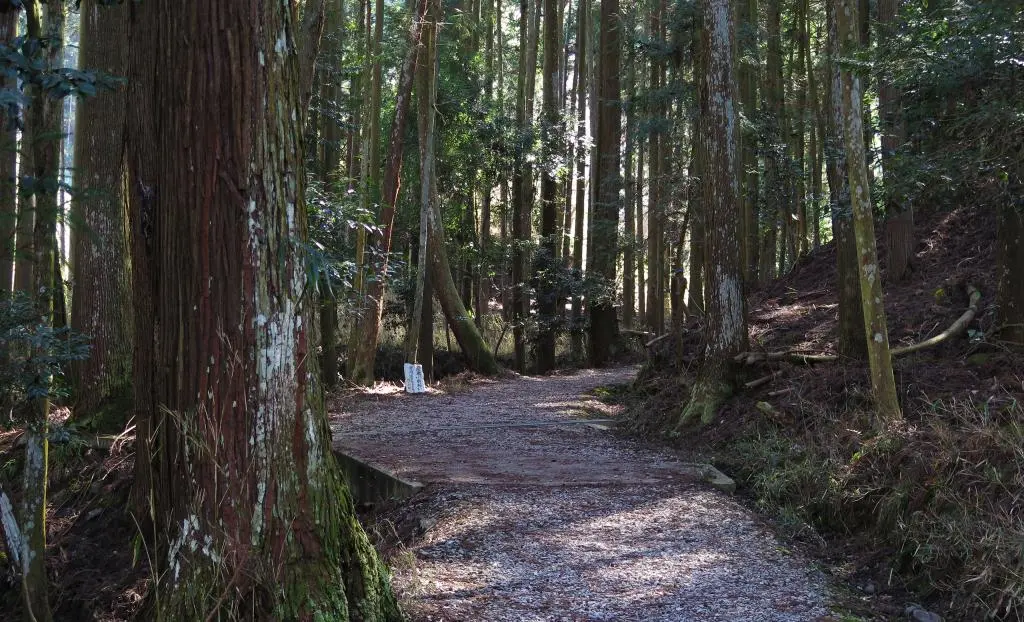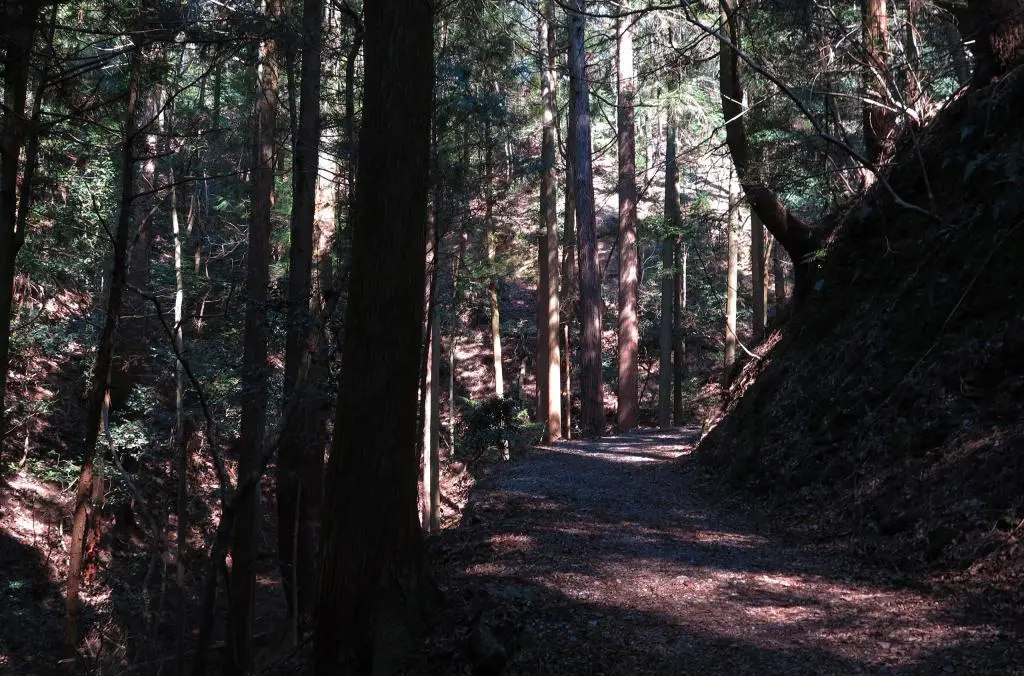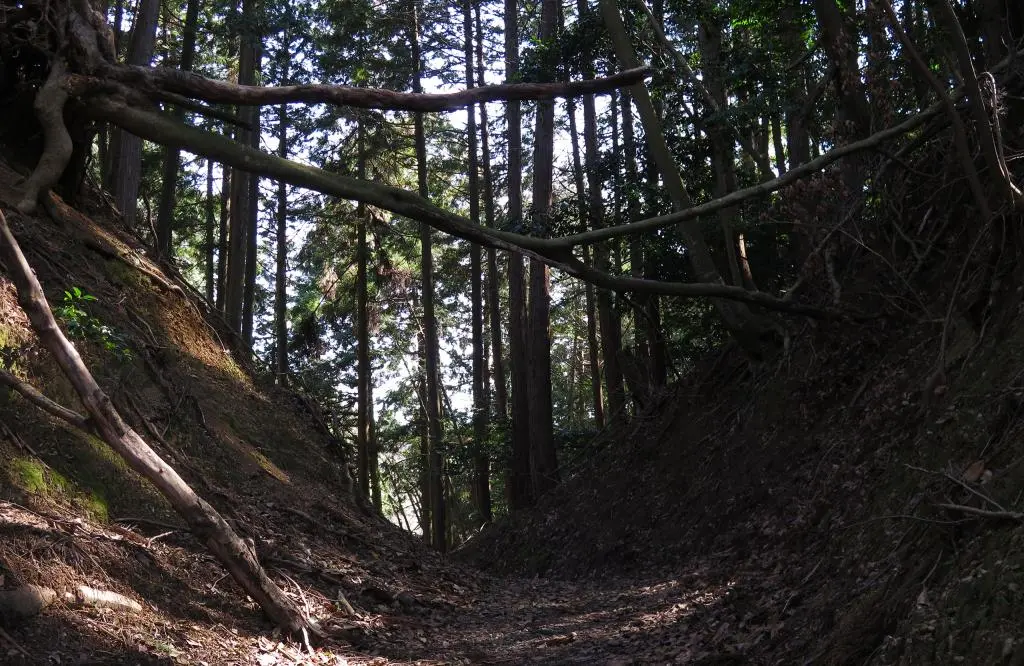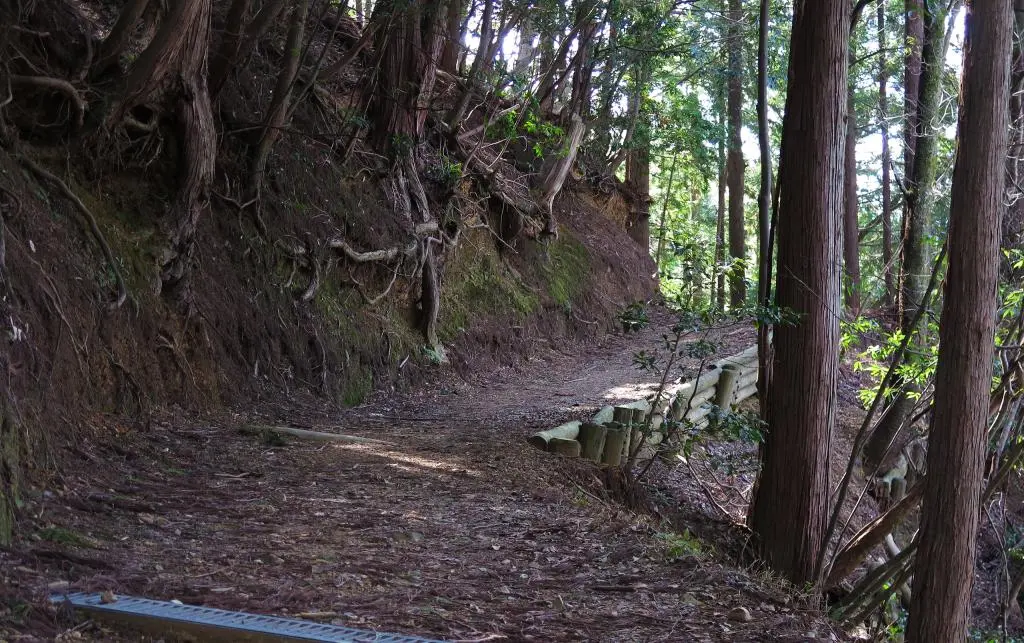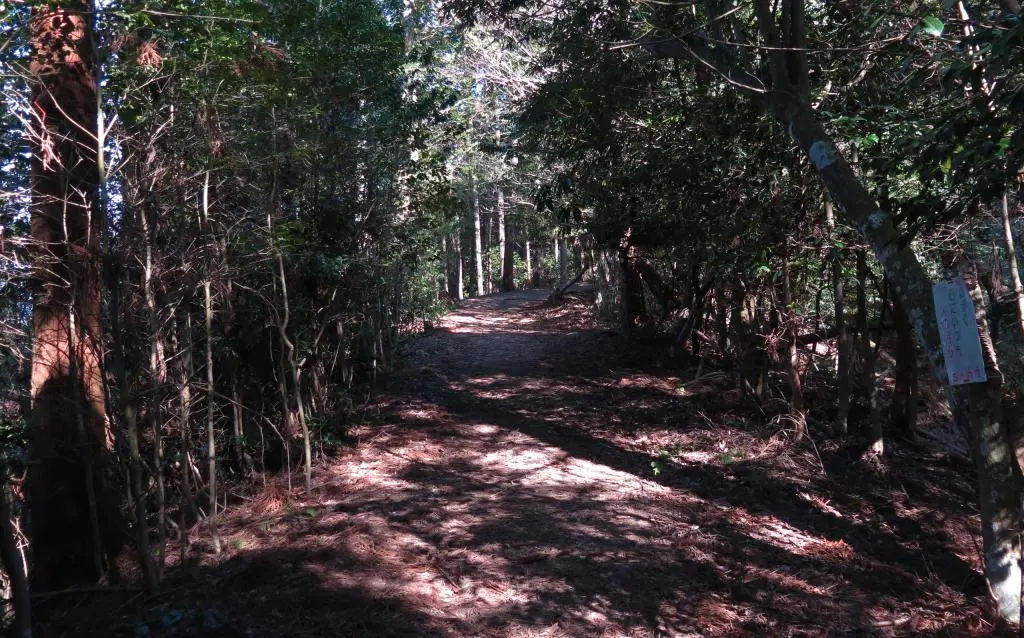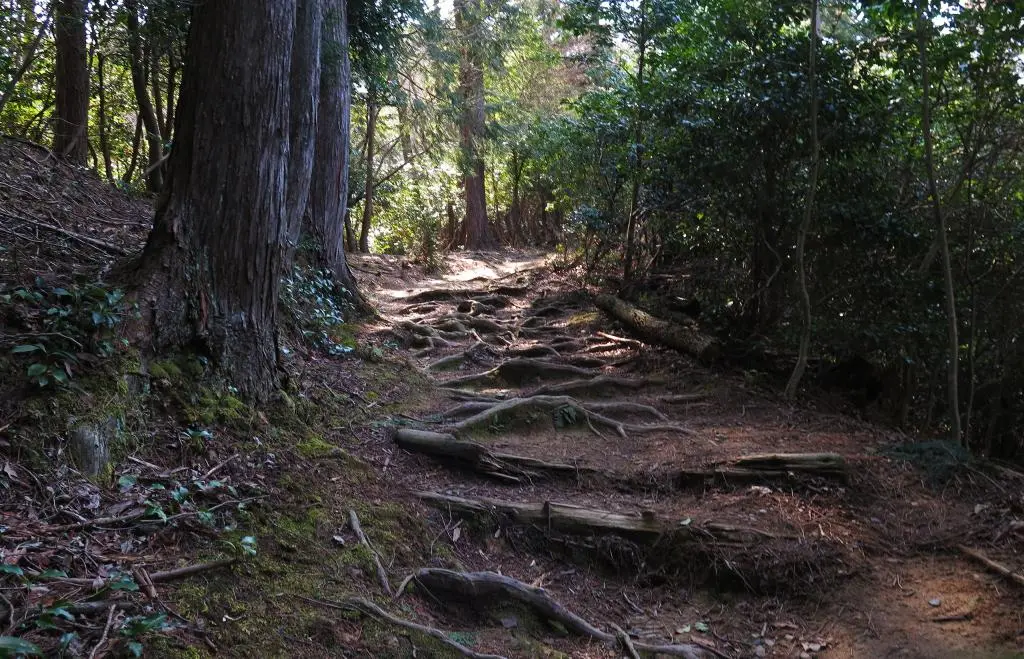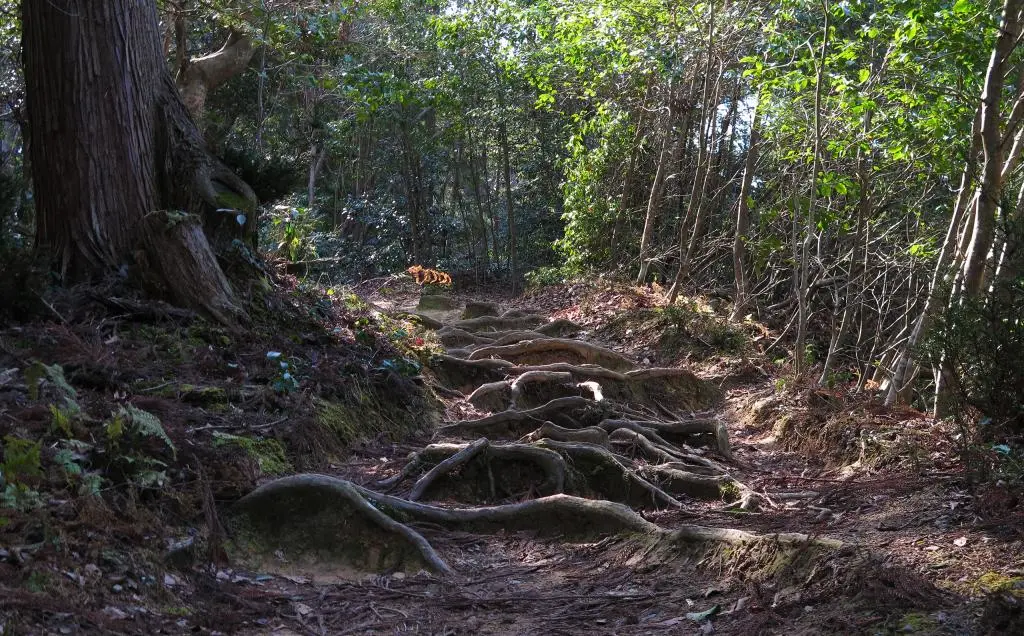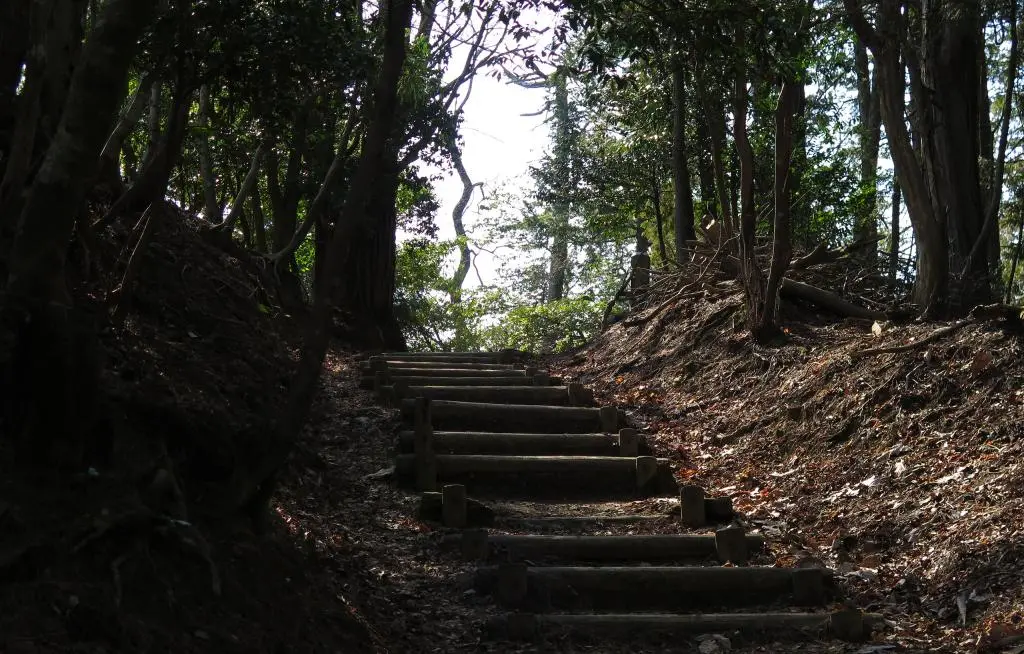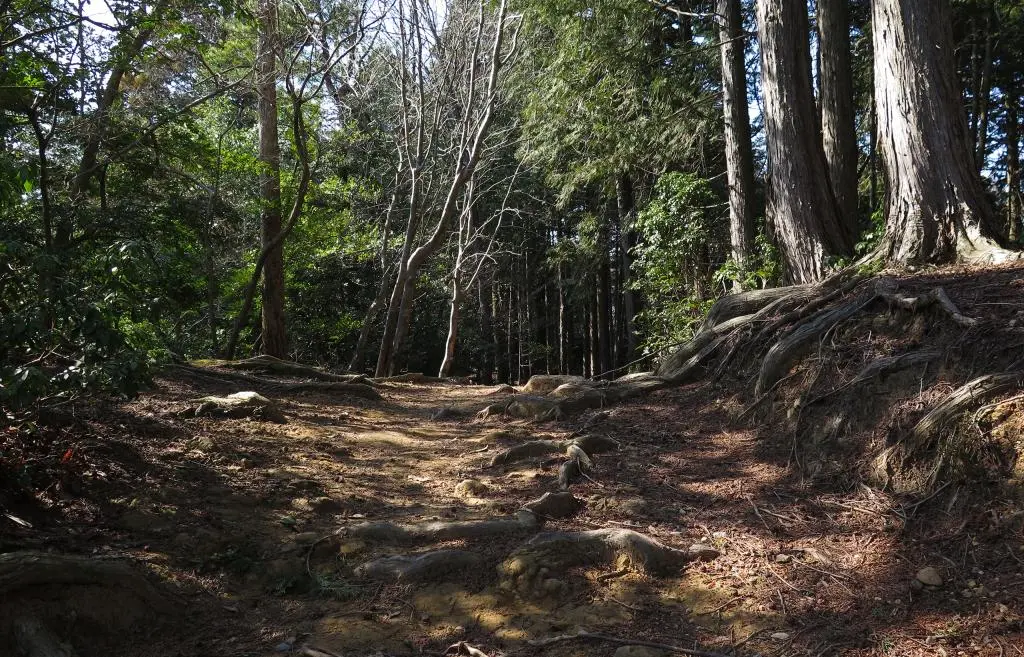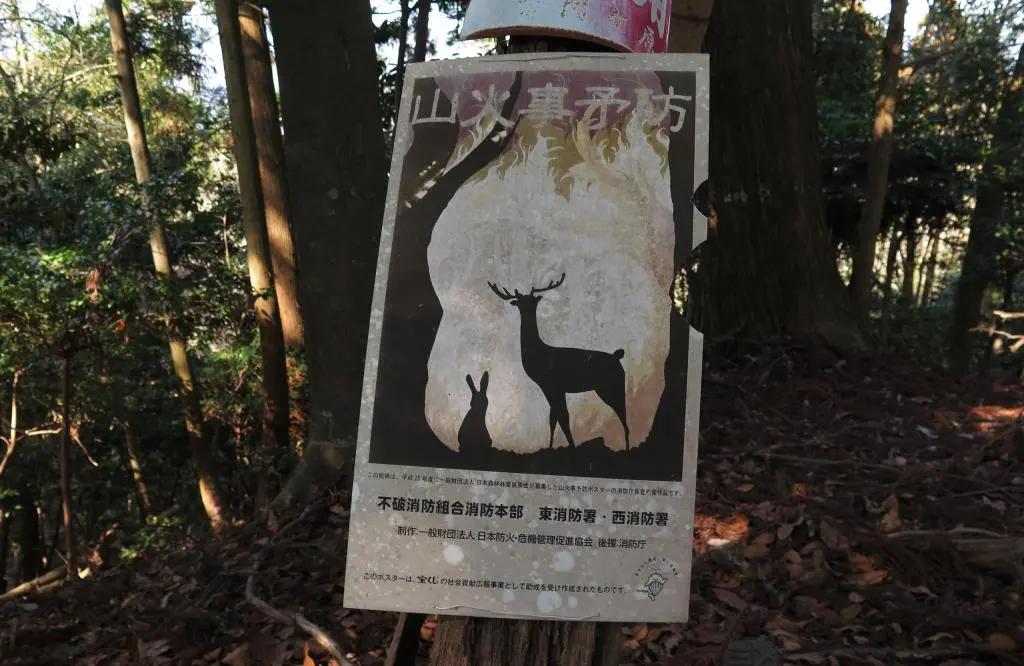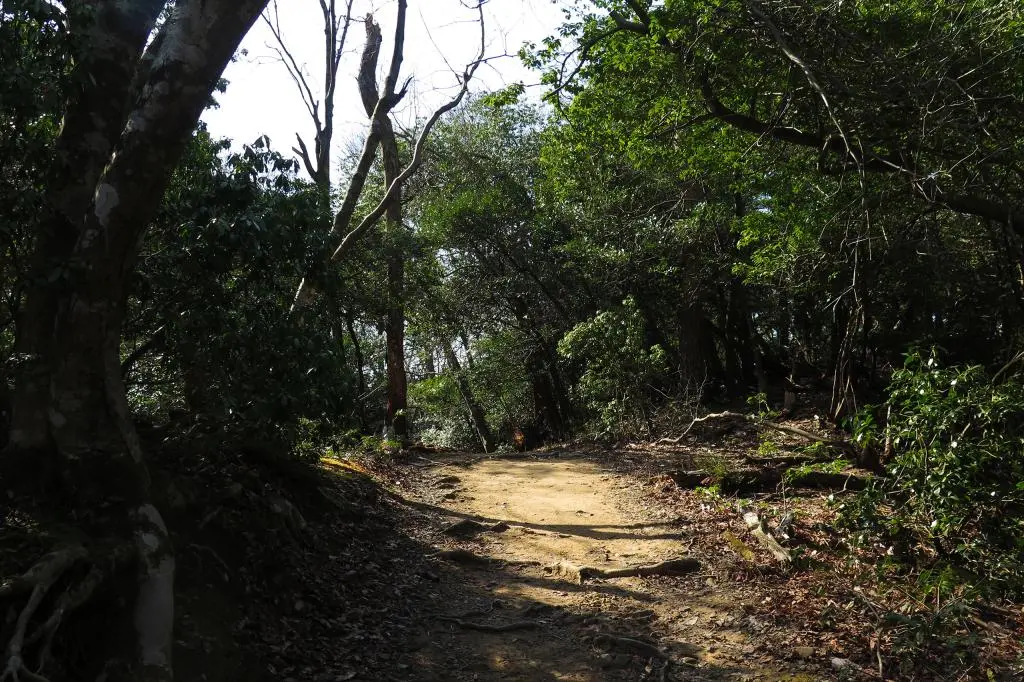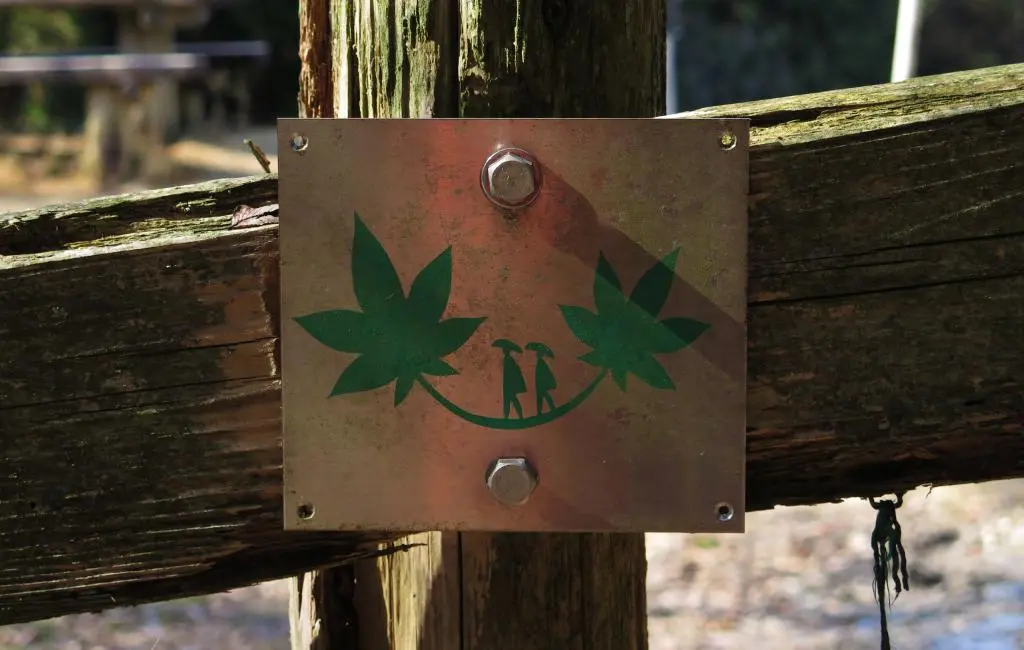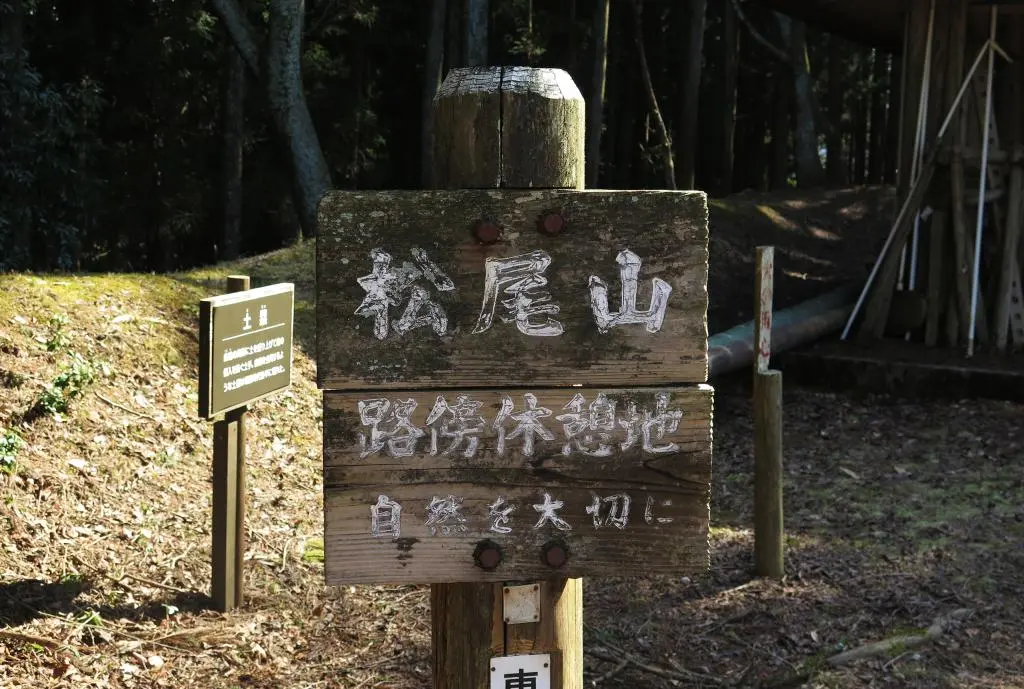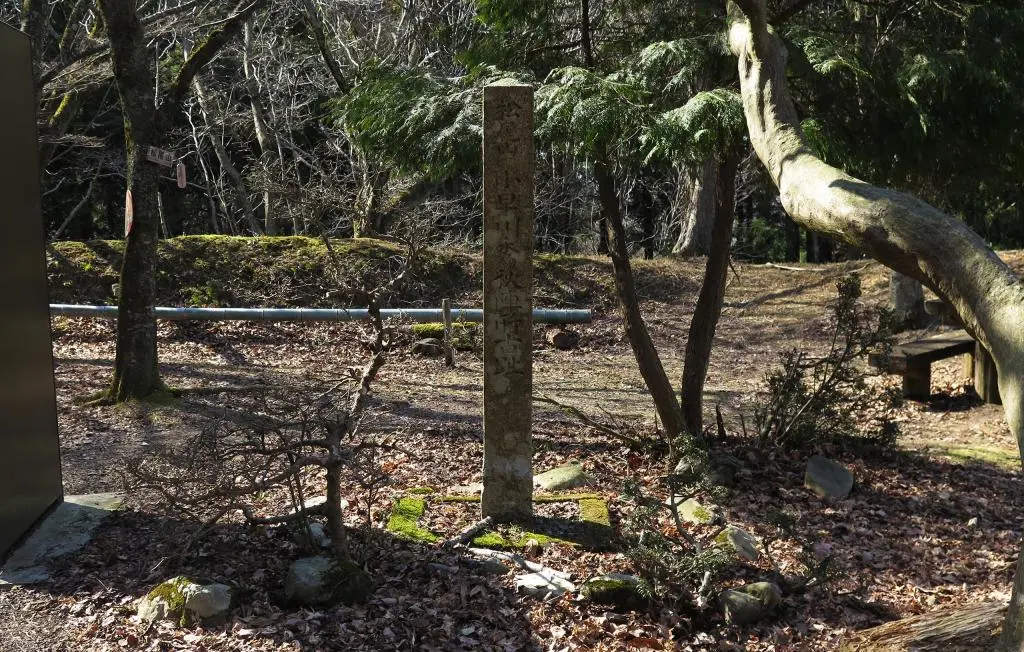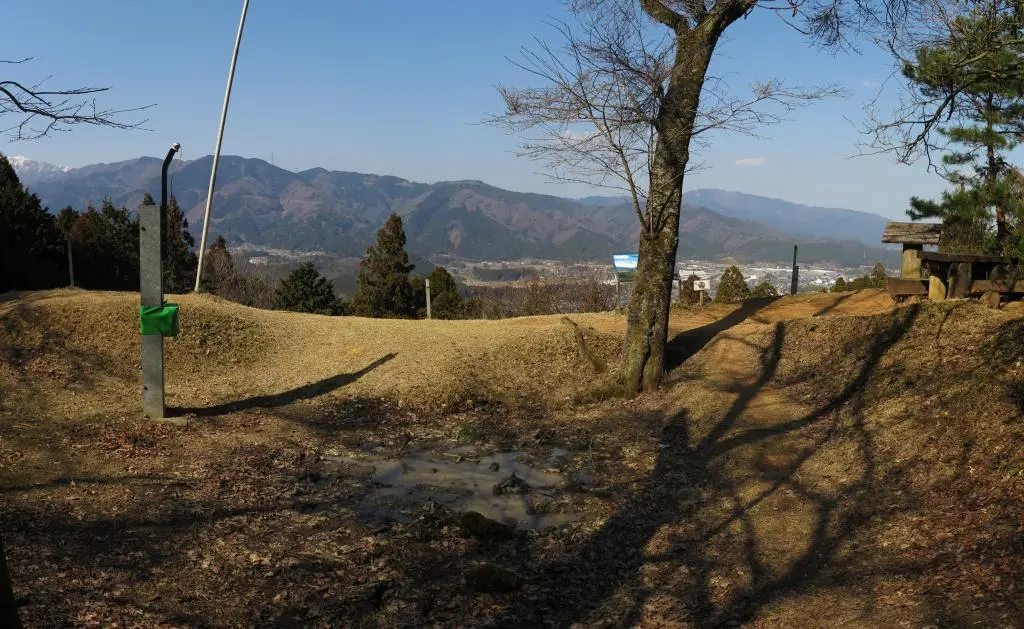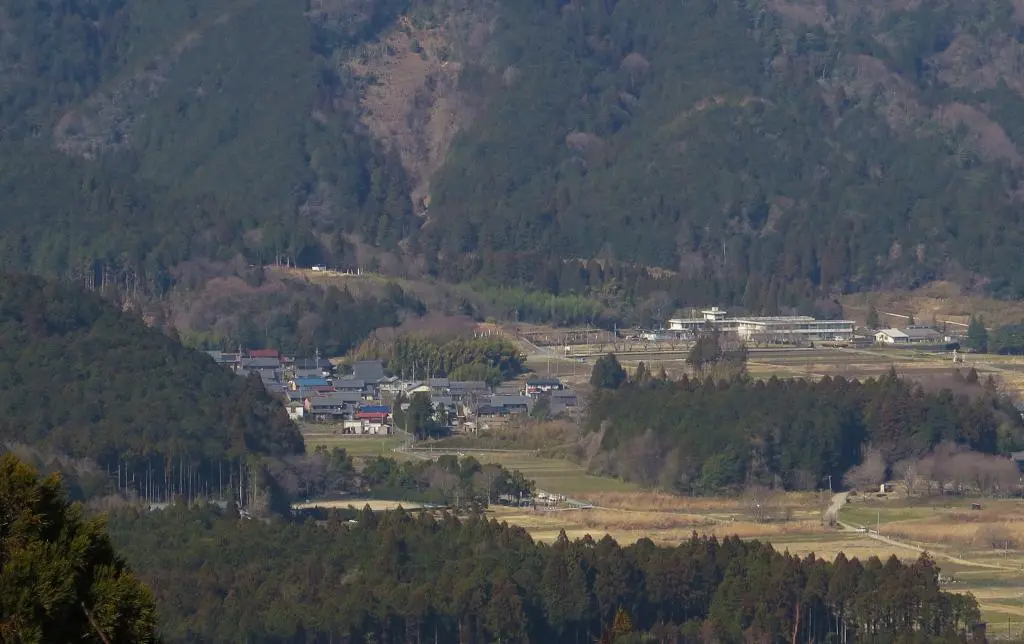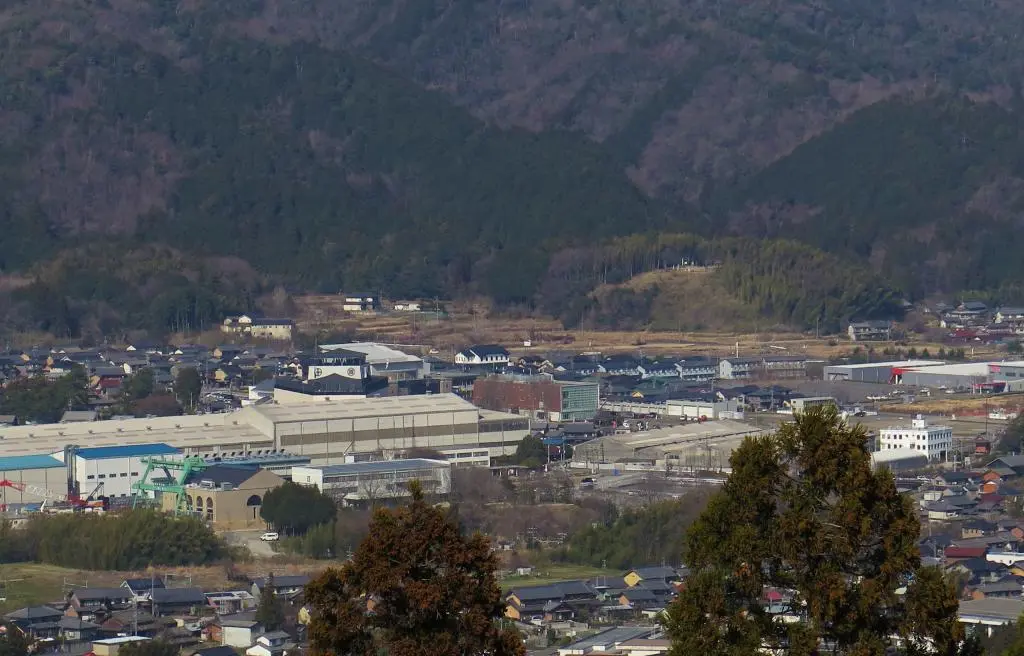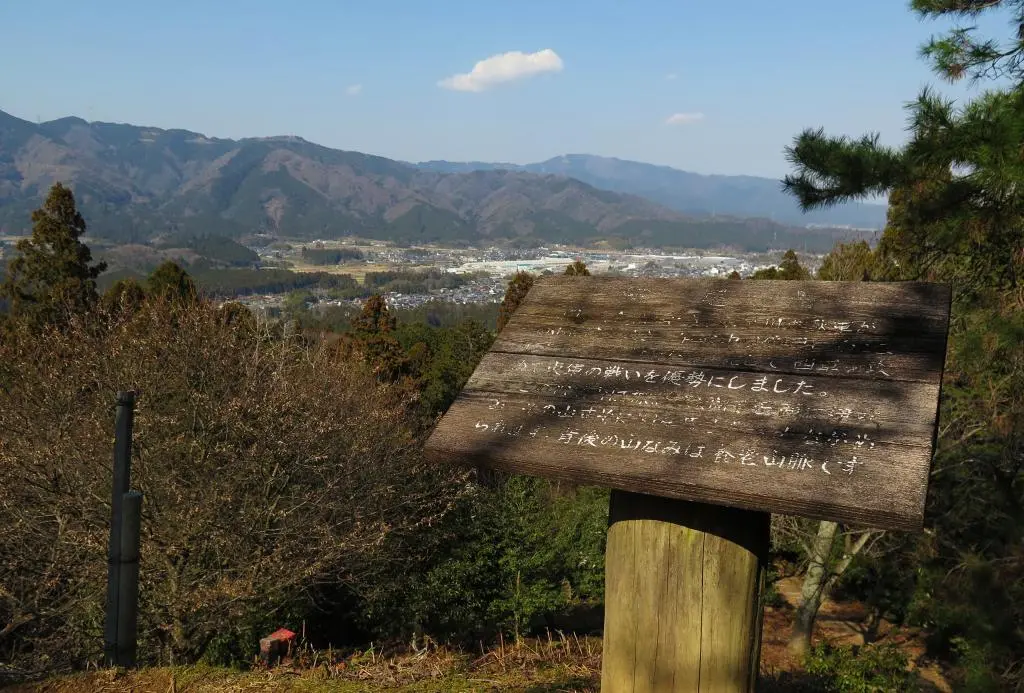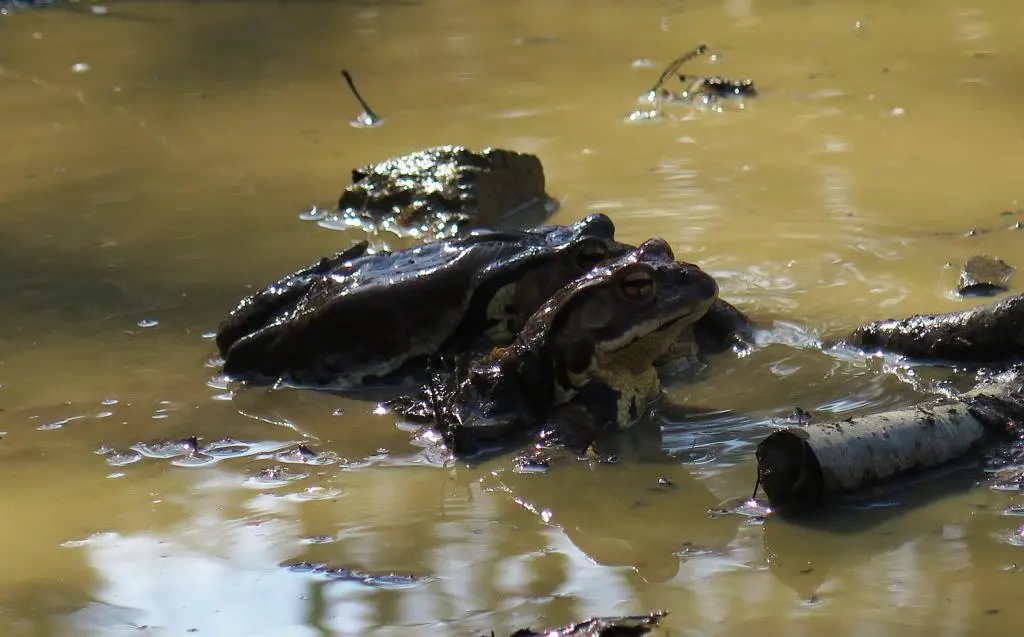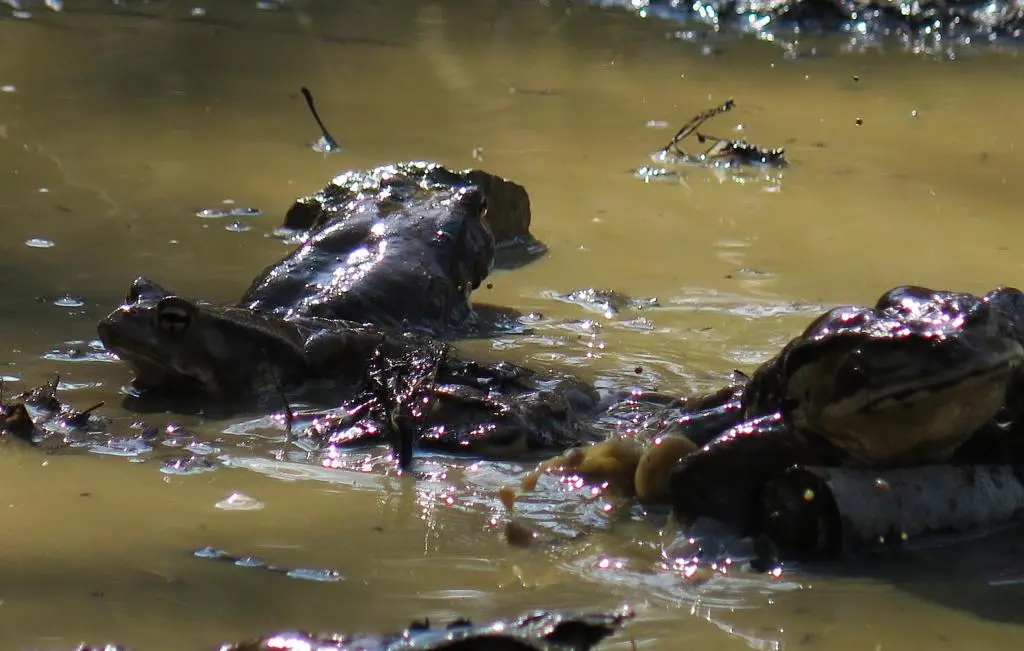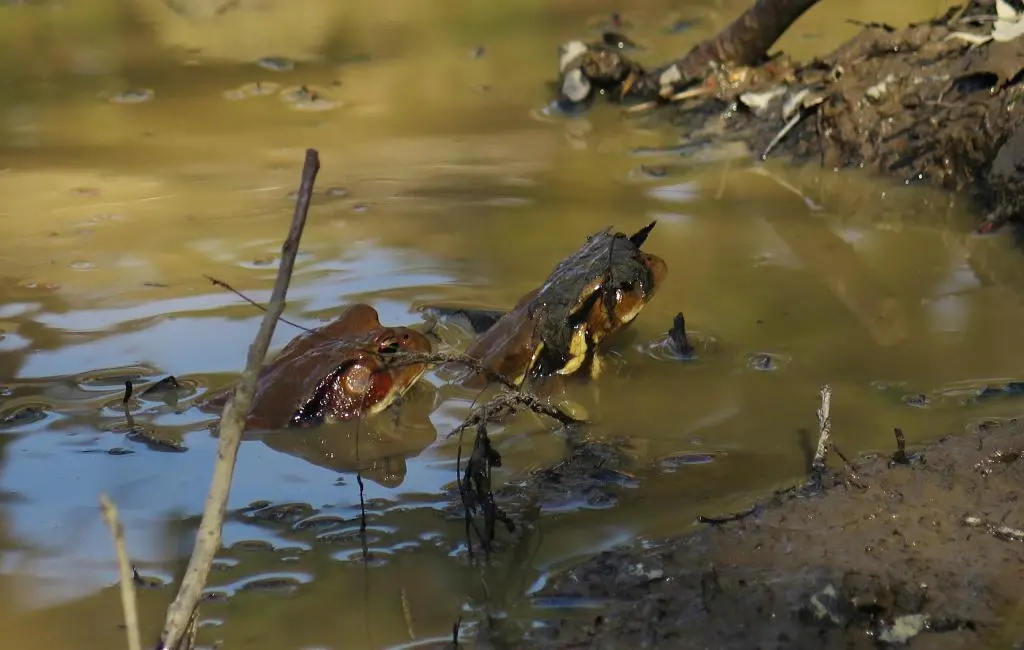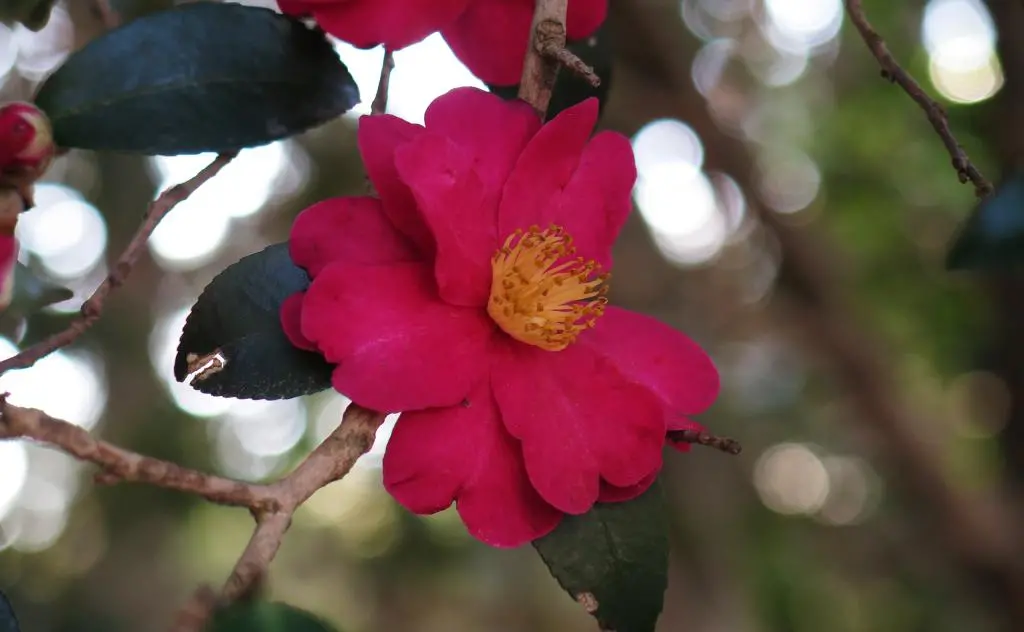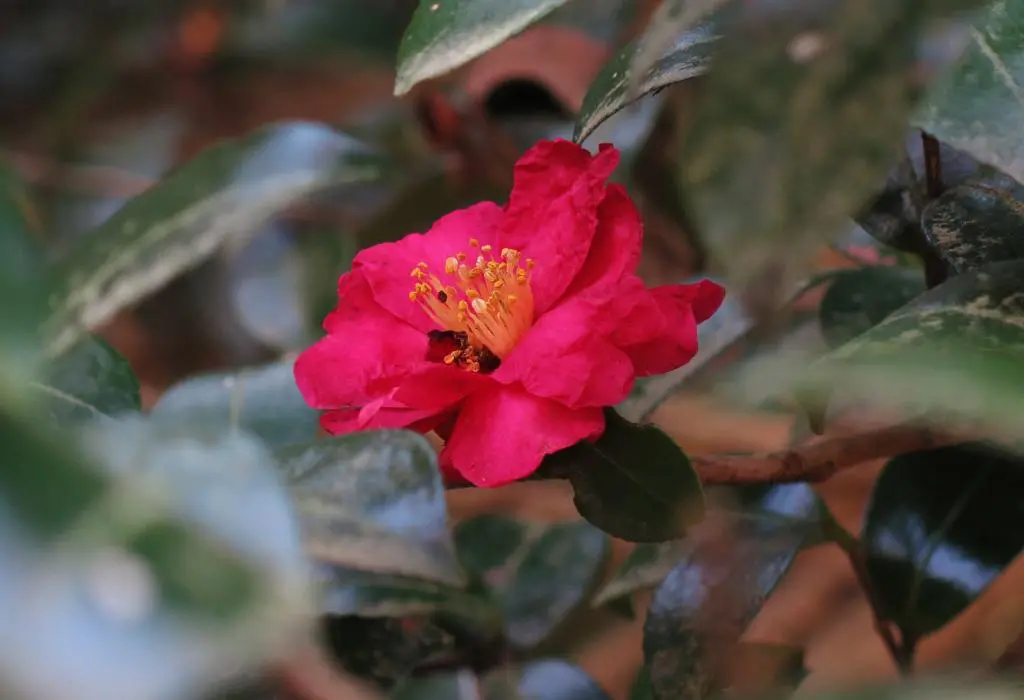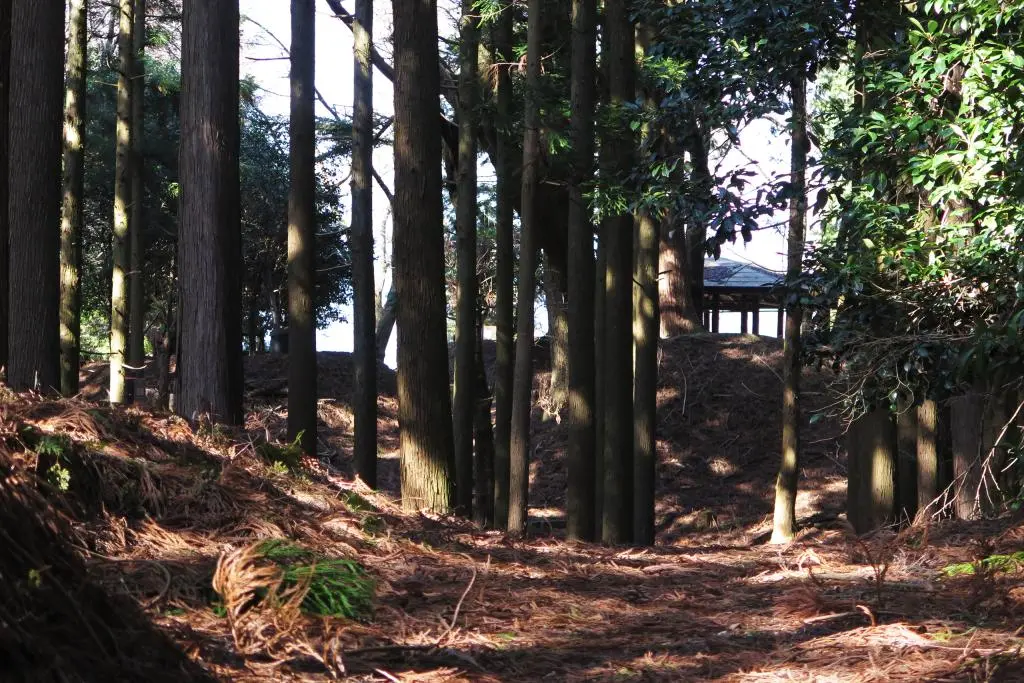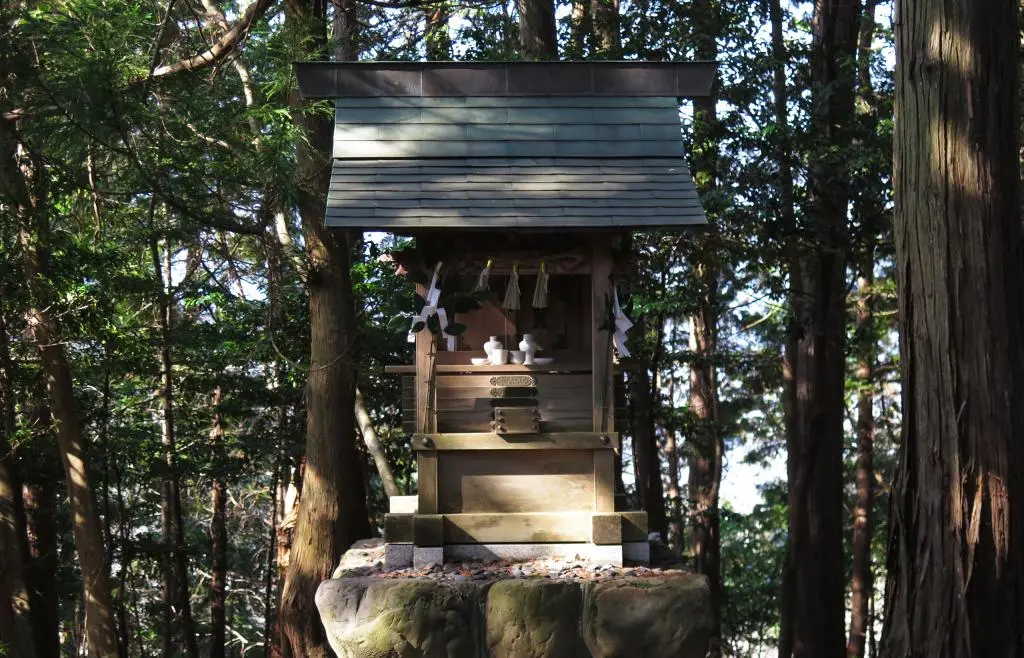The Battle of Sekigahara is considered the most decisive battle in Japanese history. It was fought between the Western Army led by Ishida Mitsunari on behalf of the newly established somewhat traditional government of Japan, and Tokugawa Ieyasu who considered Japan weak to outsiders and wanted to establish a new government. Tokugawa won the battle, and after establishing a new government brought forth 250 years of peace and prosperity. This stability led to a sharp increase in population, education, and overall wellbeing.
The battle happened on October 21st, 1600.
In the 1500s, Japan was in chaos. The time is referred to the Warring States period, or Sengoku-jidai 戦国時代. It's called this because Japan was in a constant state of civil war. In 1573, Oda Nobunaga led his army to the capital and overthrew reigning Shogun, Ashikaga Yoshiaki. From there, his army spread out conquering the nearby kingdoms.
In the middle of his conquest, he was betrayed and committed seppuku rather than be captured. This was in 1582. He was succeded by Toyotomi Hideyoshi who continued the conquest, and brought all of Japan together as a single kingdom by 1592. He restored power to the emperor, but he was really the one in charge. In 1593, his second son was born, and planned on succeded him as grand regeant to the emperor.
Toyotomi died in 1598 leaving behind his 5-year-old son, and a council of regeants to teach and advise him until he was old enough to assume his position. This is where the TV show and novel Shogun begins. Immediately after his death, the Council of Five Regeants begin scheming and allying to seize control of Japan for themselves.
The Shogun TV show is slightly different than history, and of course all the names have been changed. The Council of Five had the following members: Tokugawa Ieyasu 徳川家康, Ukita Hideie 宇喜多秀家, Maeda Toshiie 前田利家, Uesugi Kagekatsu 上杉景勝, and Mori Terumoto 毛利輝元. Mori only became a member of the council because of his uncle's death a year prior. His uncle was Kobayakawa Takakage 小早川隆景, who is sometimes considered an honorary member of The Council.
Almost immediately after Toyotomi's death, Tokugawa began a series of marriage pacts and campaigns to secure his family, despite it being forbidden by the council laws. Maeda was said to have been part of this conspiracy. Ishida Mitsunari 石田三成 was one of the highest level bureacrats in Toyotomi's government. He considered Tokugawa's action a complete insult to Toyotomi's legacy and quickly aligned himself with Ukita, Mori, and Uesugi. He also had powerful friendships with Otani Yoshitsugu 大谷吉継 and Shima Sakon 島清興.
While Ishida gained the support of many lords of western kingdoms, Tokugawa gained support from the east. One of his strongest allies was Kuroda Nagamasa 黒田長政, who was perhaps the best military strategist in Japan at that time. He was the chief strategist for Toyotomi. Ishida apparently loathed and often insulted the military commanders, so Kuroda and six other commanders planned to assassinate him. Tokugawa actually quelled their attempt, and later recruited all of them in his Eastern Army.
Several skermishes in the east and west pulled the armies together as they met in Sekigahara on October 21, 1600.
In the morning of the battle, a thick fog covered Sekigahara. No one could see more than a few meters in front of them. But with the sunrise, the fog had disspated by around 8am and all the armies could see their opponents.
The Eastern Army led by Tokugawa is red. They created a "fish scale" battle pattern with the main forces creating a line directly opposing the Western Army. Kuroda 黒田 and Takenaka 竹中 positioned themselves on Okayama hill 岡山 in the north overlooking the battlefield. Fukushima 福島 led the main force on the frontline poised to strike first.
The Western Army is mainly blue, but also consists of the yellow and green armies at the start of the battle. They are multi-colored because of some key moments in the battle which led to their defeat. The main force was led by Ukita 宇喜多, one of the Five Regeants. Ishida 石田 positioned himself with Shima 島 at the most northern on the army line on Sasaoyama 笹尾山. Colored in blue, the furthest south is Otani 大谷, Ishida's other close friend. But, the largest army on the southern end of the west army was Kobayakawa 小早川, colored in yellow.
According to Wikipedia, the Western Army had around 82,000 soldiers compared to the Eastern Army's 88,888. Fearing Ishida's defeat, several lords who pledged support for Ishida did not attend the battle.
As the fog cleared, it is said that Ii Naomasa 井伊直政 and Matsudaira Tadayoshi 松平忠吉 of the Eastern Army ordered their gunmen to take aim and fire on Ukita's army. Fukushima 福島, frontline battle commander of the Eastern Army and who was promised first-attack by Tokugawa, became enraged and ordered his whole army to quickly join the fight against Ukita. From Okayama Hill, Kuroda 黒田 noticed that the battle had begun, and fired his flare to signal all frontline Eastern armies to attack the West. The full engagement of the battle began sometime between 8am and 10am.
The Eastern Army moved in to engage the Western Army, and with the frontlines of both armies holding off each other, Tokugawa began advancing his groups from the far east of the battlefield to encourage his troops and also scare his opponents.
All the while, Kobayakawa 小早川 stood on the top of Mt. Matsuo 松尾山, his forces never joining the battle. Prior to the battle, he had made an agreement with Tokugawa through Kuroda. He would betray Ishida and join the fight as a member of the Eastern Army. But, he had yet to make any move. Ishida fired a flare signalling him to attack, but still he stood there with indecision.
Apparently, it wasn't until Tokugawa's troops fired some warning shots at him that Kobayakawa ordered his troops down the hill and attack Otani 大谷, the nearest of the Western Army. Otani was prepared for Kobayakawa's betrayal, but didn't expect several others to join him. His forces could not withstand their rush attack. Otani committed seppuku in the woods and ordered his retainer to hide his head to prevent it from getting into enemy hands.
All of the yellow armies were now members of the Eastern Army. Behind the Eastern Army, in the back, marked in green, were forces led by the Mori 毛利 clan. They pledged to fight for the Western Army, but were prevented from joining when one of their armies refused to fight. And after seeing Kobayakawa turn, they knew that winning was hopeless.
With Otani's forces eradicted, Kobayakawa's betrayal, and Mori's neutrality, the Western Army had collapsed. The was no way for Ishida to win. His friend Otani was dead. His other friend, Shima, was missing and presumed killed in battle. Four other battle commanders were also killed. He ordered a retreat. He, Ukita, and a few others escaped from the battle.
Shimadzu Yoshihiro 島津義弘 and nephew Shimadzu Toyohisa 島津豊久, leaders of their forces in the Western Army refused to turn their backs to the enemy to retreat. While the battle had mostly concluded by 2pm, they launched a surprise offensive to the middle of the frontline, piercing through the Eastern Army. And making their retreat to the south. The nephew was killed in this surprise attack/retreat, but Yoshihiro could escape.
The Battle was over. The full length of the battle only took around 6 hours, although the main clash of armies only took place from Kuroda's signal flare to not long after Otani committed seppuku. Of the Western Army's 82,000 soldiers, 23,000 had defected and 35,270 were killed. The Eastern Army only lost 8,000 soldiers.
As the fighting ceased, the remaining Western soldiers were either captured or executed. Tokugawa put down a folding stool in the field near his final encampment and performed the post-battle ritual called the Head Viewing Ceremony, or kubi-jikken 首実検.
This spot and so many other key locations of the battle have been preserved in modern day Sekigahara.
Here is the location where Tokugawa sat as he inspected the heads. Next to this is a plaque which describes the scene:
Tokugawa Ieyasu, fresh from his decisive victory at the Battle of Sekigahara, sat here on a folding stool called a shogi to inspect the heads of the enemy commanders his allies presented. The heads, once inspected, were buried in two great mounds along with the corpses from the battlefield. During the Warring States Period, it was customary to mourn the dead of both sides, enemy and ally alike, so this inspection was also a gesture of respect for the dead.
Wikipedia continues by explaining that the Head Viewing Ceremony was a way of mourning and respecting the dead of both sides, but it was also a way for victorious commanders and soldiers to get recognized for their valor in the battle, and get properly rewarded for it. This scene is illustrated at Sekigahara Warland.
After the heads were inspected, they were wrapped in cloth and placed in one of two massive burial mounds along with the corpses of the dead.
Today, the site of the Head Viewing Ceremony and Tokugawa's final encampment is the location of the new Battle of Sekigahara museum.
The Battle of Sekigahara Museum opened recently in 2020, and while I consider the museum a must visit if you're going to Sekigahara, it is a very uneven experience. I arrived just as the museum opened at 9:30am. Tickets are only 500円 which includes a theater experience, if reservations are not full. I was first on the standby list for the film starting at 9:45am. There were only a few reservations ahead of me.
Entering the theater, you walk down a hallway with projected names of the wall of all those involved in the battle. The first theater is a trapezoidal room with a projected map on the floor. The map begins showing dates and events leading up to the battle. It shows a full map of Japan where Ishida and Tokugawa allies were located, and zooms in on the center of Japan as their forces begin to converge in Sekigahara.
As everyone entered the room and surrounded the map, the film was introduced by the guide and then it began. It quickly went through the leading dates and events again, and then showed Sekigahara. Each army, their commander, and their position on the map was introduced, and then the battle began as I had described it above.
As each key moments of the battle played out, the armies moved on the map and clashed with their opponents. It was kind of like a strategy game, which became an incredibly effective way of showing how the battle progressed. The soldiers themselves were tiny little colored men, but the commanders of those armies were blown up giants when their key moments took place. They spoke their intentions with emotion and feeling which illustrated some intensity of the battle.
As the battle concluded, everyone moved into the next, octogonal theater. This one had theater seating. I sat in the back and the film began showing the same battle, but this time, from the point of view of the ground rather than a birdseye view. The film was projected onto half of the room, giving us a 180 view of the battle. Fans mounted on the ceiling blew air at us and we sweeped around the battle. Lights flashed as gun fire erupted. And the ground shook and rumbled our seats as horses ran past. Once again, each of the key moments of battle were highlighted showing us the emotion of the commanders and their decisions which led to either victory or defeat.
It was a pretty hyped experience and incredibly effective at teaching us about the battle and those involved. Prior to the museum, I really only knew about Ishida and Tokugawa, and also knew about Otani committing seppuku. Now I knew about the majority of key commanders in the battle and what they did. I don't think I have ever visited a museum and came out learning as much as I had from this.
The theater experience is in STARK contrast to the rest of the museum. After exiting the theater, we rode the escalator to the second floor. The second floor exhibit shows the number of soldiers in each of the army, and then displays replica armor of each of the commanders. Shiny new looking armor, obviously not realistic to what they actually wore at the time.
From there, several letters were displayed of correspondence between commanders leading up to the battle. I had no idea what any of these were at the time. They might be more interesting now that I've researched the battle in more detail for these blog posts.
Overall, the main exhibit of the museum was just a bunch of stuff that wasn't presented with a strong connection to the subject. It was completely different compared with the film on the first floor. At the end of the exhibit, there were some swords and guns that you could pick up to feel their weight, but it felt kinda tacked on.
The fifth floor gave a 360-degree view of Sekigahara. The museum was in the very center of town and the center of the battle, so you could see everything from this point.
Looking east is Mt. Nangu 南宮山, the tallest mountain on the right, and in front of that is Mt. Momobukari 桃配山. Mt. Nangu was where Mori Hidemoto 毛利秀元 stationed his encampment and Mt. Momobukari was where Kikkawa Hiroie 吉川広家 stationed his.
Not fully detailed above, but Kikkawa fought for the Western Army and was a member of the Mori clan. He secretly made a deal with Kuroda and Tokugawa that if he prevented the Mori clan from attacking, the Mori clan would retain all their lands after battle. Kikkawa kept his word and prevented the Mori clan from attacking, but the Mori had no knowledge of this neutrality. After the battle, Kikkawa was labeled a traitor to the clan, and the Mori was still punished for supporting Ishida.
At the base of Mt. Momobukari was where Tokugawa stationed his 30,000 men at the beginning of battle. Again, as the battle progressed, his army moved forward to the current position of this photo.
Looking just a little bit more north to the northeast, you can see Okayama signalling hill. This is where Kuroda Nagamasa 黒田長政 and Takenaka Shigekado 竹中重門 stationed their troops, and were they lit their flare signifying the begin of the battle for the Eastern Army.
Looking to the north and the west gives a nice view of Sekigahara. In the distance on the right, underneath the taller mountains is the short Mt. Sasao 笹尾山, where Ishida Mitsunari 石田三成 set his encampment. At the foot of this mountain is where the Sekigahara Tourism Center and Exchange Center can be found. Also, in the fields out front is the monument to the Battle and where some of the battle reenactments take place.
In the forests to the west is where Otani Yoshitsugu 大谷吉継 stationed his troops, and between Otani and Ishida's camps is where Ukita Hideie 宇喜多秀家 stationed his troops. The whole of what would become the Western army is lined up in the above photo.
In front of us, next to the cemetary and monuments is where Tokugawa Ieyasu 徳川家康 set his final encampment and where he held the Head Viewing Ceremony to conclude the battle.
There's not a whole lot to see to the south. The Sekigahara Manufacturing Warehouse obscures almost all of the view. But, in the background is Mt. Matsuo 松尾山, where Kobayakawa Hideaki 小早川秀秋 stationed his troops, and eventually turned on the Western Army assuring victory for the East. Near the right edge of the photo are the forests where Otani Yoshitsugu 大谷吉継 was stationed.
This observation point is an amazing touch to the museum as it shows the real locations of the battle from the film earlier and also shows the scale of the entire field.
Although, nothing really shows the full scale of the field than visiting each of the specific locations.
When I traveled to Sekigahara, I left my apartment around 6:30 in the morning. I flew down the highway and arrived in Sekigahara around 8:30am. The first place I visited was Tokugawa's first encampment, on the east end of town, at the base of Mt. Mombukari 桃配山.
Considering the distance from the center of battle, I'm surprised he could see anything that was going on. You can barely see the Museum from here. Okayama, where Kuroda and Takenaka were stationed, obscures the view of Mt. Sasao, where Ishida was. You really can't see anything.
The nearby plaque detailed information about the location:
Eastern Army commander-in-chief Tokugawa Ieyasu's forte was field battles, and in an attempt to lure Ishida Mitsunari and other Western forces out of Ogaki Castle, he spread rumors suggesting he would pass Ogaki, and continue westerly to take Osaka.
Unnerved by this rumore, the Western Army departed Ogaki Castle under cover of darkness on October 20th and headed towards Sekigahara. They were followed closely by Ieyasu and around 30,000 troops before arriving at dawn on the 21st. Ieyasu stationed his troops here at Mt. Momokubari at around 6am. Irritated by early Western forces success, he is said to have drawn his sword on a retainer who had failed to dismount in his presence.
In order to psychologically upset the enemy, and encourge his own troops, Ieyasu moved his command post to a more central position at around 11am.
After visiting the Battle of Sekigahara Museum and the Sengoku Armor Museum, I was ahead of my planned schedule. Okayama was a clear vantage point for the town, so I went there next. Okayama is surrounded by a beautiful bamboo forest.
Within the forest is Kotohira Shrine 金刀比羅神社 with an interesting local past. The plaque reads as follows.
During the Battle of Sekigahara, Lord Ikoma Kazumasa 生駒一政 who had joined the Tokugawa army, set up camp on Okayama as the right wing of the Eastern Army together with Lord Kuroda Nagamasa and Lord Takenaka Shigekado. At this time, Kazumasa hung the statue of the Omononushi 大物主神, the diety of Kotohira Shrine (from his hometown of Kotohira Town in Kagawa Prefecture, called Sanuki province at the time), which he had been carrying on a pine branch and prayed for victory in the battle.
After the Battle, the villages are said to have received this statue and worshipped it. It is also said that during the Keio period, the village headman of Sekigahara, Furuyama Ichiya 古山一八, renovated the shrine's buldings. After that, the entire village of Sekigahara revered the god of business and the Kotohira-Ko 金刀比羅講 was organized. Every year on October 10th, a representative was sent to the main shrine in Sanuki (Kagawa pref.) to present a sacred talisman. (This is no longer done.) The shrine buildings were also moved to this current location in 1919.
Everyone has their own unique story to tell from the Battle of Sekigahara.
Just a little bit past the shrine, the bamboo forest opens up to reveal the view of Sekigahara.
You could clearly see Mt. Matsuo 松尾山 in the back, and the western forests. At present, you could not see Mt. Sasao 笹尾山 or anywhere that Ishida would have positioned his troops. Maybe the forest hadn't grown that much at that time.
The nearby plaque had the following things to say:
On the morning of the battle, Kuroda Nagamasa and Takenaka Shigekado stationed around 5,000 troops here on Okayama, with its panoramic view of the entire battlefield.
They lit a beacon at around 8am signaling the start of the battle, and commenced attacking Ishida Mitsunari on Mt. Sasao, but were repelled several times. Nagamasa later took a corps of men to the north of Mt. Sasao and attacked the Western headquarters rear flank.
Around noon Kobayakawa Hideaki and other former Western allies switched allegiances, attacking and bringing the Western forces down. Kuroda's army then destroyed Mitsunari's remaining forces.
While Kuroda started at the top of the Okayama, when the battle turned to the East's favor, I'm sure they all left this position to put further pressure on the West and eventually eradicate them.
As mentioned enough times by now, Ishida Mitsunari 石田三成 was the main battle commander of the Western Army, and he stationed himself on Mt. Sasao. This was the northern most point on the battlefield, and also the north tip of the Western Army's lines.
Much like Okayama, Mt. Sasao gave Ishida a full view of Sekigahara. Ishida could see all of his armies on the west and also see all the armies of the east coming at him. Okayama's plateau was probably visible at the time, but if not, you could still clearly see any army coming from that location, with the exception of Kuroda's flank attack which went further north, using the forest as cover.
The nearby plaque had the following to say:
Mt. Sasao was the perfect defensive position, providing high ground and a panoramic view. Ishida Mitsunari's approximately 6,000 troops departed Ogaki Castle in the dead of the night on October 20th and set up camp here, around 1am on October 21, the day of the battle.
The battle commenced around 8am. Mitsunari's troops, fronted by Shima Sakon, repeated repulsed attacks from the powerful Eastern armies, but were gradually forced to retreat.
The Western Army fought bravely, despite Shimadzu Yoshihiro, Kobayakawa Hideaki, and Mori Hidemoto failing to enter the battle, greatly reducing the Western Army's total fighting force.
Hideaki finally switched allegiances joining the Eastern cause around noon, attacking and annihilating Otani Yoshitsugu's troops, starting a chain reaction that brought the Western Army down. Mitsunari's troops persevered against the advancing Eastern forces, but were finally defeated around 2pm. In the hopes of raising another army, Mitsunari fled west towards Mt. Ibuki.
It says the Shimadzu was unable to join the battle? I don't know what that means, as everything I had seen so far has him in the battle.
Mt. Sasao was surrounded by battlements preventing horses from the climbing the hill and breaking Ishida's command post. Lines of these battlements were still set up on the path leading to the top.
At the base of the mountain, off to the east, is the Sekigahara Tourism Center and the Exchange Center. Further out in the middle of the field is the monument to commemorate the battle.
It's certainly not the middle of the overall battle, but it could be the point where the Eastern Army reached before Ishida consider the battle a complete loss, and retreated in the forest behind Mt. Sasao.
The Battlefield Monument plaque had the following to say:
Although the Western Army was initially numerically superior to the Eastern forces, Kobayakawa Hideaki, who had previously pledged to betray his Western allies, remained a spectator to the battle, leaving Ishida Mitsunari to fight valiantly with less troops.
Despite this, the Western Army fought intently with repeated advances and retreats until around noon, when Hideaki finally turned his allegiances to the East and intentionally attacked the Western Army, resulting in its total defeat. It is thought that Mitsunari and Shimadzu Yoshihiro's troops were then overwhelmed by the advancing Eastern Army. With Mitsunari's units soon overrun, the Shimadzu clan retreated from the front lines. Japan's largest ever and most decisive battle was over in a mere half-a-day.
This field is where some of the battle reenactments take place.
At this point in the day, I had visited everywhere on my to-do list except for one place. I left Mt. Matsuo for last because I thought it would take the most amount of time. Compared with all the other locations, Kobayakawa Hideaki's camp on the top of Mt. Matsuo was about a mile hike. The other locations were as simple as parking the car and walking up the stairs. This one actually took time in additional to the time stopped to take photos. Ultimately, it was only a 30 minute hike from my car to the summit, not really all that far afterall.
This plaque at the entrance had this to say:
Mt. Matsuo provided a panoramic view of Sekigahara and was therefore a strategically important position. Kobayakawa Hideaki stationed his troops here the day before the battle on October 20th.
Hideaki had formed a pact with Eastern leader Tokugawa Ieyasu prior to this, but failed to take action once the battle commenced. According to some, Ieyasu is said to have fired matchlock guns at Mt. Matsuo to bring about Hideaki's promised defection.
Hideaki finally commenced the attack on the Western forces around midday, first defeating Otani Yoshitsugu's troops destroying the Western Army. Hideaki played a major role in the Eastern Army's victory. He was awarded vast territories in Bizen, Okayama after the battle, but died two years later aged just 21.
The hike up the mountain wasn't difficult at all compared to other mountains I have hiked before. This particular path probably didn't exist at the time, and the overall mountain may have had several paths more suited for horses and infantry movements.
The summit did give a great view of the totality of Sekigahara, so Kobayakawa was able to see all the armies engage each other in the middle and see all their movements. You can clearly see Ishida and Kuroda's positions at Mt. Sasao and Okayama.
The above plaque and other research says that Kobayakawa finally made his decision to betray Ishida when Tokugawa fired shots at Mt. Matsuo to force him into a decision. But, other scholars have pointed out that with the chaos of battle and general distance, there would really be no way for him to tell the difference between shots fired at him or anyone else in battle.
The plaque at the top of the mountain had some other insights:
Mt. Matsuo, located here on the border between Mino (Gifu prefecture) and Omi (Shiga prefecture) overlooking vital roadways from its 293m summit, has long been recognized as a strategic viewpoint. Prior to the Battle of Sekigahara, Western commander Ishida Mitsunari ordered maintenance work be done to the mountaintop castle as part of the preparations against the Eastern forces. The existing remains of the castle are from the time of these repairs. One day before the battle, Kobayakawa Hideaki led his 15,000 troops here to Mt. Matsuo and entered the castle.
For much of the battle, Kobayakawa remained a spectator to the action taking place below, failing to fight for one side or the other until around midday, when he betrayed the Western side. Attacking Otani Yoshitsugu's forces, Kobayakawa brought about the downfall of the Western ranks, and provided victory to the Eastern Army.
A large area near the top of the mountain has been flattened, and is surrounded by a low earthen wall. The remains of a masugata gate system to prevent enemy intrusion can also be found. The ruins cover an area of around 400m east to west and 250m north to south, indicating that Matsuo Castle was one of the largest mountain castles in the Mino (Gifu) area.
There used to be so many smaller castles in Japan, especially battle castles perched on mountains at strategic points. Nearly all of those castles are gone now, having been destroyed by whomever took them over.
Also at the summit were 6 frogs hanging out in a muddy bit of water makin' babies.
Anyways, no matter whether Kobayakawa saw the warning shots or ultimately made the decision on his own after viewing the battle, his troops rode straight down the mountain and into the forest directly north to face the troops of Otani Yoshitsugu 大谷吉継.
While Kobayakawa's encampment was the final place I visited in Sekigahara on that day, I went to Otani's encampment in the morning before going to the museum. I made it a point to visit his camp because of his story, but also because they placed his grave in the same forest.
The plaque near the entrance to the forest read as follows:
Otani Yoshitsugu's friendship with Ishida Mitsunari was well known. Mitsunari had confided his intentions to raise an army with Yoshitsugu, who had repeatedly requested he desist. Finally Yoshitsugu joined the Western Amry knowing it would be defeated.
Receiving his orders from Mitsunari, he positioned his troops near here on October 9th. Kobayakawa Hideaki had stationed his toops on nearby Mt. Matsuo, however Yoshitsugu remained wary about the young lord, and prepared himself for Hideaki's possible turning.
As expected, Hideaki defected around midday and attacked. Yoshitsugu at first fended off Hideaki's repeated assaults, but on being overrun, he committed ritual suicide.
The path through the forest starts at Wakamiya Hachiman Shrine, then branches. The branch to the east leads to a view point through the trees which clearly shows Mt. Matsuo.
While the trees 400 years ago were obviously different, this still gave Otani's troops a view of Kobayakawa's troops and the Mt. Matuso castle. They could carefully study his movements (or non-movements) through the course of the battle.
Not far away, the other branching trail led to Otani's campsite. This was on the cliffside overlooking the Wakamiya Hachiman Shrine.
The plaque says the following:
This site was Otani Yoshitsugu's headquarters. From here, it was possible to see Mt. Matsuo, where Kobayakawa Hideaki had stationed his army. Yoshitsugu remained suspicious of Hideaki's intentions and prepared himself accordingly.
Too sick to ride a horse, he is said to have led his men into battle from a palanquin. Yoshitsugu's troops were prepared for Hideaki's attack when he defected around noon. Initially the Otani repelled the powerful turncoat forces, but were overcome owing to Wakisaka Yasuharu and others also turning sides.
It must've been around here or slightly further into the forest where after being told that the battle was hopeless, Otani admitted defeat and committed seppuku.
Further into the forest was Otani's grave.
The nearby plaque tells the story of his demise:
Otani Yoshitsugu was overrun following the betrayal of Kobayakawa Hideaki and his followers. Demanding that his head never fall into the hands of the enemy, Yoshitsugu commited ritual suicide and his retainer, Yuasa Gosuke, hid Yoshitsugu's severed head, before encountering Todo Takanori of the Eastern Army. Gosuke offered his own head in return for the location of his master's head never being revealed. Takanori kept this promise and never told Tokugawa Ieyasu the whereabouts of the head.
Yoshitsugu's gravestone was erected by the Todo clan. The Yuasa family erected a gravestone to Gosuke besides Yoshitsugu's in 1916.
Obviously, the gravesite is still regularly attended today. The graves had fresh flowers and were clear of leaves and any other debris.
Otani's loyalty and death at the cost of his loyalty is ultimately revered. He went into battle probably knowing that it would not turn out well for him, but he still stood by his beliefs in Ishida and his ideals of the Toyotomi government.
Near his grave, a monument was built to remind everyone of his sacrafice.
The plaque reads:
The tactics and strategies of the Battle of Sekigahara were studied by Japan's armed forces during the late 1800's Meiji period, the early 1900's Showa militarization period, and military exercises were conducted on the actual battlefield.
This monument was erected in 1940 by the Fuwa Historical Preservation Society in memory of Otani Yoshitsugu, who's end was seen as the epitome of Bushido.
The summary is as follows: Despite his ignored advice warning Ishida Mitsunari against raising arms, Otani Yoshitsugu allied himself with, and fought hard for the Western forces out of loyalty to his former master, Toyotomi Hideyoshi, whom he served alongside Mitsunari. Being outnumbered and having lost his battle, he sacrificed himself by his own hand in the true Bushido spirit.
In the Battle of Sekigahara, people ultimately respect Otani and his sacrafice the most.
On the other hand, people seem to hate Kobayakawa, despite his actions causing Tokugawa to win and create peace and prosperity for 250 years. At the museum, each ticket is printed with a warlord. The person behind me in line got Kobayakawa on her ticket, and her date was teasing her the whole time. いやだ〜, she kept saying.
The biggest reason people love this battle and its legacy continues to this day with TV shows, movies, manga, and other media is that the decisive victory completely changing the history of Japan. After the battle and after Tokugawa successfully rooted out the rest of the Toyotomi loyalists, he had complete control over the country, and his dictatorship led to great prosperity.
But, the other big reason for everyone's interest in the battle is also its divisiveness. Tokugawa was an asshole who completely undermined Toyotomi's rule immediately after his death. It was an insult to Toyotomi and Ishida was very outspoken about this. Others who also hated Tokugawa's attitude continued to stoke Ishida into action, and the schemes and political bullshit continued from there. While Ishida was also a bit of an asshole, he represented loyalty and honor. Many of his friends and commanders in the Western Army were the same.
The battle was ultimately a fight between those loyal to the current ideals of Japan and the strength of someone wanting all the power for himself. It's far different than people remembering something like the American Civil War, which was fought over slavery, something clearly right or wrong.
The TV show, Shogun, portrays Tokugawa as an underdog with Ishida trying to keep all the power for himself, but in reality it seems completely different. Of course, Shogun isn't trying to be completely historically accurate, but it still becomes pro-Tokugawa propaganda. The show really contextualized Japan's xenophobia at the time as the Europeans seemed intent on conquering Japan for themselves.
There is also a 2017 Japanese film based on a 1966 Japanese novel about the Battle of Sekigahara. It won a couple of awards, too, so I would like to see how they portray all the characters. Will they portray them in a neutral manor so the audience must decide which side was right? Or will they portray Tokugawa as a traitor to the current ideals of Japan or Ishida as a foolish conservative?
After visiting the sites and museums, I am more on the side of Ishida in this fight, even though it is clear that his loss was a necessity for Japan.
I am way more informed about the Battle than I was before having visited these locations, gone through all the photos, and looked up all the information online.
Now, there are several more locations I want to visit, like Mori's encampment on Mt. Nangu, Shimadzu's and Ukita's encampment in the middle of the Western Army, Fukushima's encampment at the head of the Eastern army, some of the other local folklore museums in Sekigahara, and the Sekigahara visitor center at the station. I would also like to visit the Battle museum and Samurai Armor museum again with my now better base of knowledge.
There are so many minor lords who participated in the battle, too, who each have their story. Kanamori Nagachika 金森長近, founder of modern day Takayama, also participated in the battle with around 1,000 troops. I wonder if they placed a marker at his position.
I definitely want to check out the Battle Reenactment festival, too, so maybe I'll visit all these locations in October, if there's time. We'll see.
